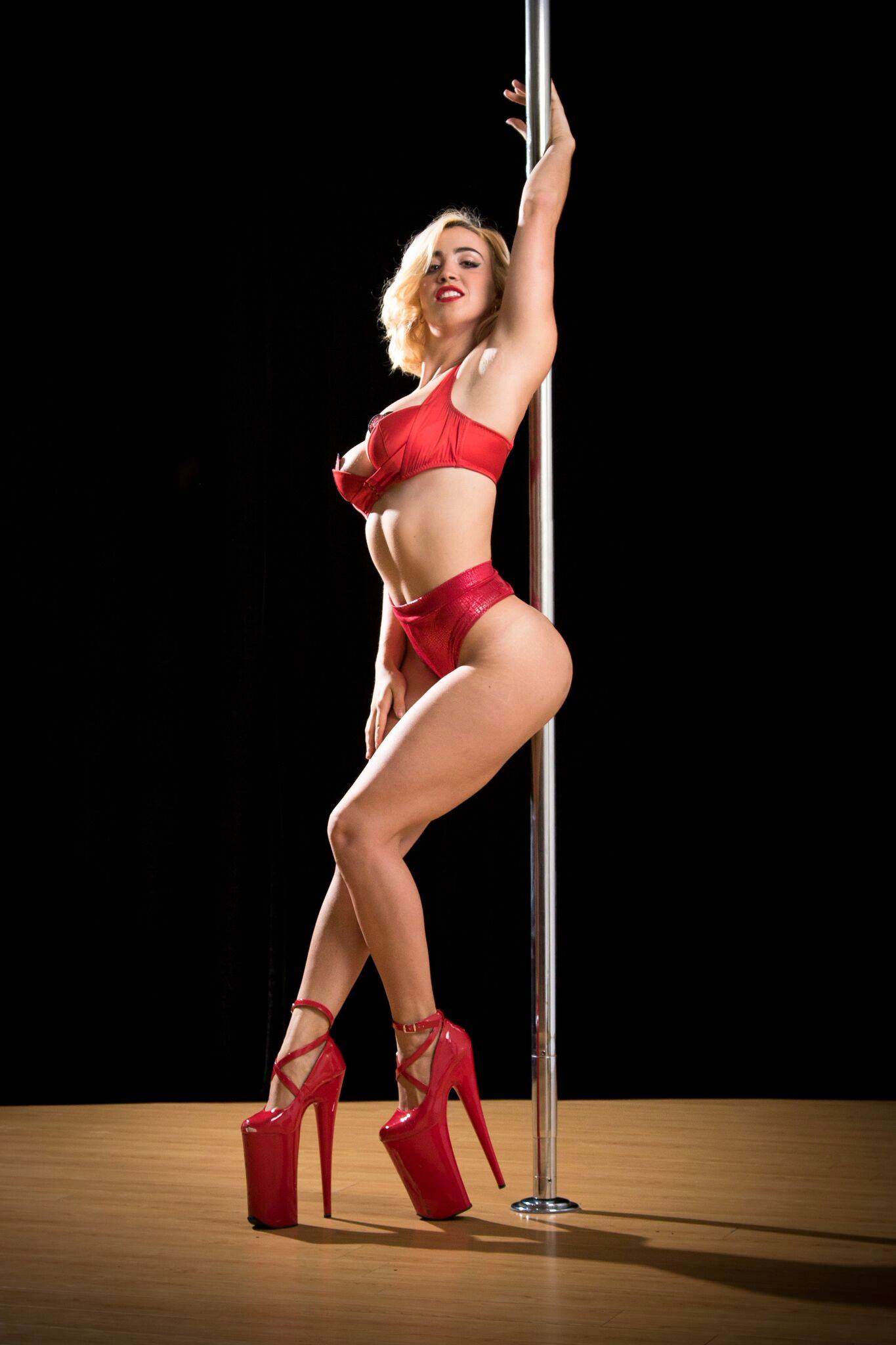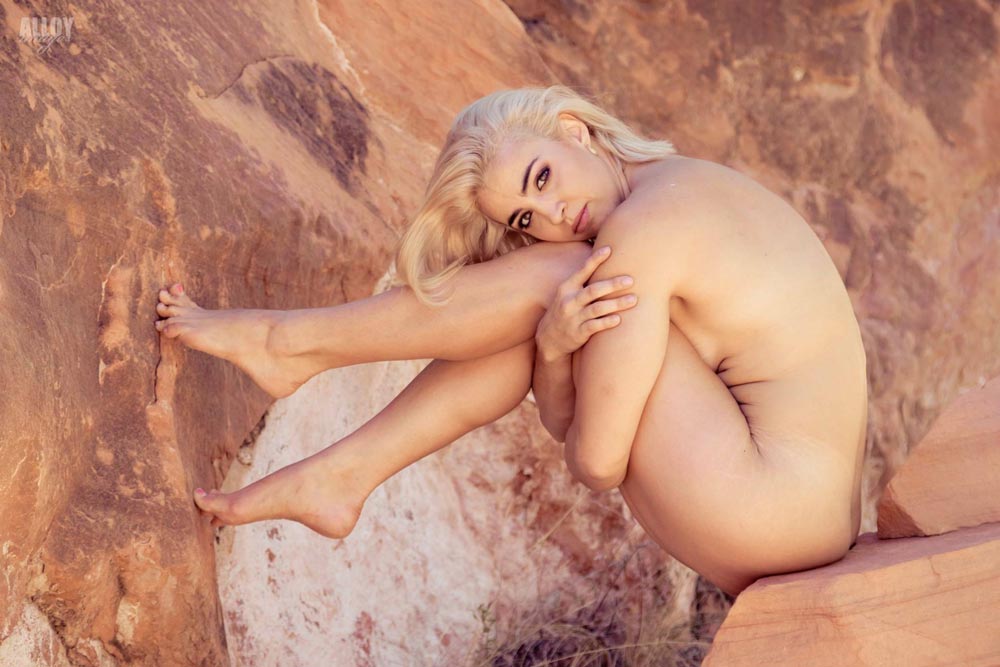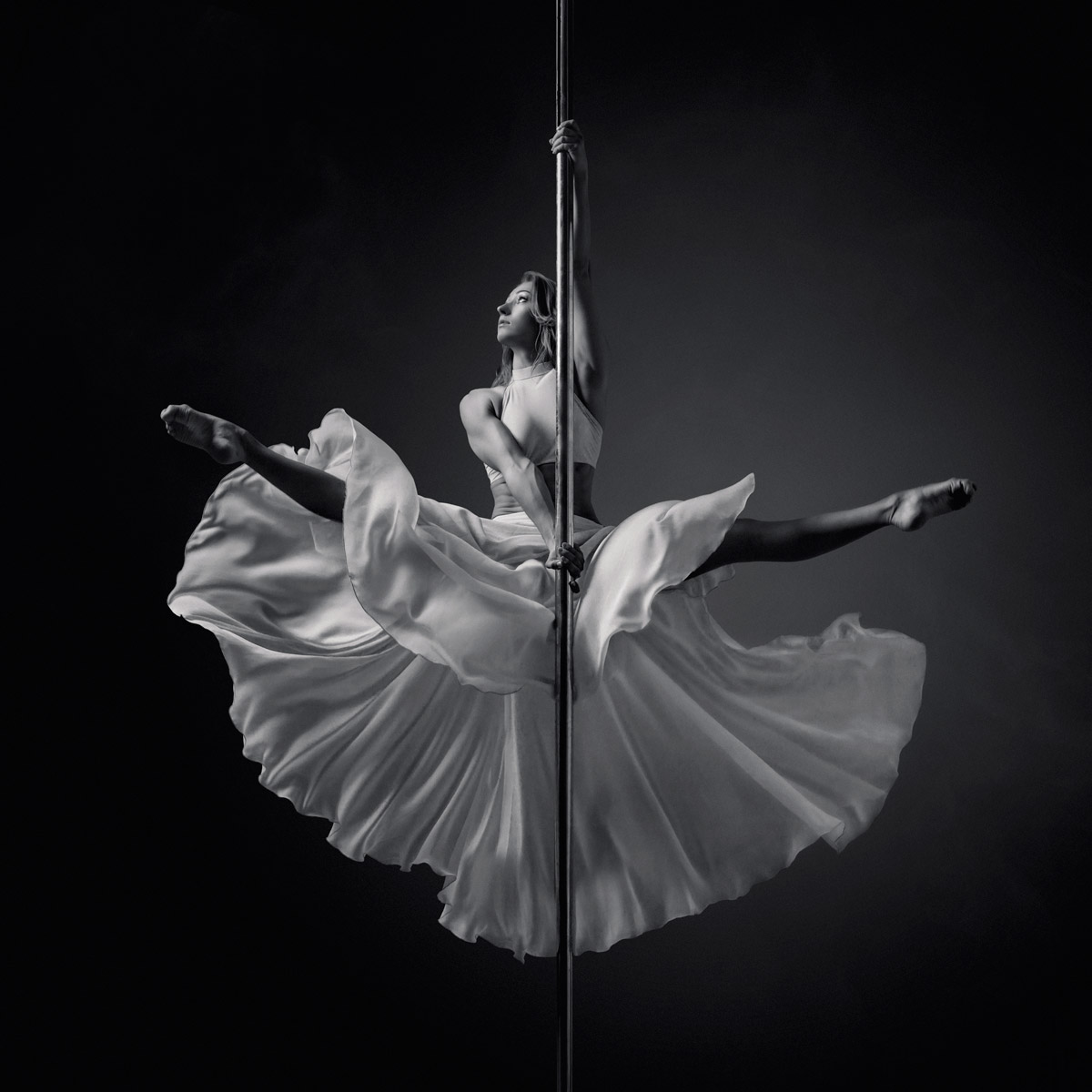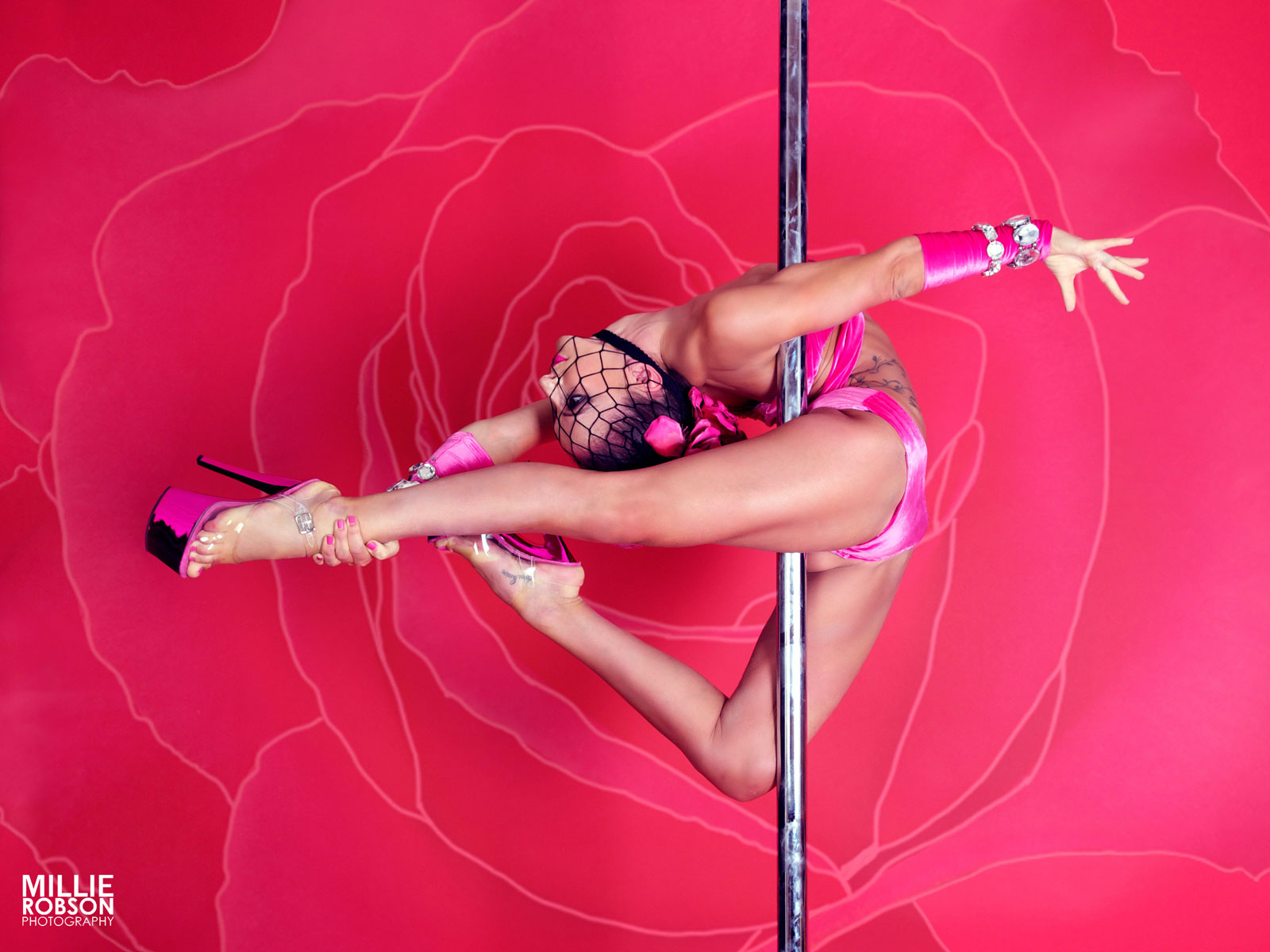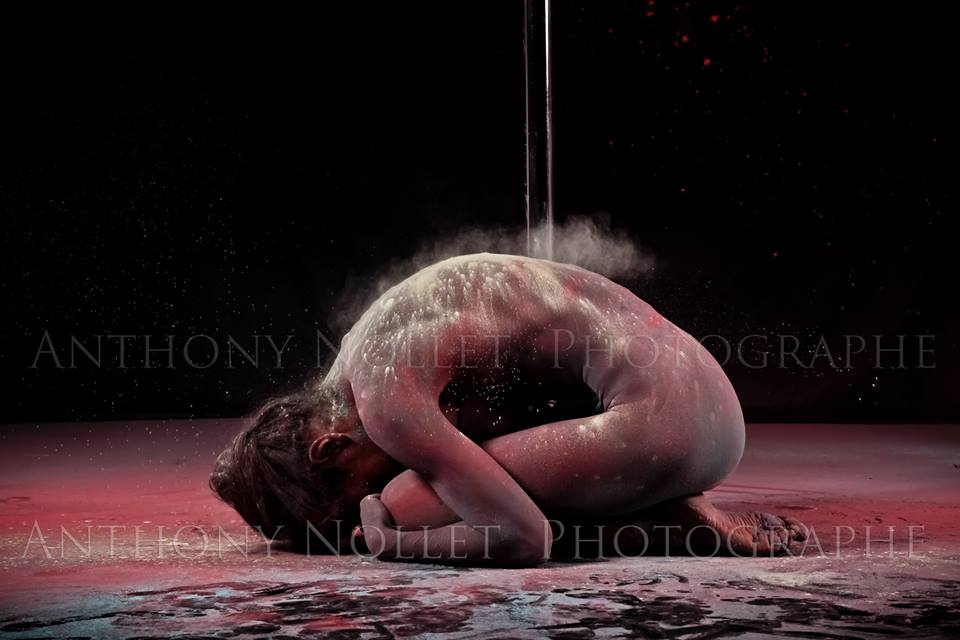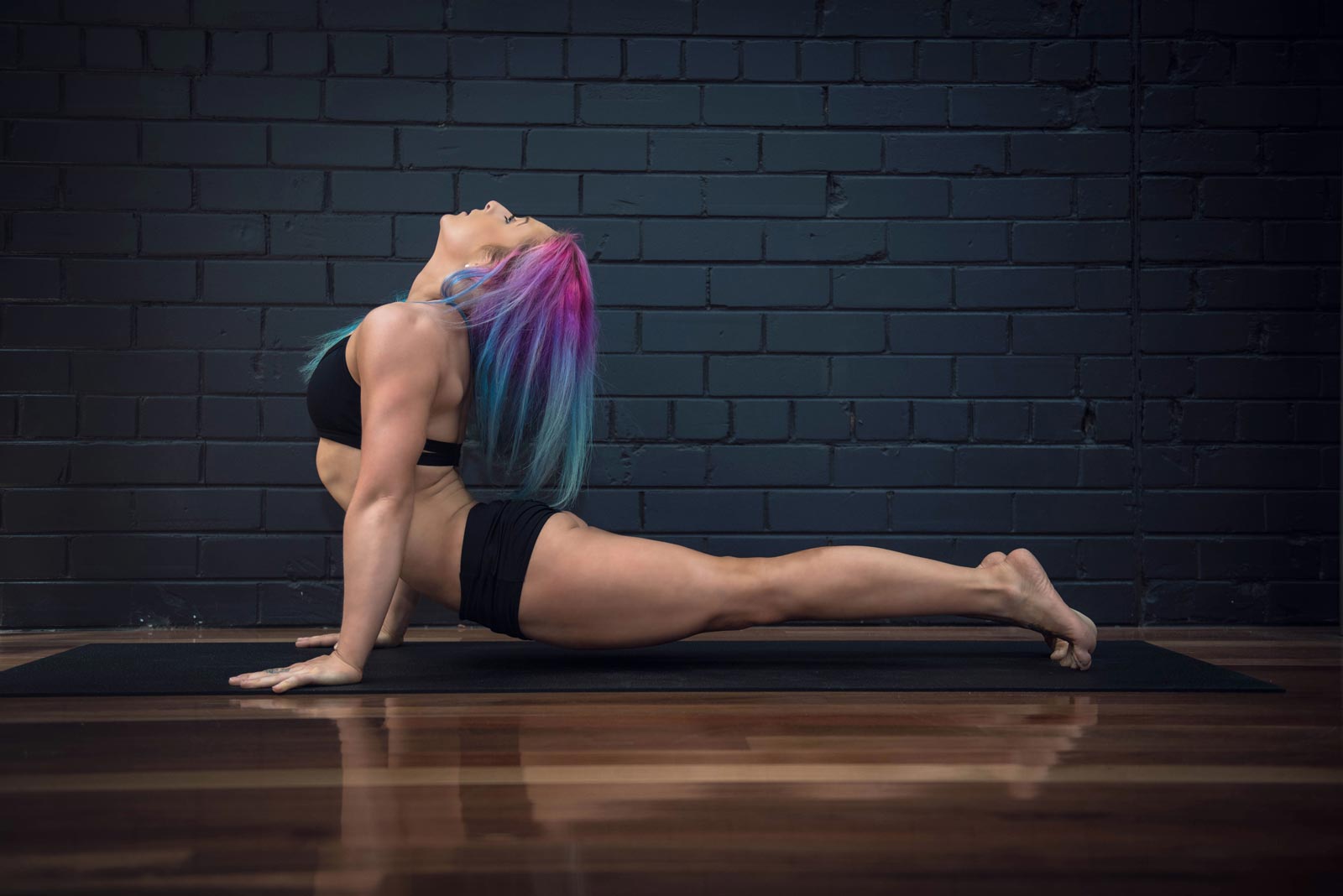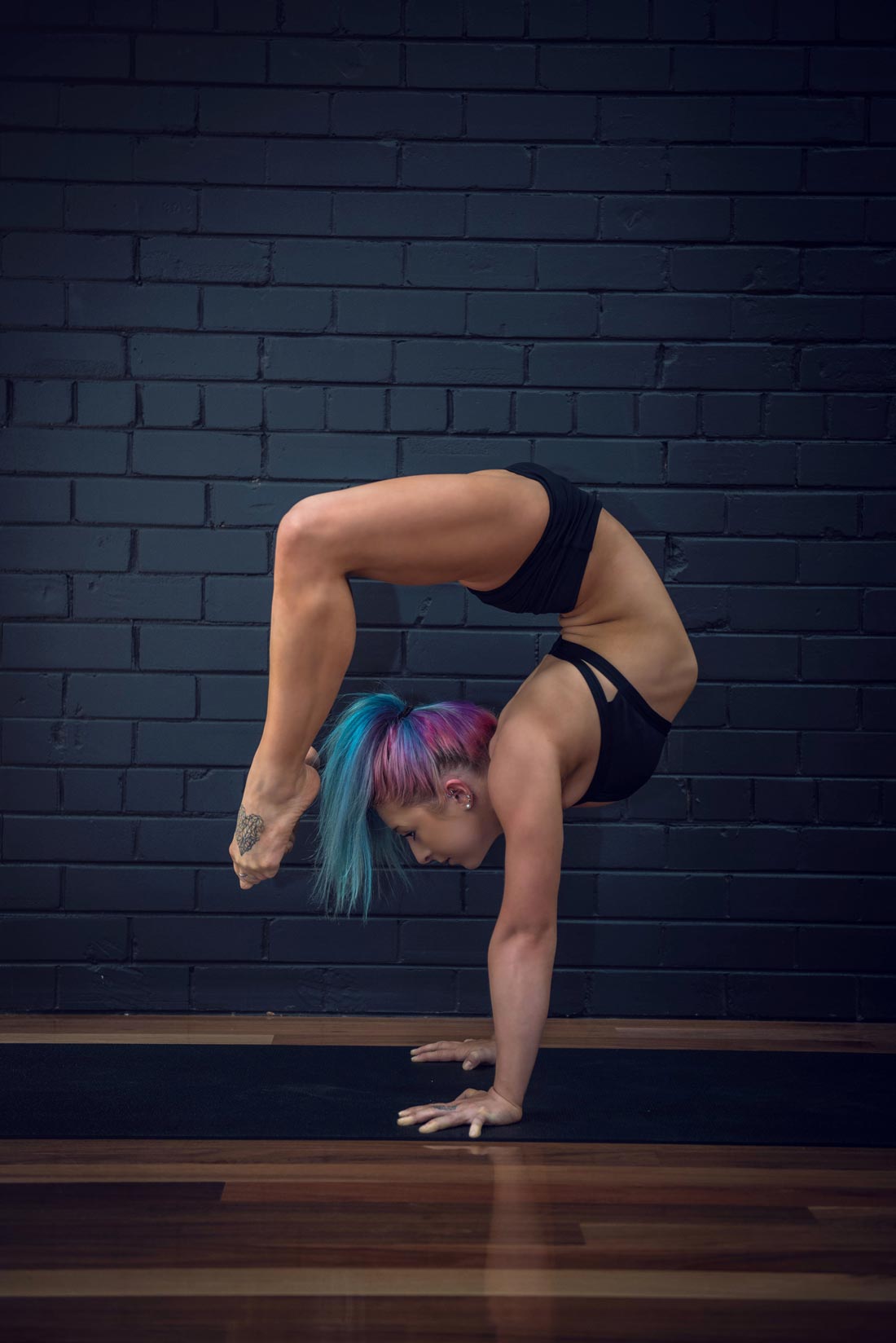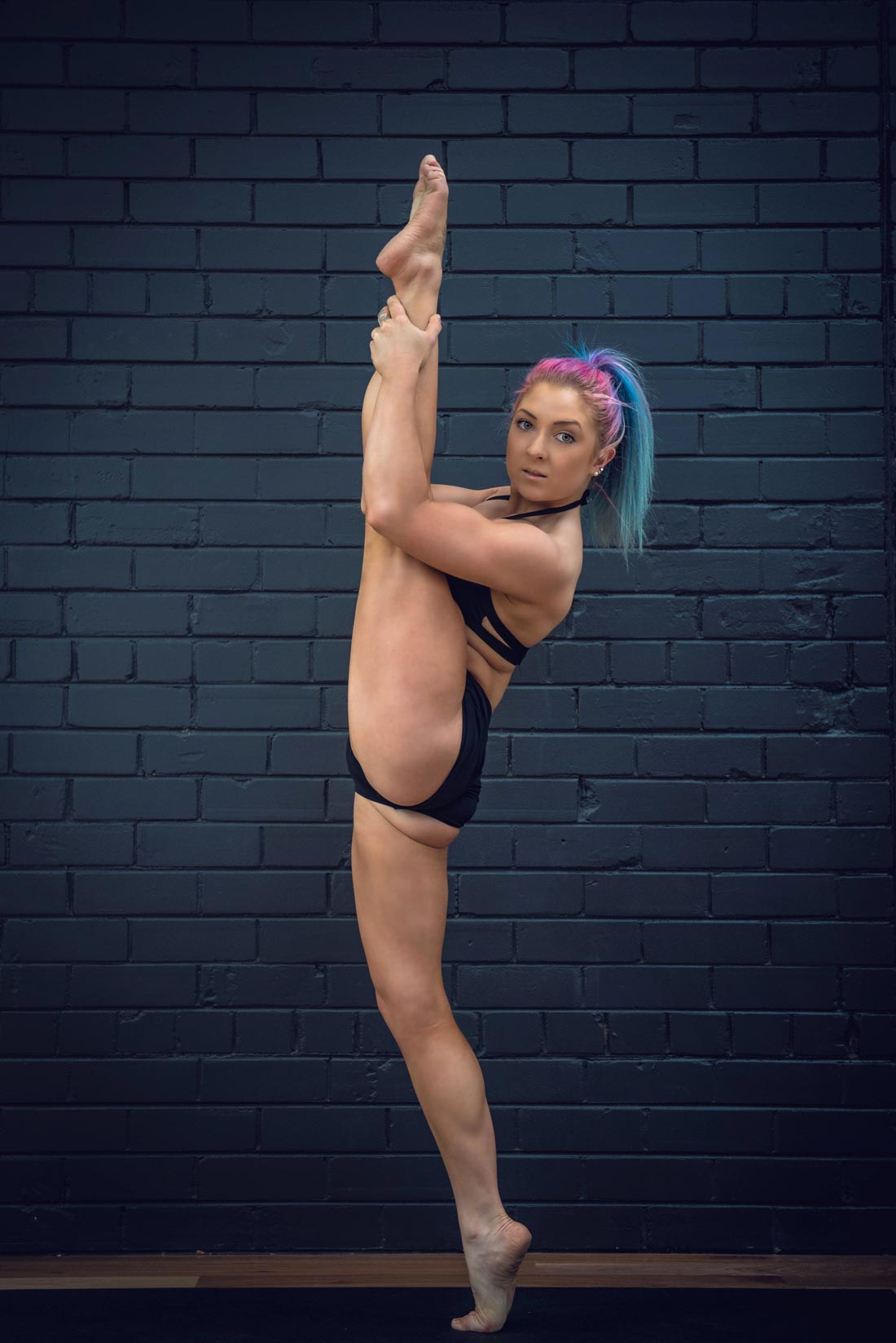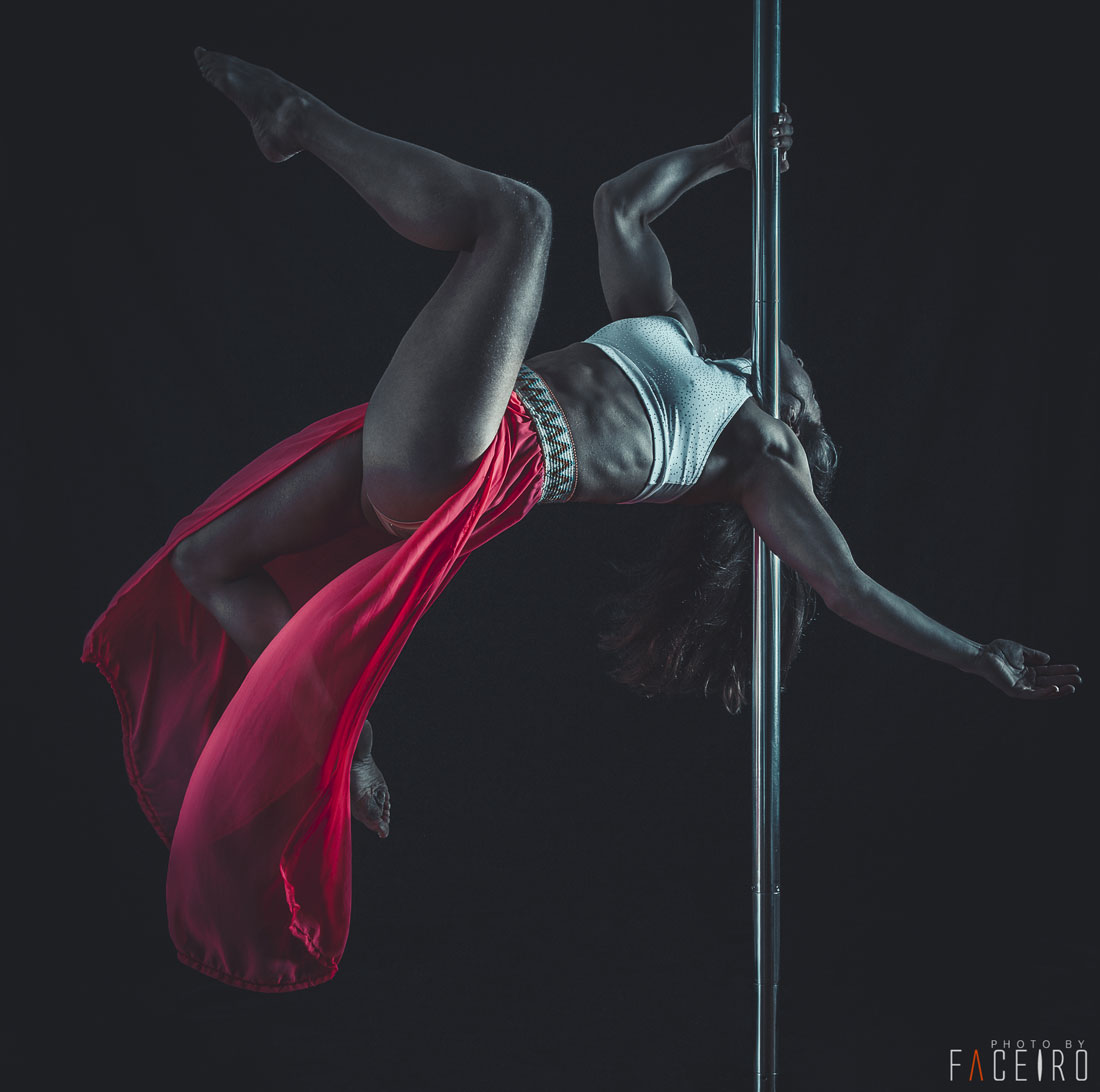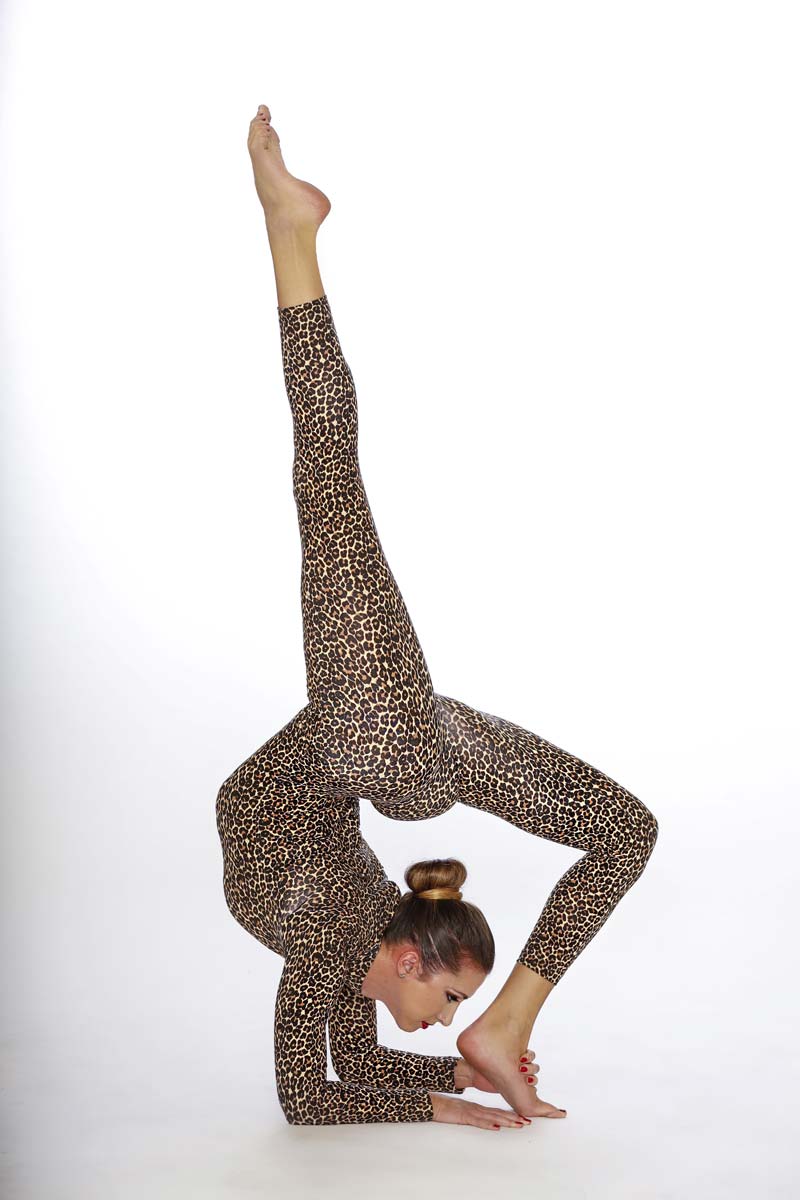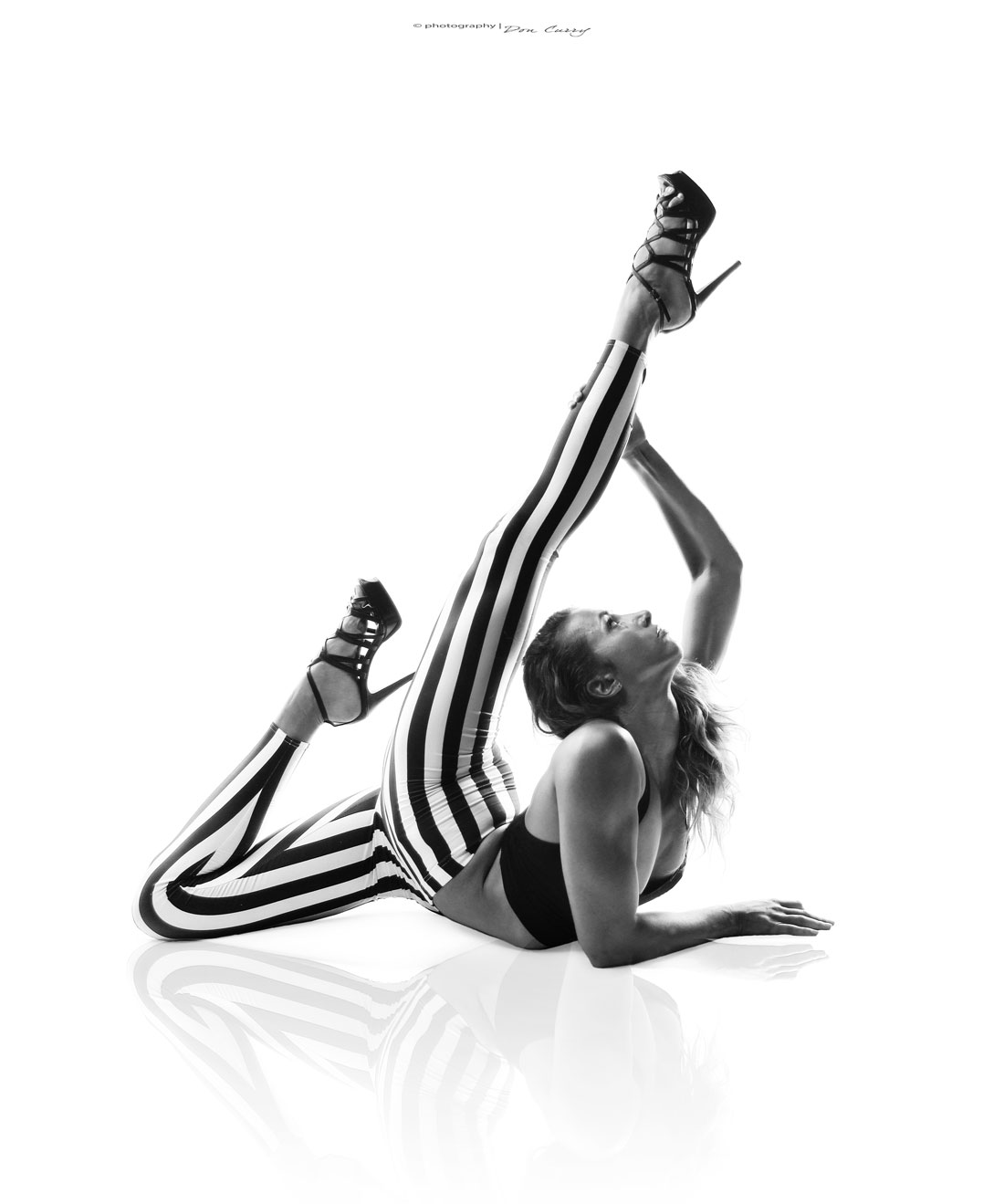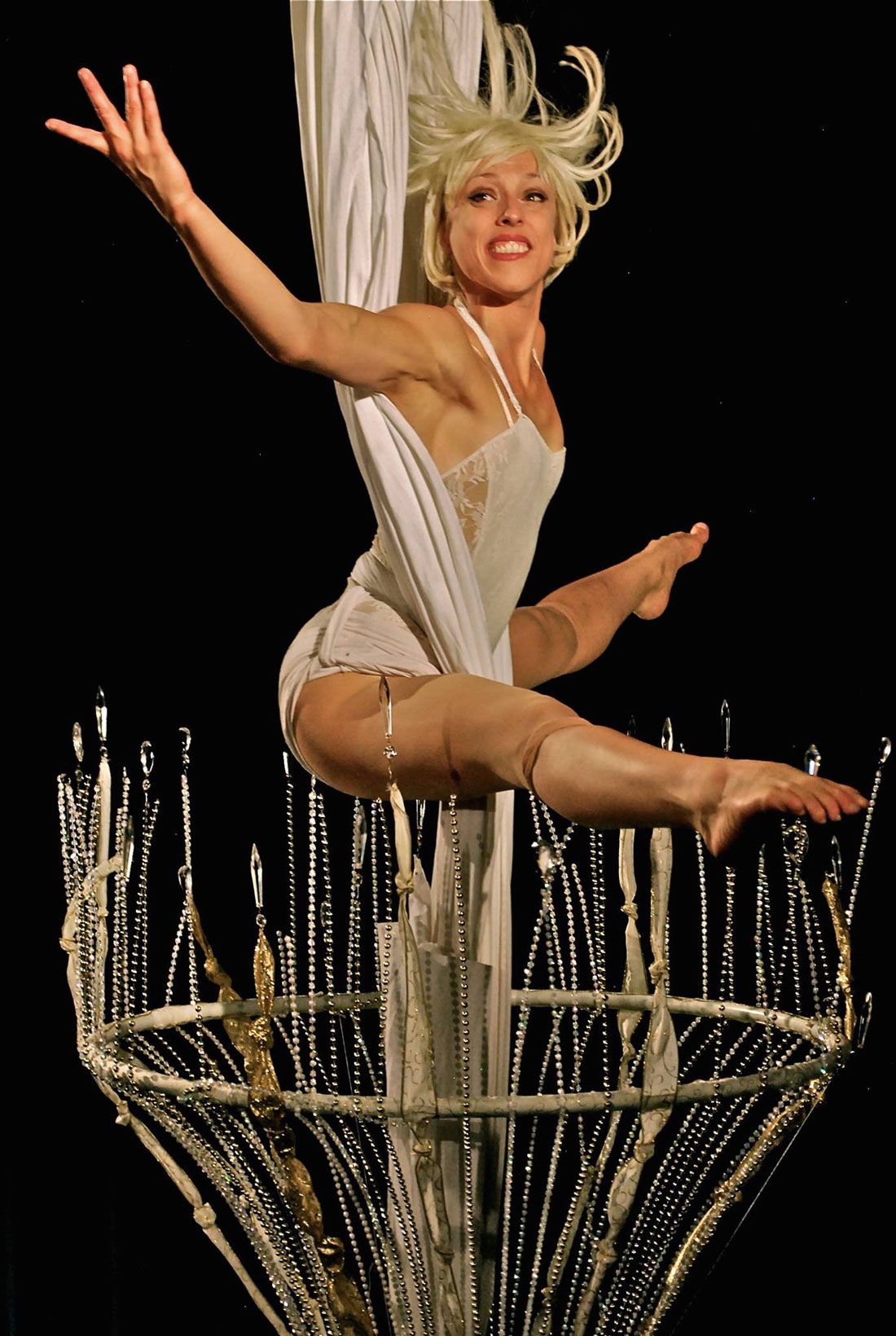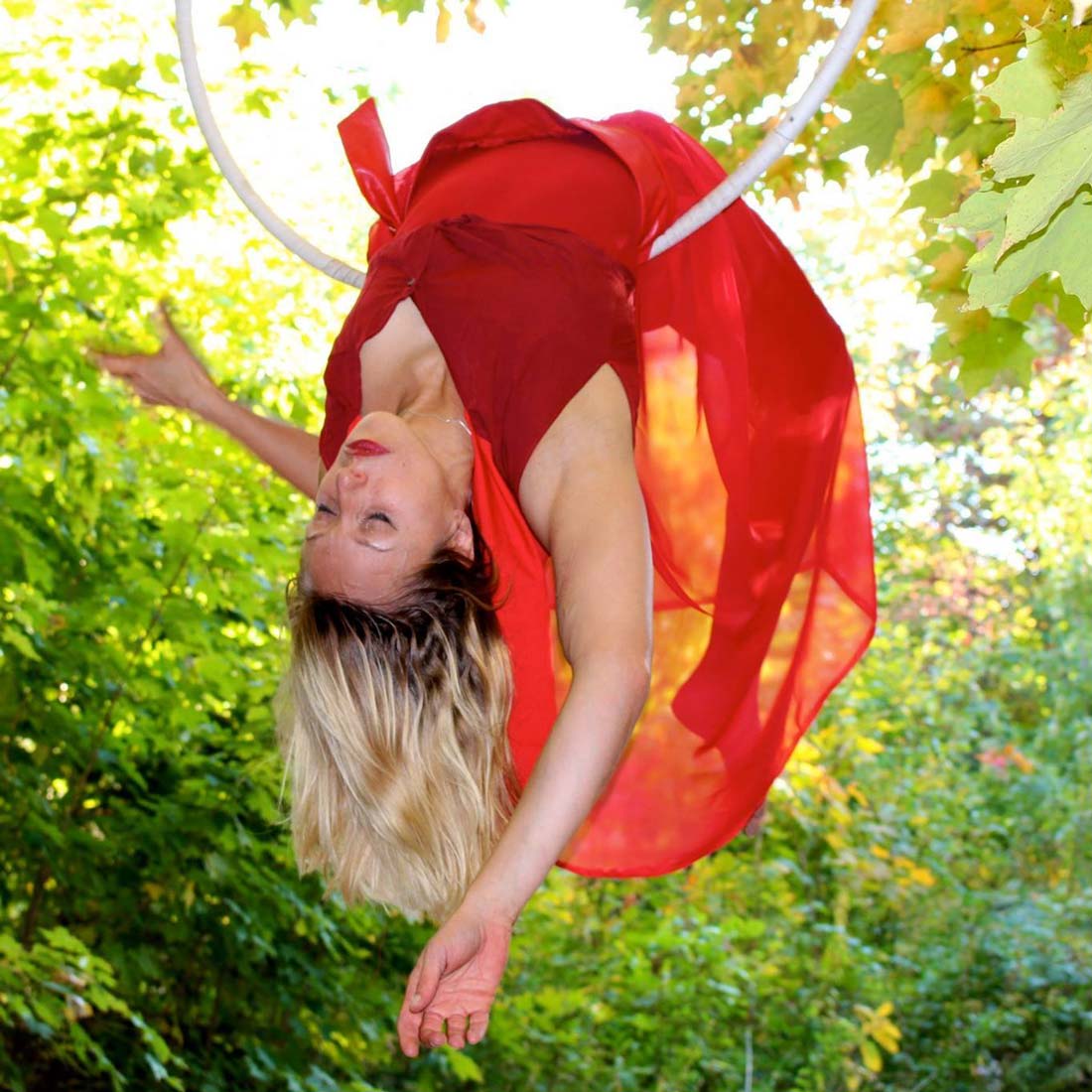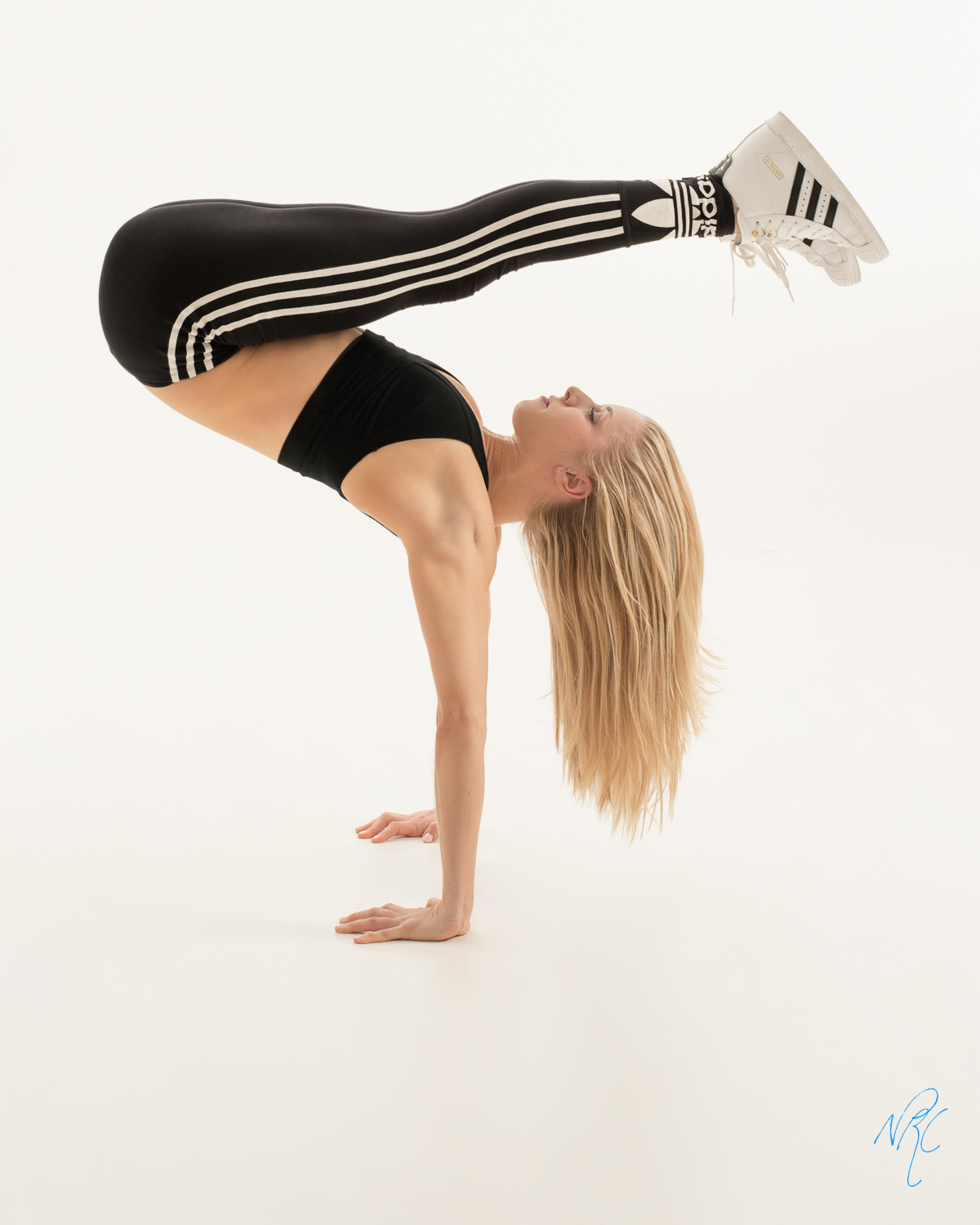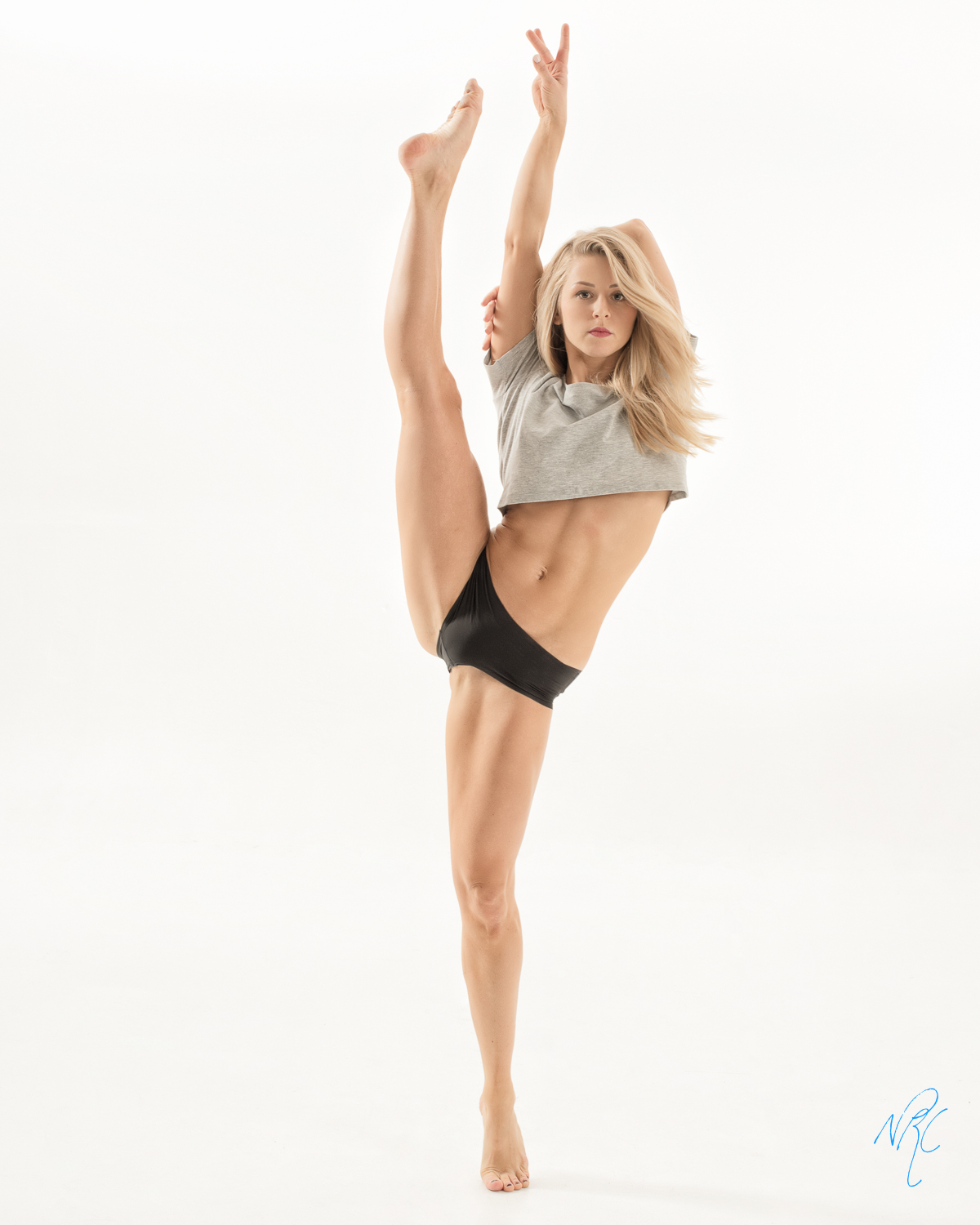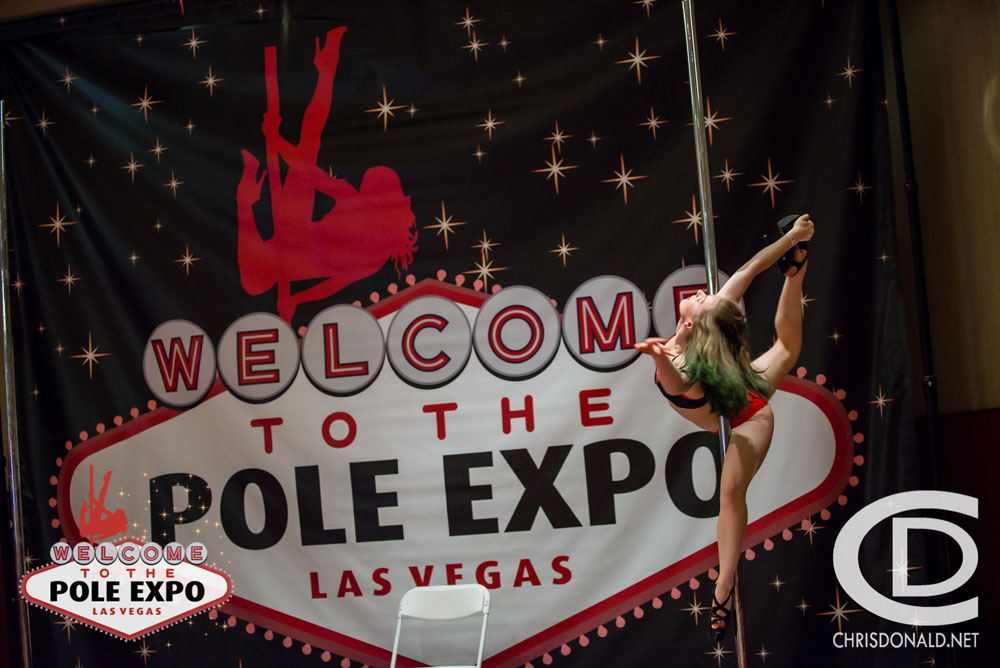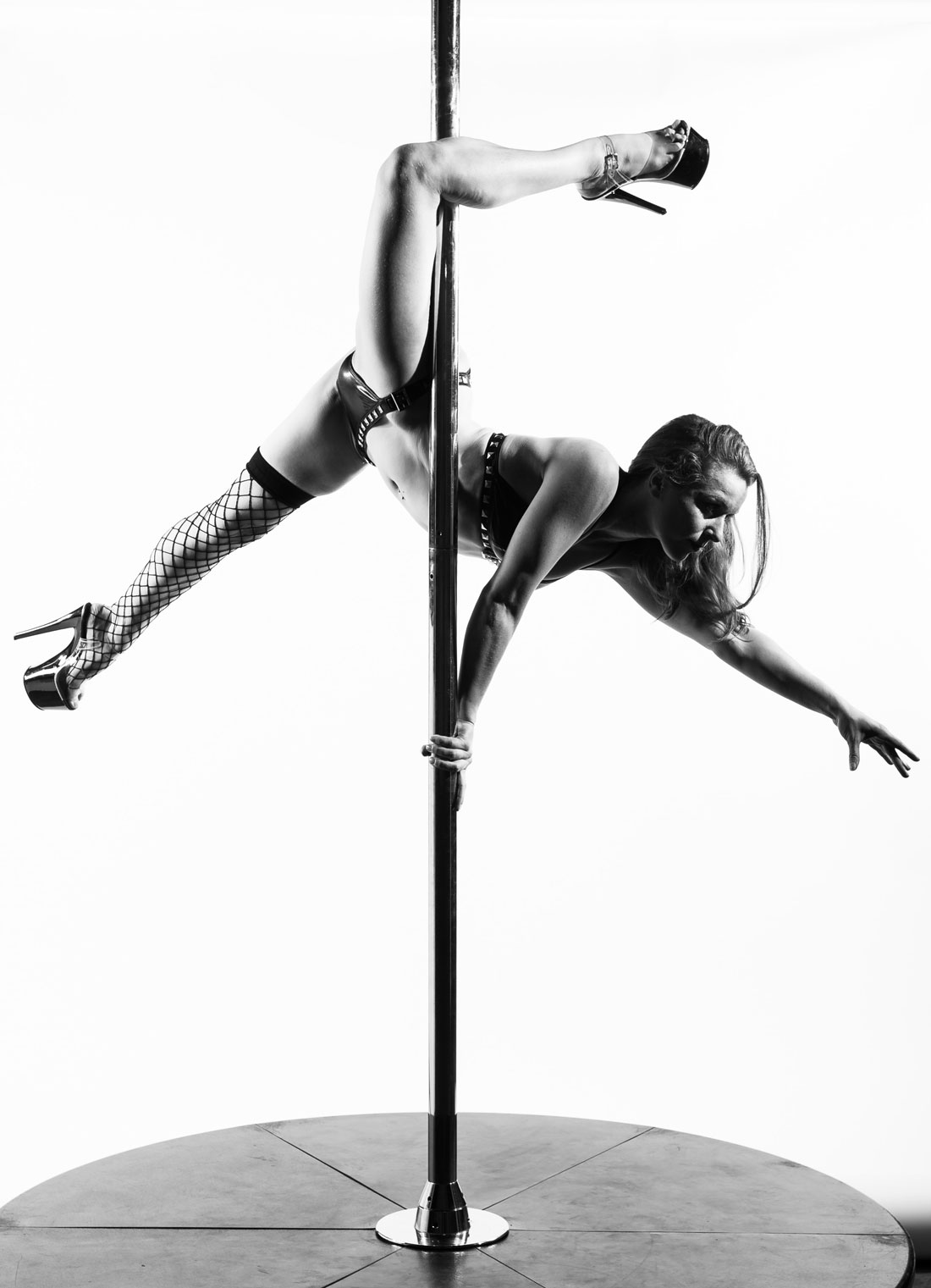“Whatever you do, do it with elegance” – so reads the motto of ballerina Helena Lehmann and she seems to follow it with every fiber of her heart and every inch of her body. At the age of four, Helena tried her first steps into the world of ballet and worked for many years as ballet dancer in Odessa National Academic Opera and Ballet Theater in Ukraine. When she moved to Germany, she discovered pole dancing. And now she is working with her artistic performance “Helena Vertical Dance” all over the world.
1. Helena how long have you been doing pole? What is your story?
I started with pole dancing five years ago and I loved it from the first moment. Even though it was not easy for me to climb up on the pole at first . Ballet dancers are flexible and have strong legs, but no power in the arms… But I had a vision: to combine pole dancing with my ballet skills and to create an artistic performance to beautiful lyrical music. Nothing could stop me from my dream! I was on “fire”, and I wanted to learn fast. That is why I decided, beside my work as a ballet dancer, to take private pole lessons at least three times a week. I also went regularly to the Gym to work on my strength. I just kept practicing, kept this vision in mind and already after four months I had my first professional performance in Germany!
2. What challenges did you have when you just started your artistic career in pole
dance?
My challenge was to be so good at what I do, that it would be accepted and seen as an artistic performance. Back then the German Variety scene was very skeptical about pole dancing. When I presented my artistic performance, I chose to call it “Vertical Dance” not “Pole Dance”. Otherwise, some producers or agencies would not even have looked at it. Now I am very happy to see that pole dancing is accepted and seen as an art in many different types of shows and events.
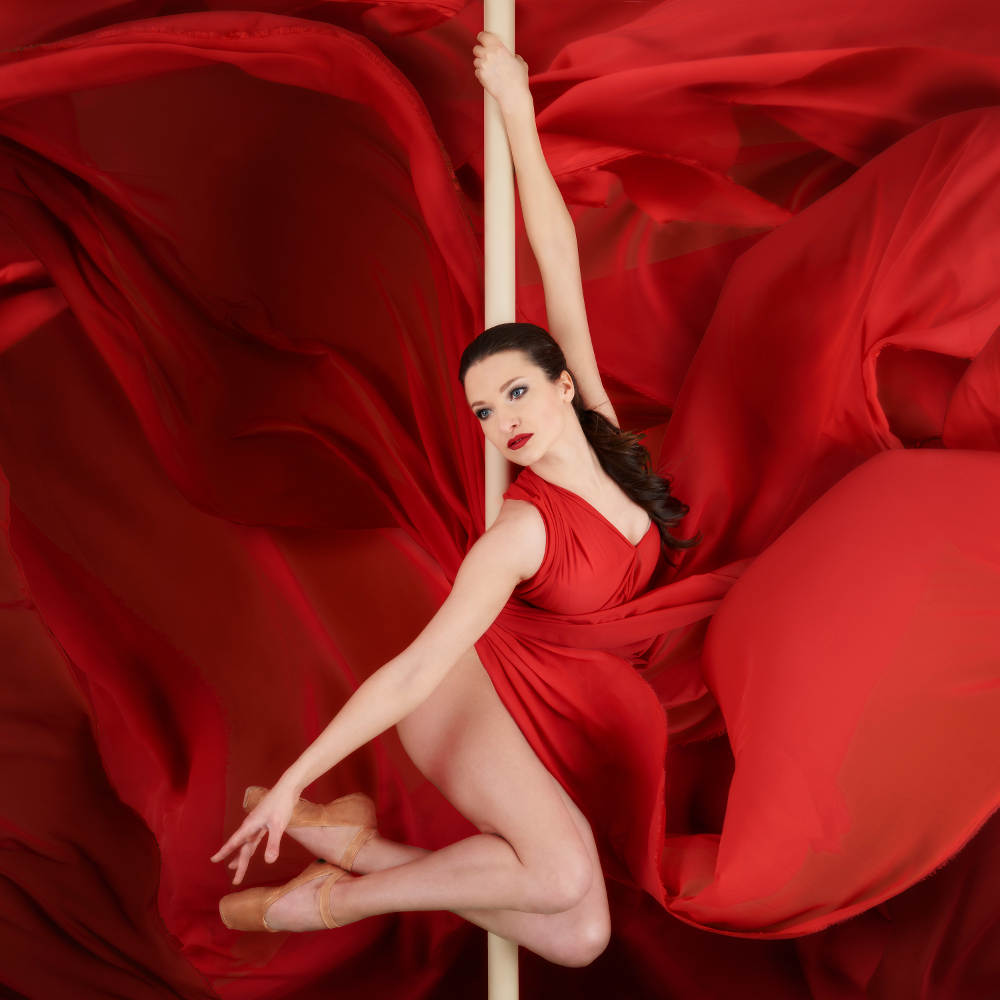
Featured photo and this photo by Gerhard Grossberger
3. How is your creative work process when you prepare your performances?
Everything starts with the music… I find a music piece which inspires me and listen to it many times while I am visualizing a choreography… I see it in pictures, kind of like drawing a sketch in my mind of a future performance. Then I create three or four combinations of different pole tricks and try them on a part of the music where they could fit. In the end I combine all these pieces with a dance choreography. I practice until it gets “smooth” and fits perfectly to the music. If I take a song with lyrics, first of all I listen to the meaning of the words, so I can transform it into a dance. I like to change songs, so I can keep my feelings “fresh”. I also work with live music quite often, the band and I we play and perform together and the result can be truly magical .
4. What do you appreciate the most in a performance and in an artist?
In a performance, what I appreciate the most is uniqueness. In an artist, beside the love and dedication to his/her art, I appreciate a true personality on stage and backstage.
5. In which countries have you performed? Do you have some funny episode to share?
I have performed in Japan, India, China, Turkey, Holland, Italy, Spain, France, Switzerland, Austria, Germany. Once I was working in Germany, where besides my artistic performance I had to act and talk on
stage. The story of the show was that all artists are acting as themselves and we show to the audience what our life is like. The show was taking place in the hotel where all artist live and work together (like in real life). My first appearance on stage was: I enter with my suitcase, like I had just arrived from the railway station and wanted to check in to the hotel. I see the hotel owner and his assistant but they are busy. I say “hello” to get the attention, they turn and as the owner of the hotel sees me, he is falling in love with me from the first moment (he was a pantomime artist and played this moment very well with). When I ask him a question, he cannot not talk, because he is so amazed by my beauty. His assistant answers my question instead, gives me the key to my room and I go off the stage.
Well, on one of the shows I come on stage, I say “hello” and at this moment when the owner turns to me a big fly lands on my nose, so instead of falling in love with me he starts to laugh, points a finger at my nose and says “there is a fly”… I was not prepared for such a reaction and we all three started to laugh on stage… The difficult thing was that I still had to continue the conversation with his assistant, but all three of us could hardly talk through the tears from laughing… I do not really remember how I handled it until the end of this scene, but I remember I just wanted to go off the stage, because I was so embarrassed…
6. What is your favorite pole movement and which trick was the most difficult for
you?
Ballerina is my favorite, it is just so perfectly beautiful. The Flag was the most difficult trick for me! It took me long time to get it right!
7. What bands, singers or composers do you like for your pole dance training and
performances? Is it easy for you to find the right music?
For performance I take for example Ludovico Einaudi, Adele, London Grammar, Lana del Rey. For practice I like to listen Trip Hop, Chillstep, lofi Hip Hop, Bonobo, Ta-ku and many others .
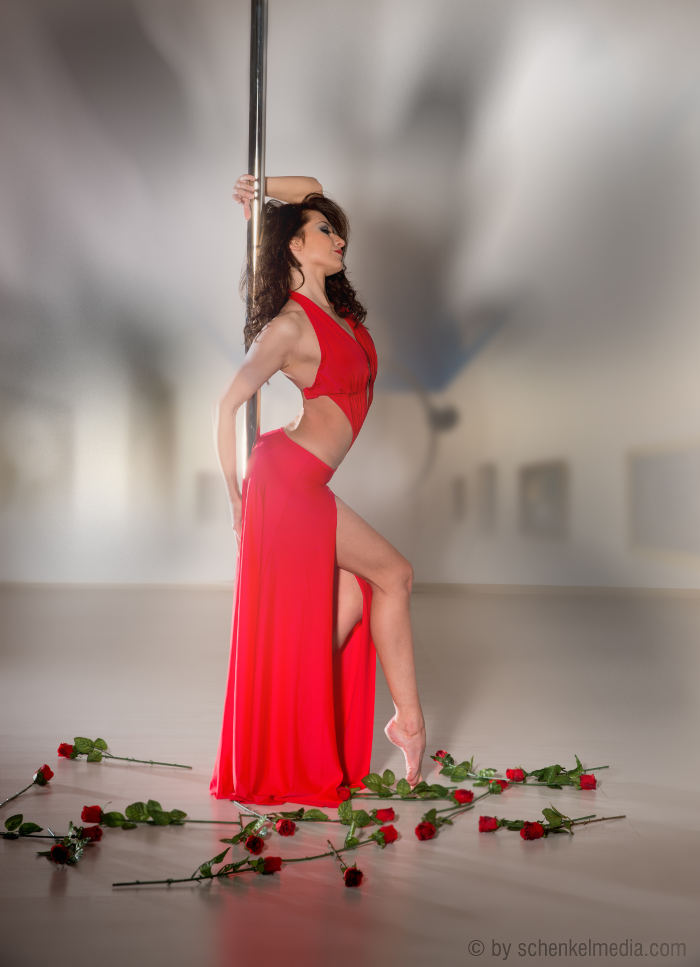
Photo by Sifu Hans Schenkel
8. Who are your pole inspirations?
Anastasia Skukhtorova, very elegant and graceful.
9. Which pole do you like to use and why?
I use X-Stage Lite 45mm Chrome or sometimes Silicone Black. It is comfortable and easy to transport by car, easy to install and put on and off the stage.
10. What is your favorite pole store?
Normally I order online by www.poleshop.de or www.polesportshop.de
11. What tips can you give for those who are on the way to become professional pole
dancers?
First of all you have to take good care of your body. Your body is like a house where your soul lives. You can practice a lot and intensively, but do not forget to take a good rest after. I do practice a lot and I do different kinds of practice, not only pole tricks. Sometimes I do stretching and ballet lessons, on other days I go to the gym or do exercises for my strength. Or I practice pole with a stretching session afterwards. It is always different, depending on how I feel and if I have a show in the evening or just free time. We are all different. It is important that you listen to your body and to it needs, otherwise sooner or later you will get a burn out. You have to take at least one day in a week off and do something nice and relaxing for you. It can be a massage, a spa day or just a lazy, cozy day in bed. Eat a good organic food, a lot of vegetables and fruits, you will have more energy and feel better. I do not speak about diet, no! I speak about your lifestyle, about your well being. It must feel good to you!
Also there might come a moment, where you feel that there is no progress and you will get into a little depression. Well, that is okay, it happened to me too. Try to understand where it comes from. Maybe you practice to hard? Then take a little rest today. Or maybe you criticize yourself to much? Go easy on yourself and stop comparing yourself to others! We are all different and have a different learning curve. Acknowledge all your little successes and write them down. Say to your self “well done” for all that you have already reached! Maybe your practice becomes a routine and you just have to change something… do something new, different. Maybe learn a new style of dance, or change your training space, music or practice outfit? You just have to know, that this feeling will go away and very soon you will feel better and that it is all okay. Stay focused, be brave and have fun with it! Find your uniqueness!
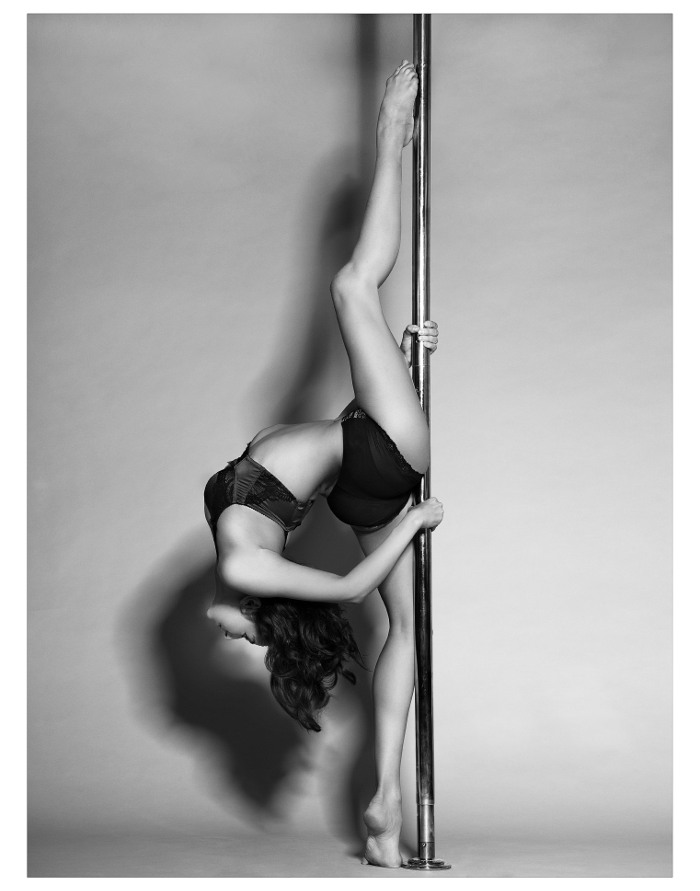
Photo by Lutske Veenstra
12. Where one can book you for a show or visit your classes and workshops?
For the next five month I will be performing everyday ( Mondays off) in Hansa Theater in Hamburg. You are welcome to see my show or contact me for booking.
Thank you very much Helena!
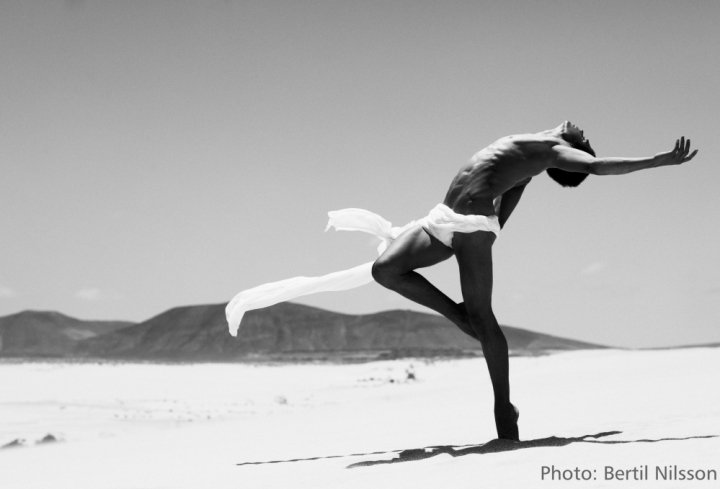
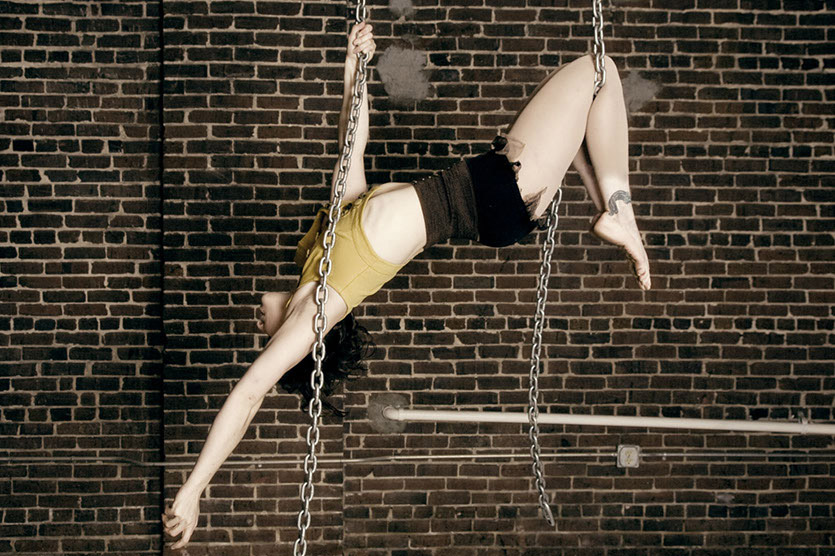
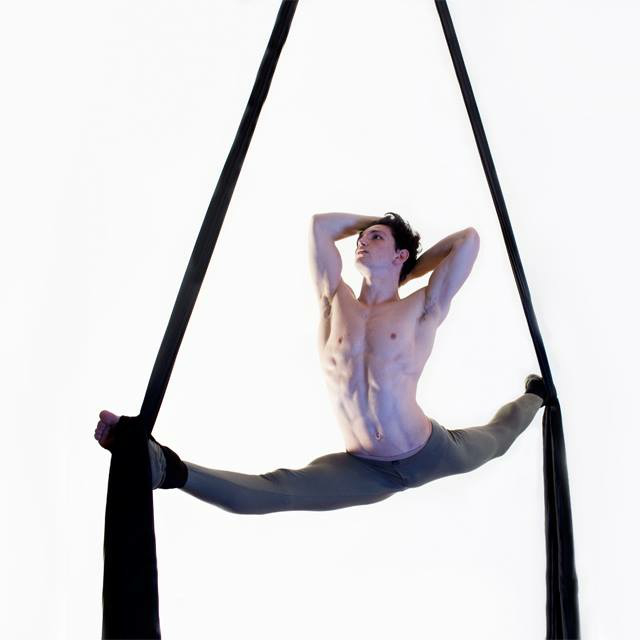
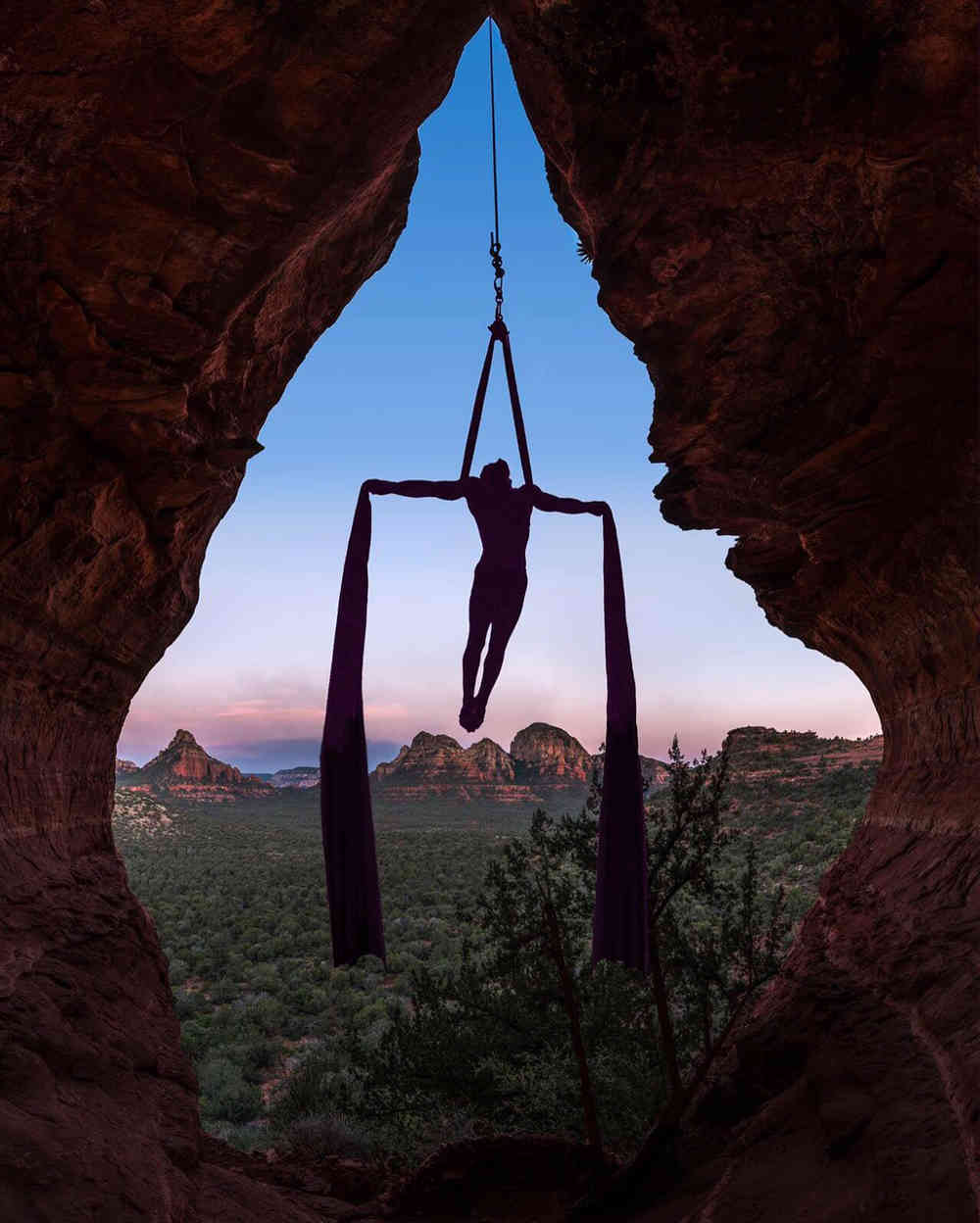
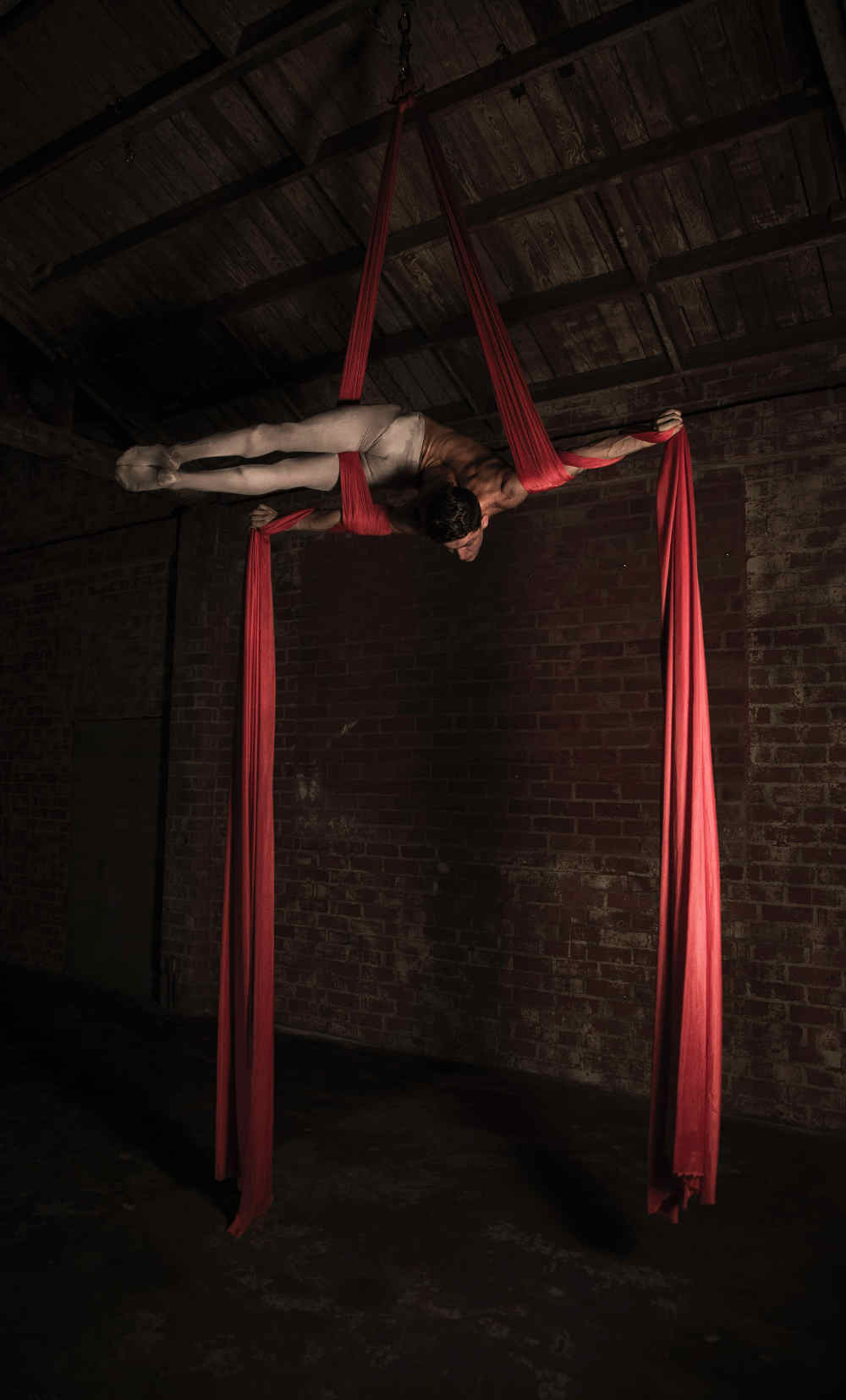
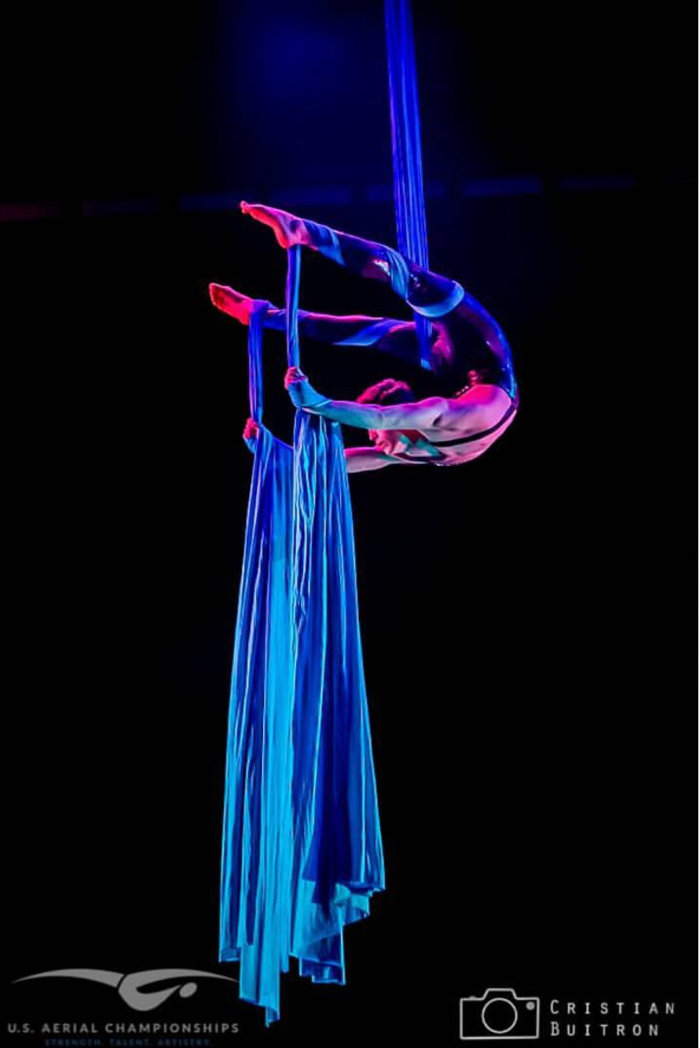
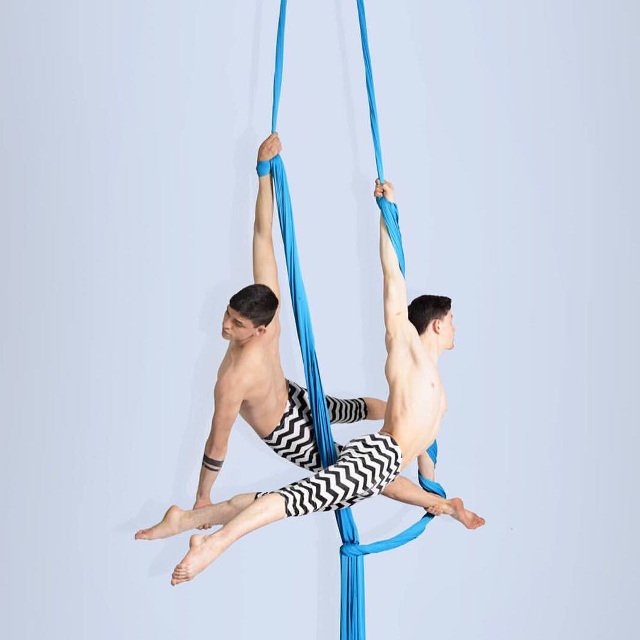
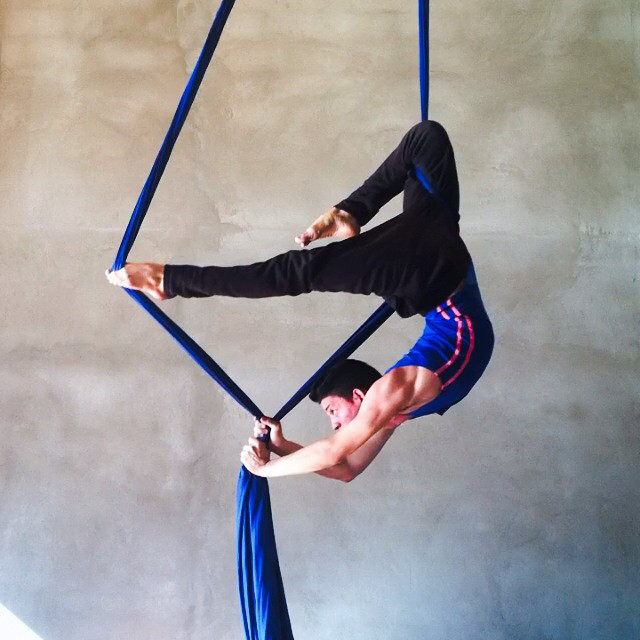
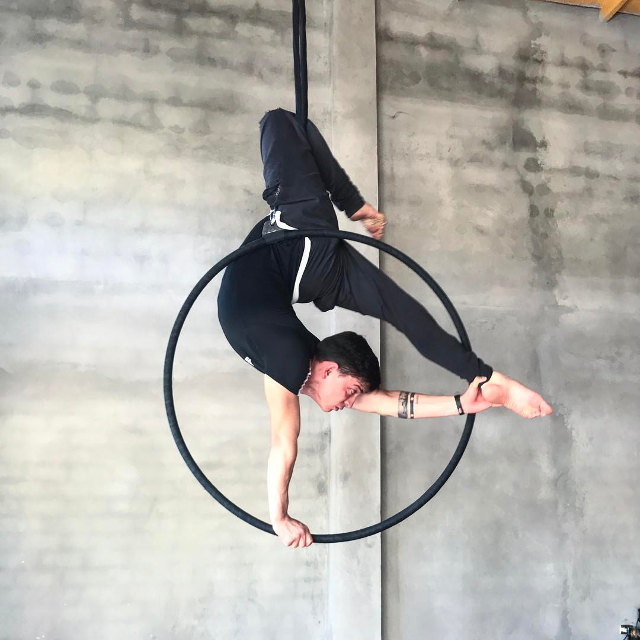
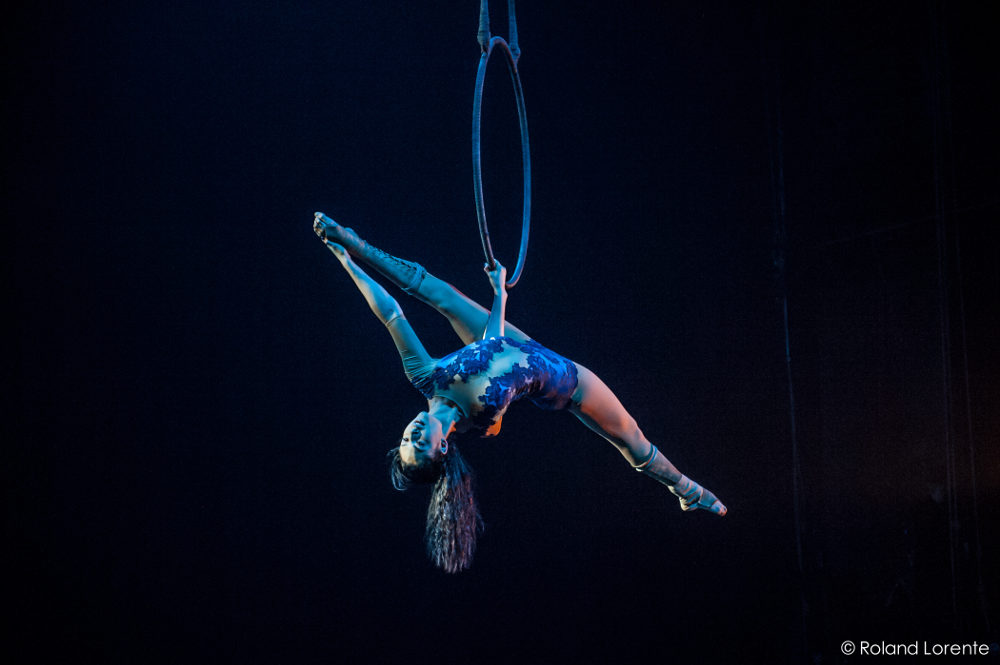
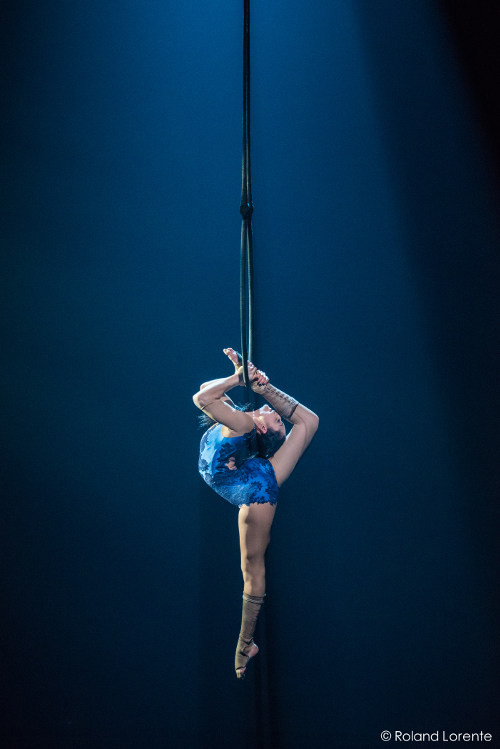
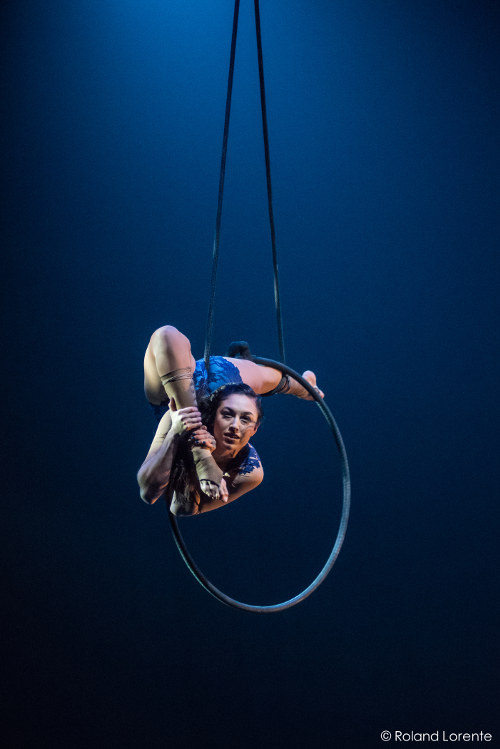
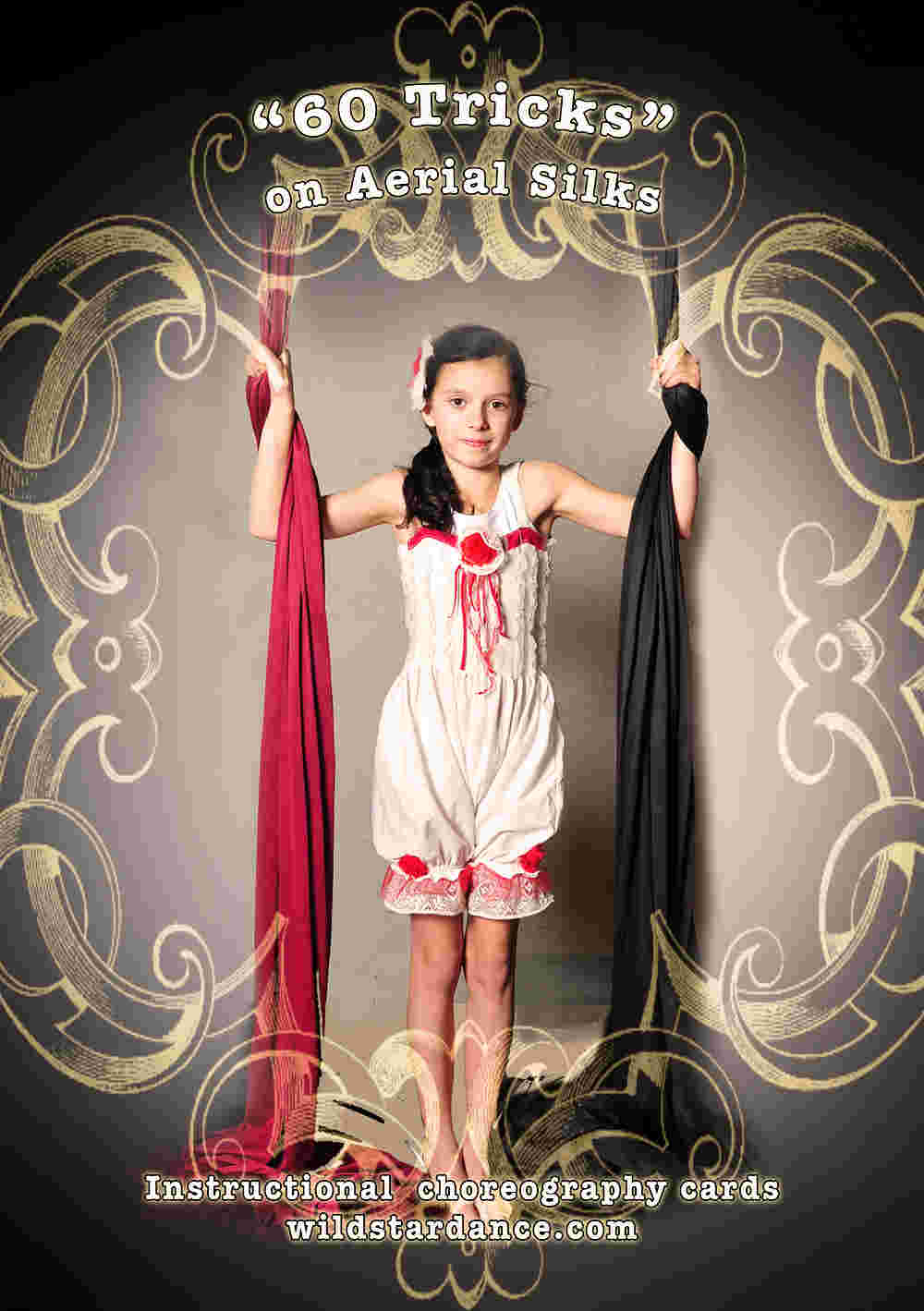
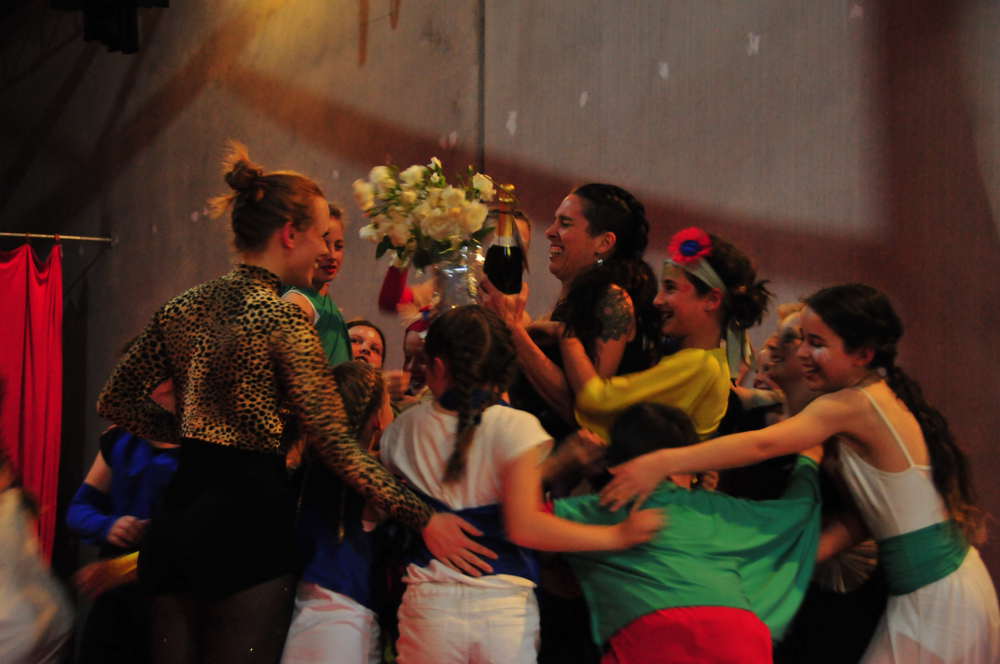
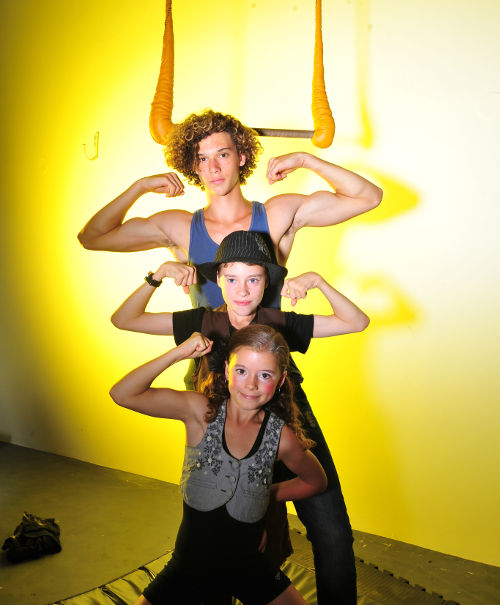
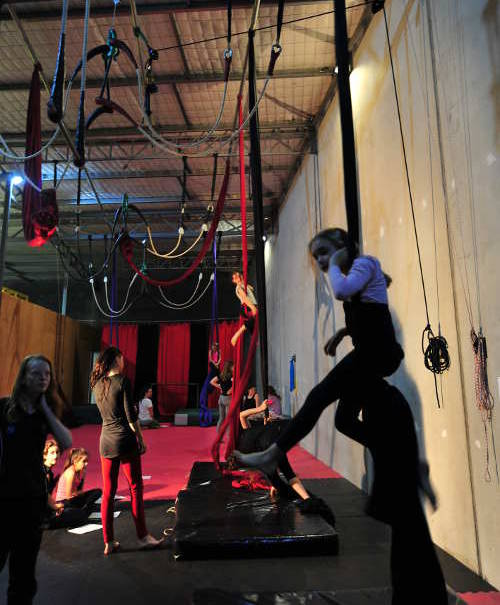
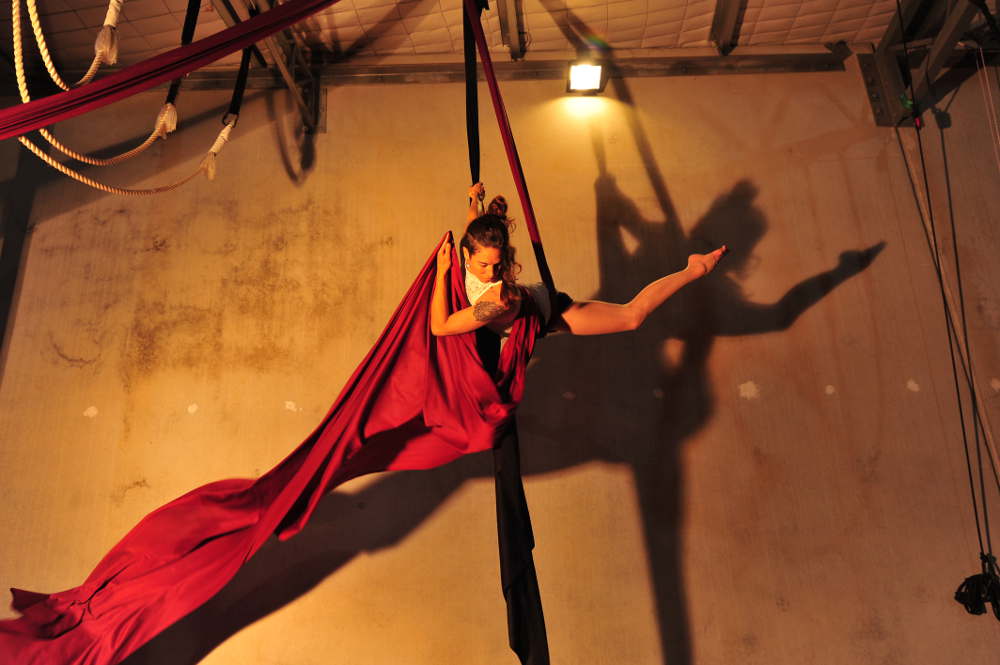
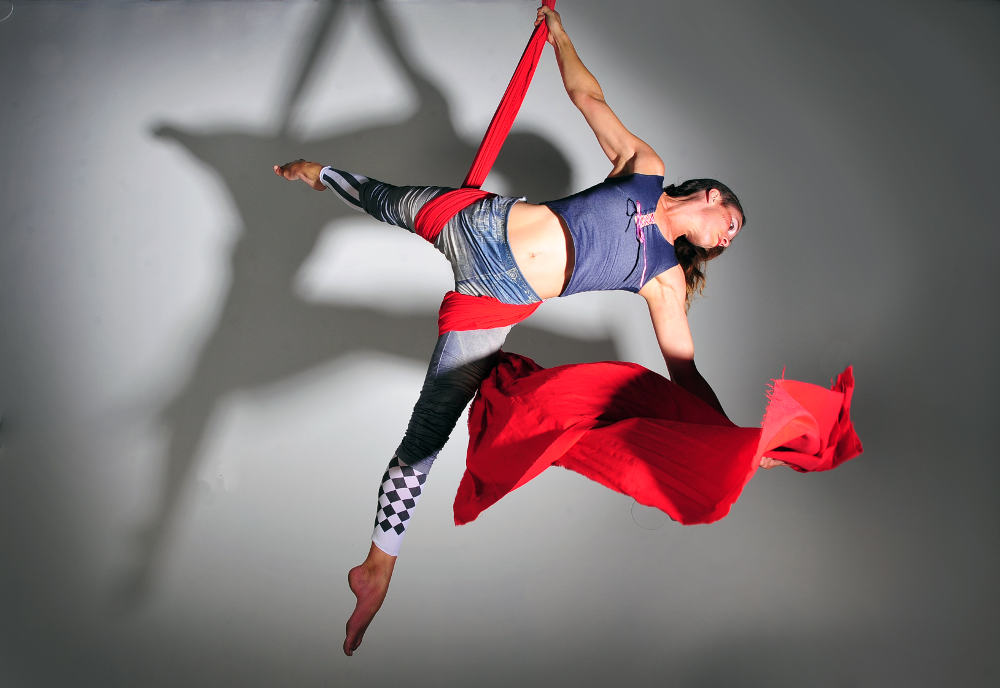
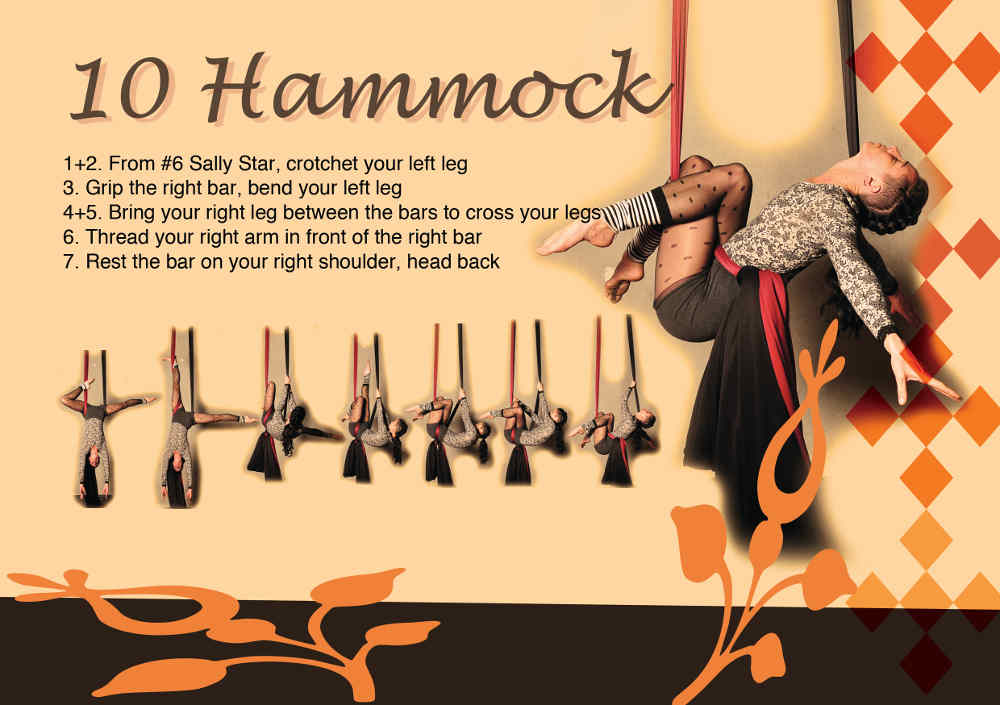
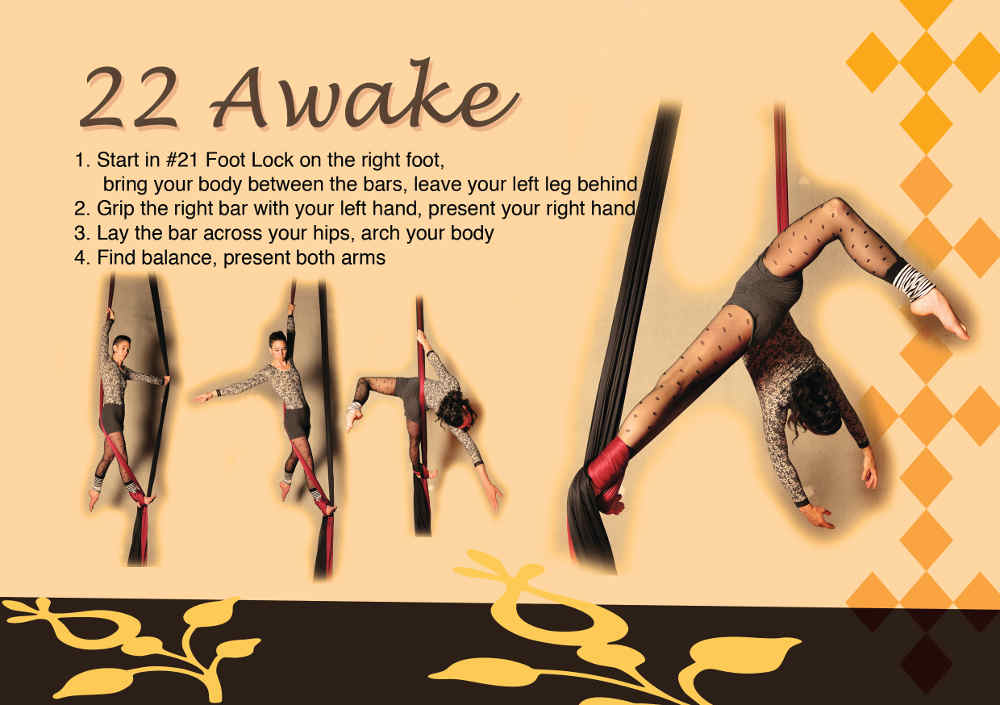
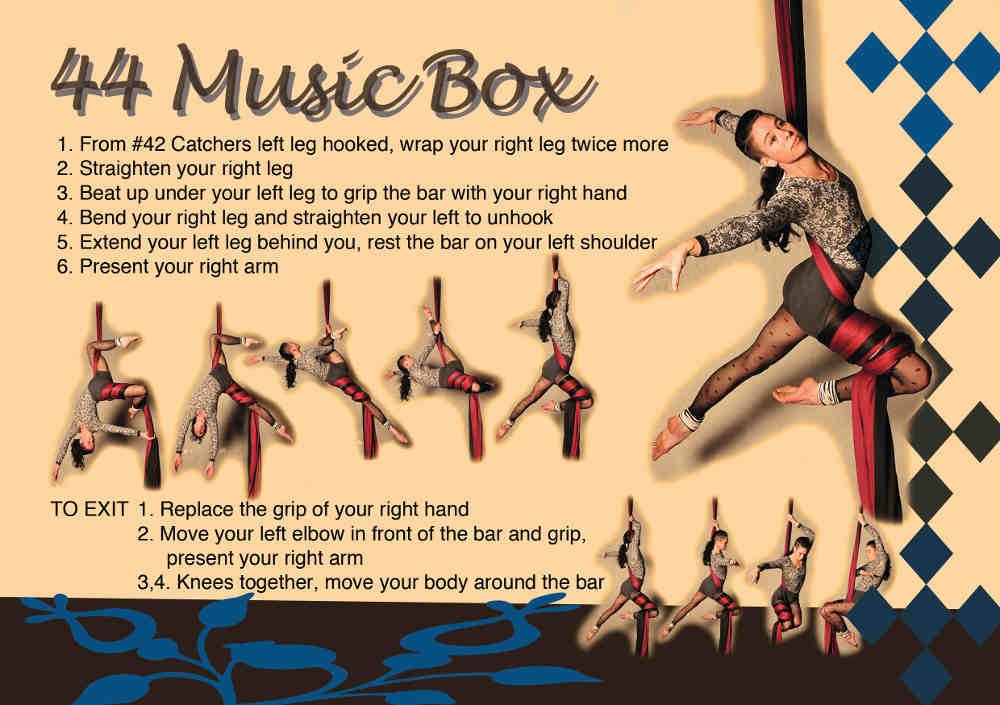
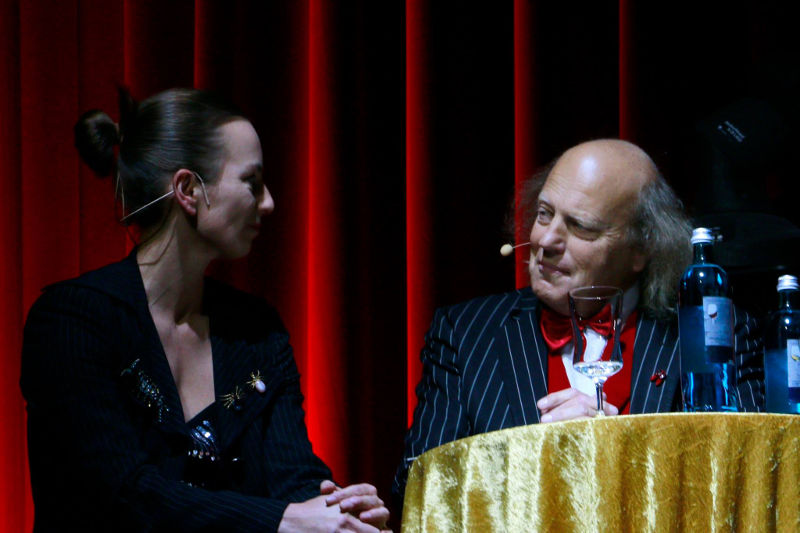
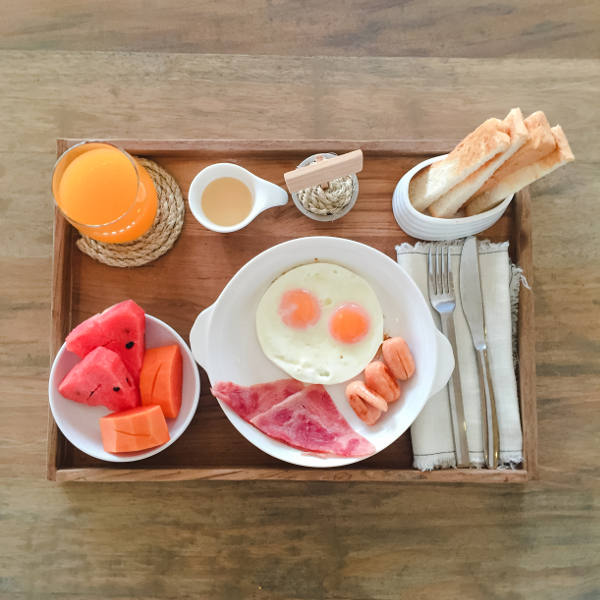

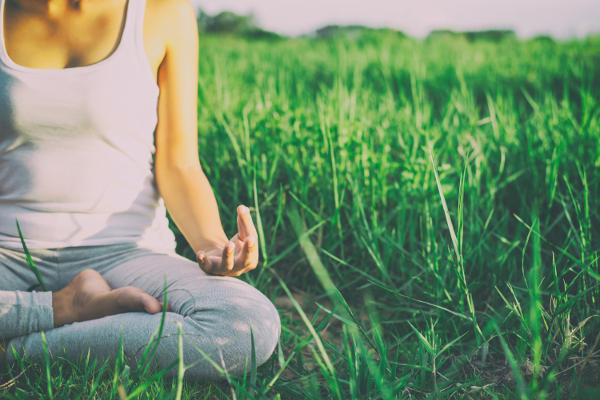



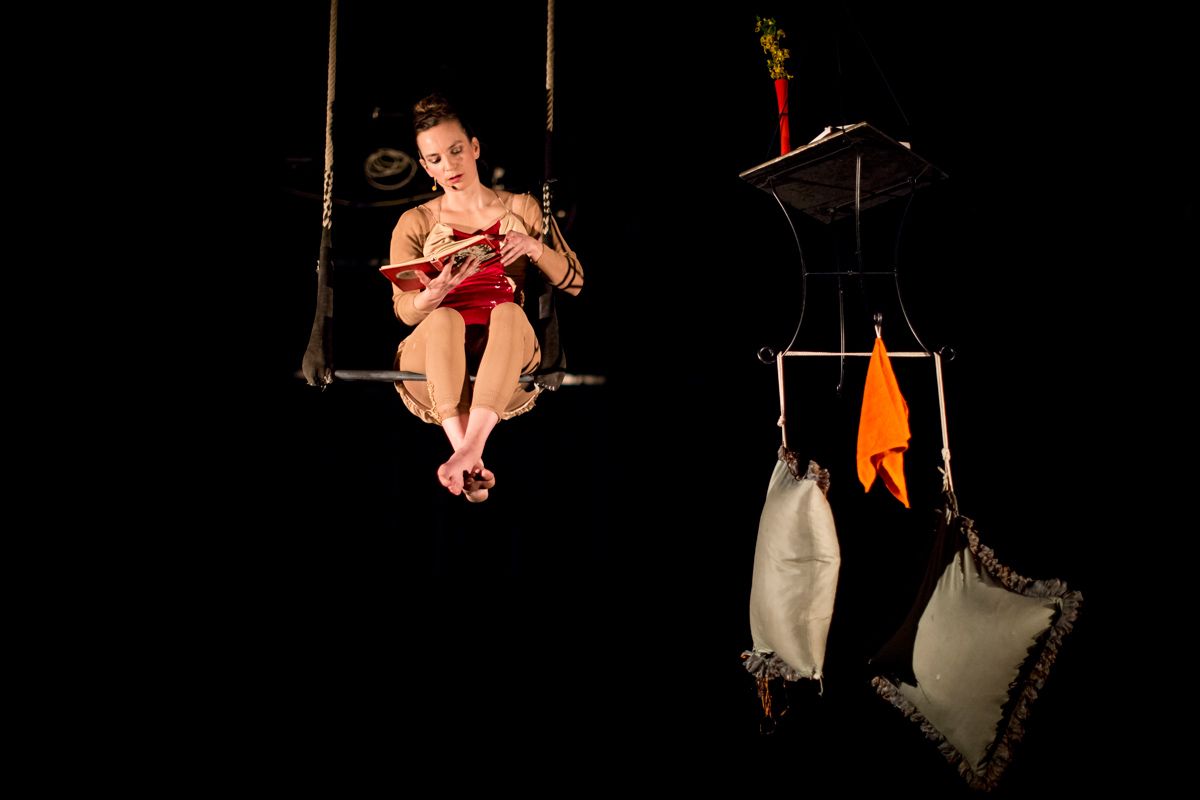
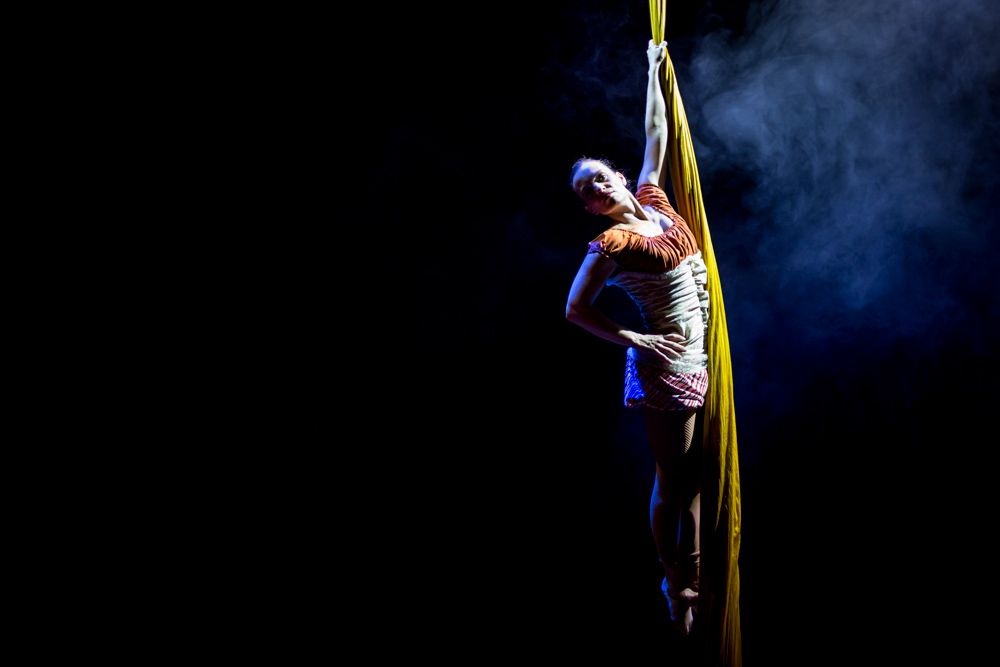
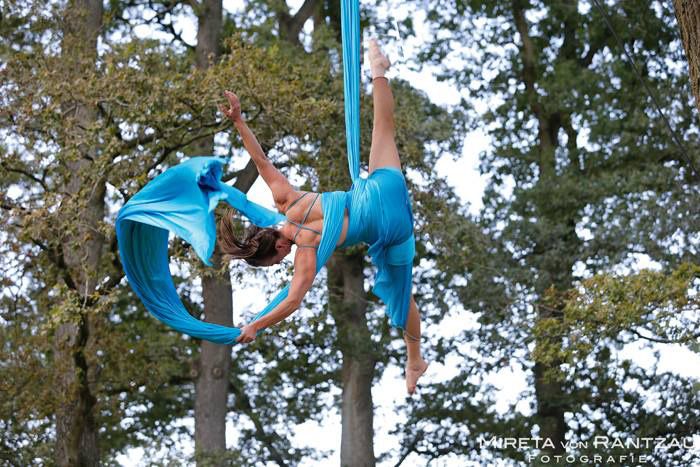
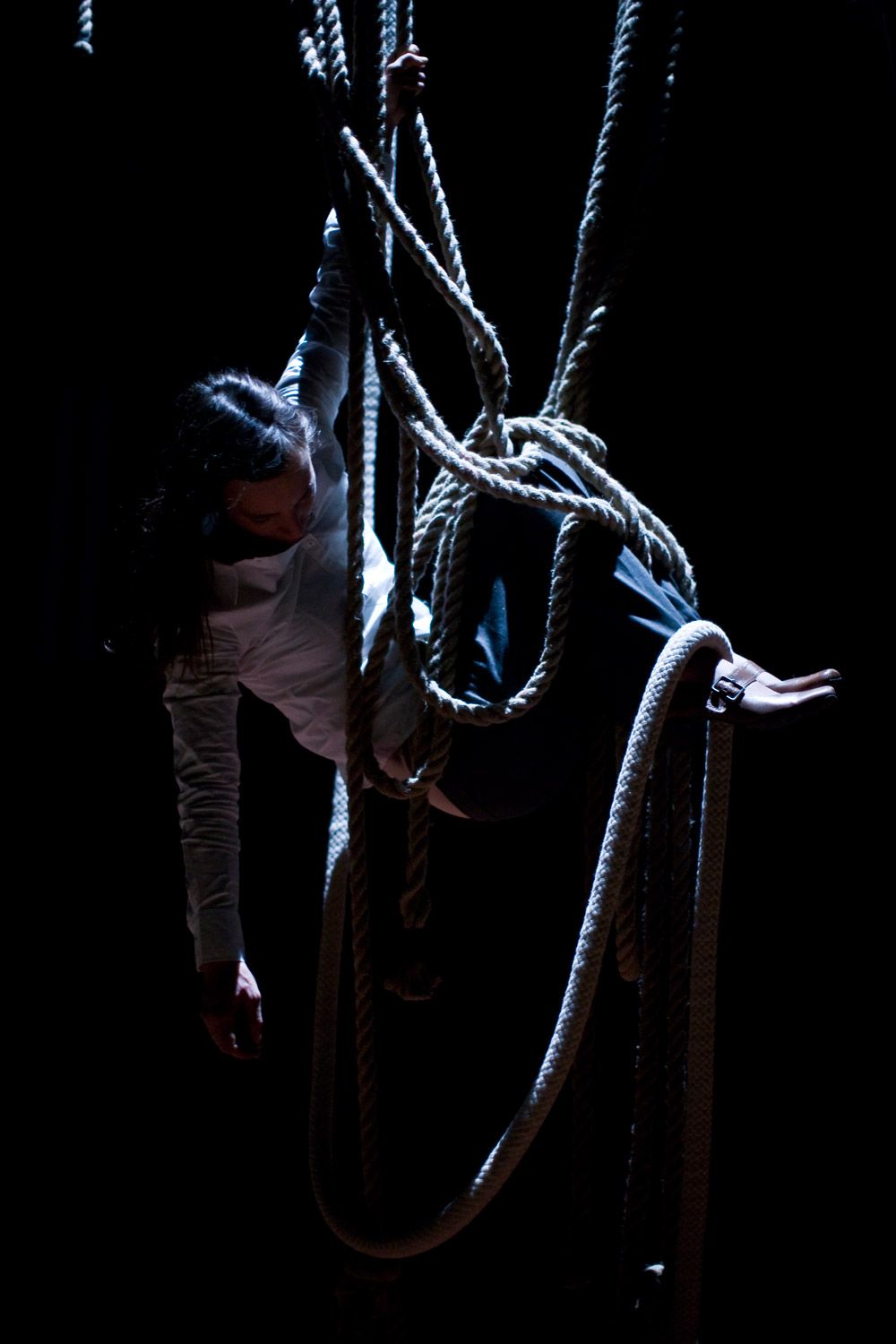
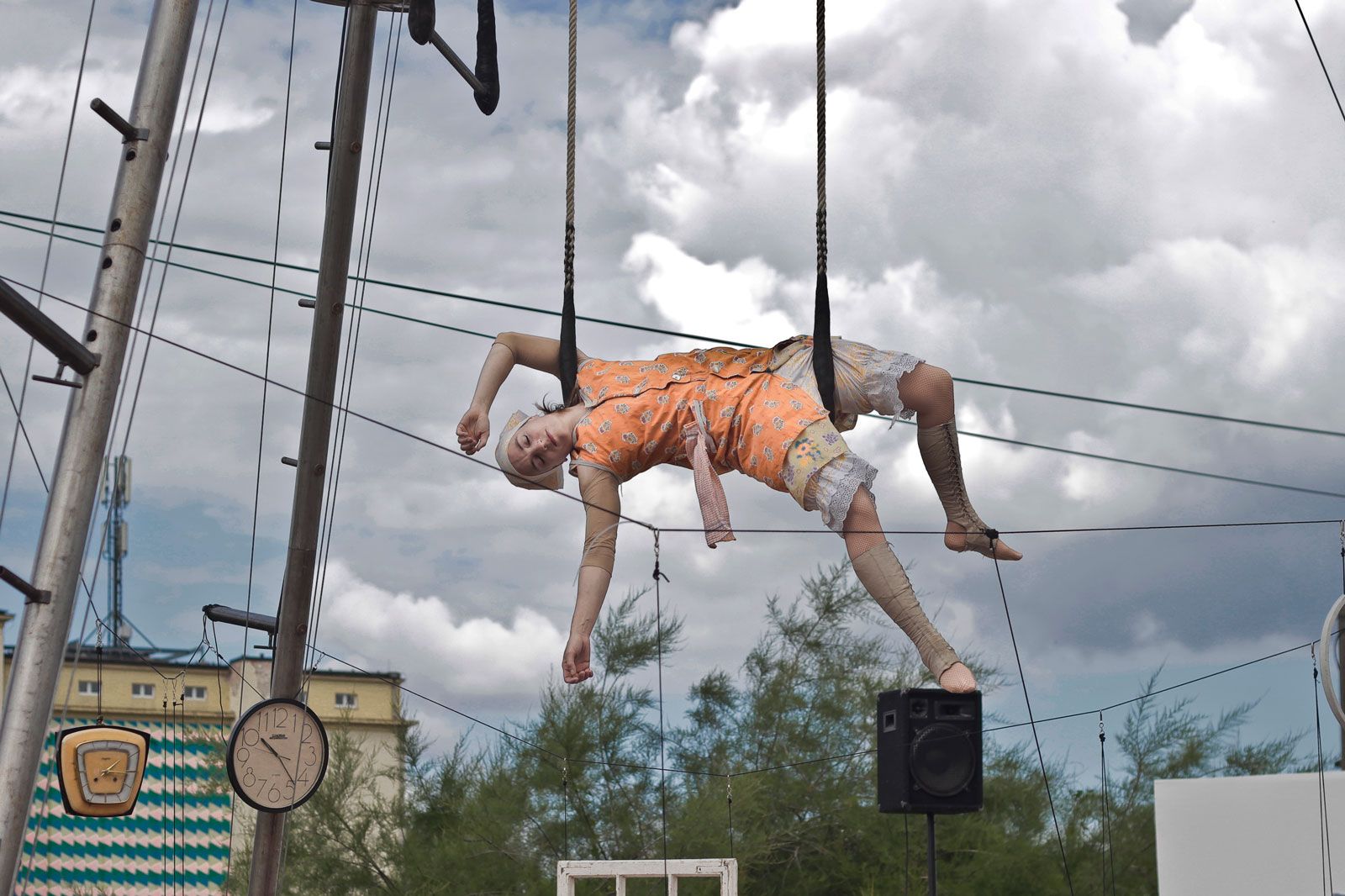
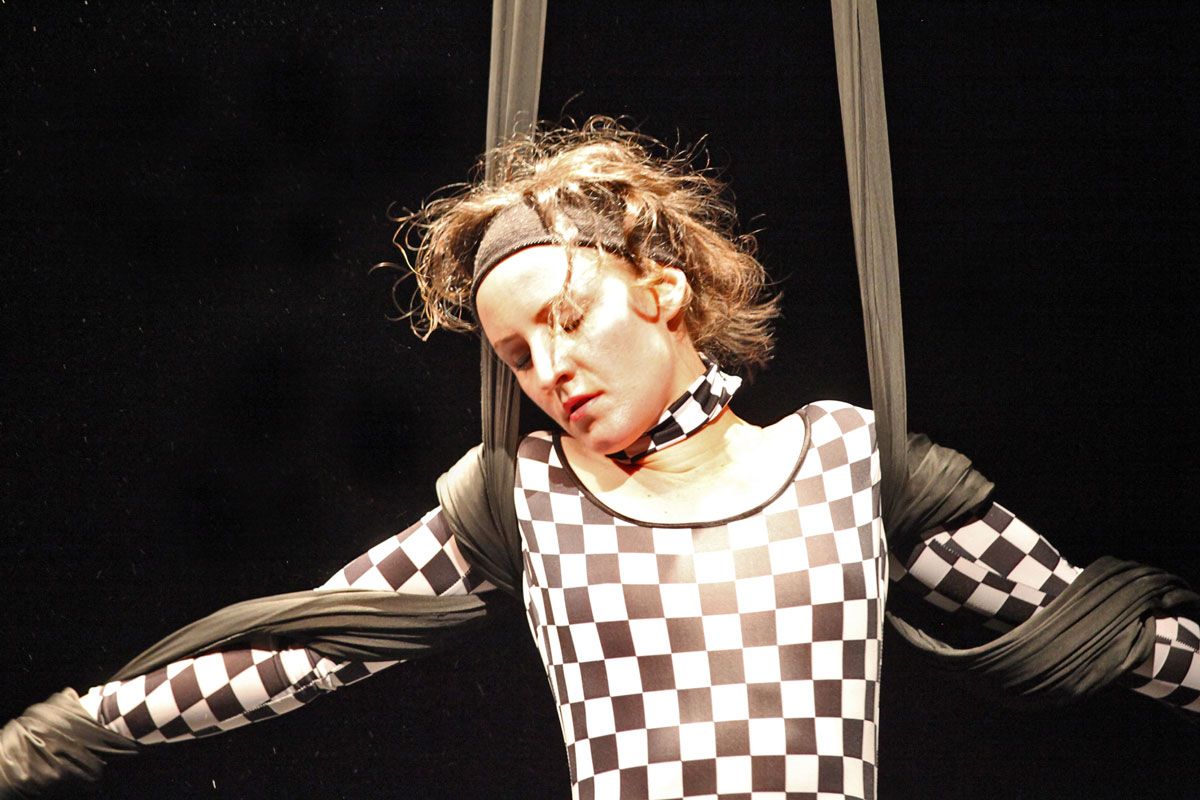
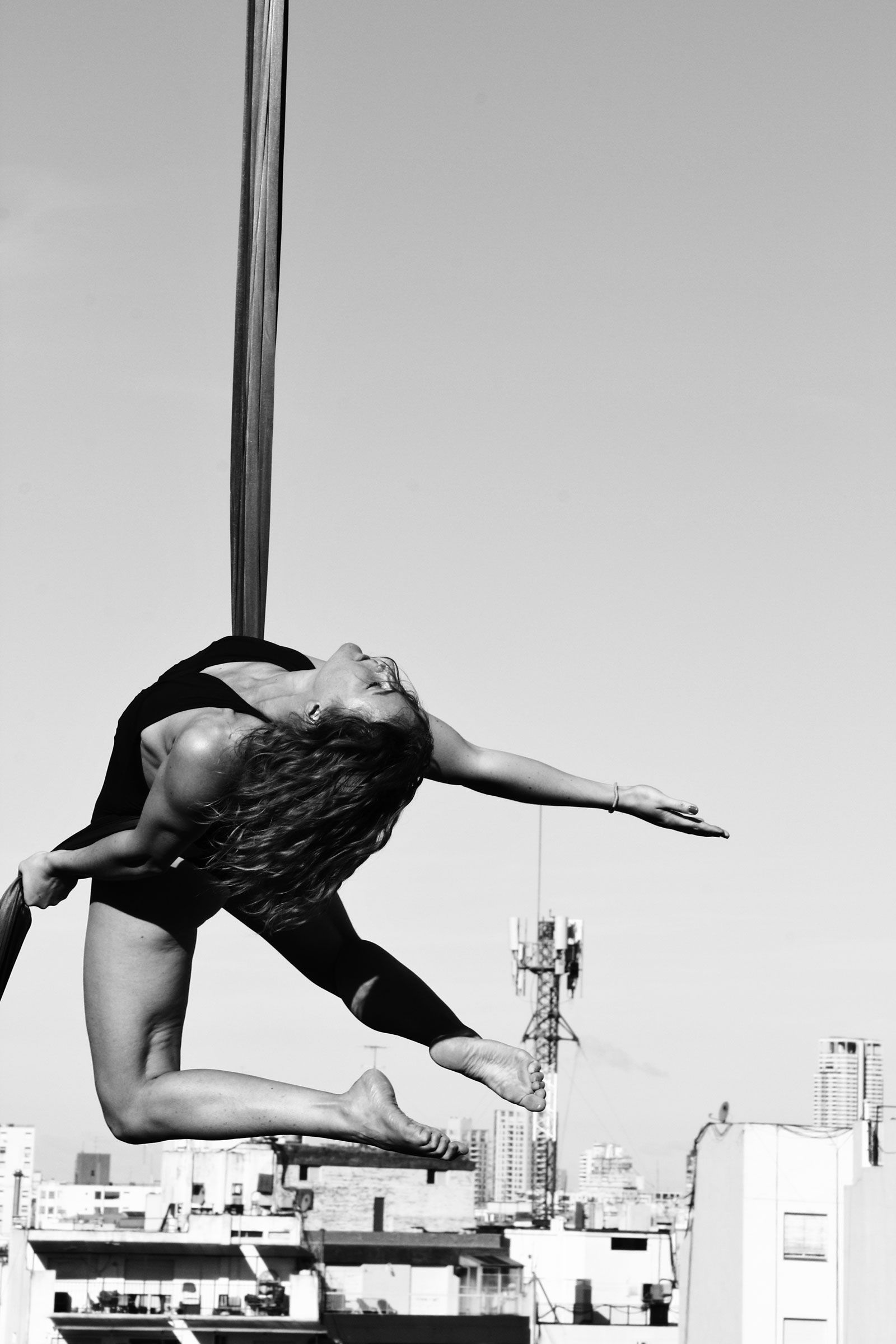
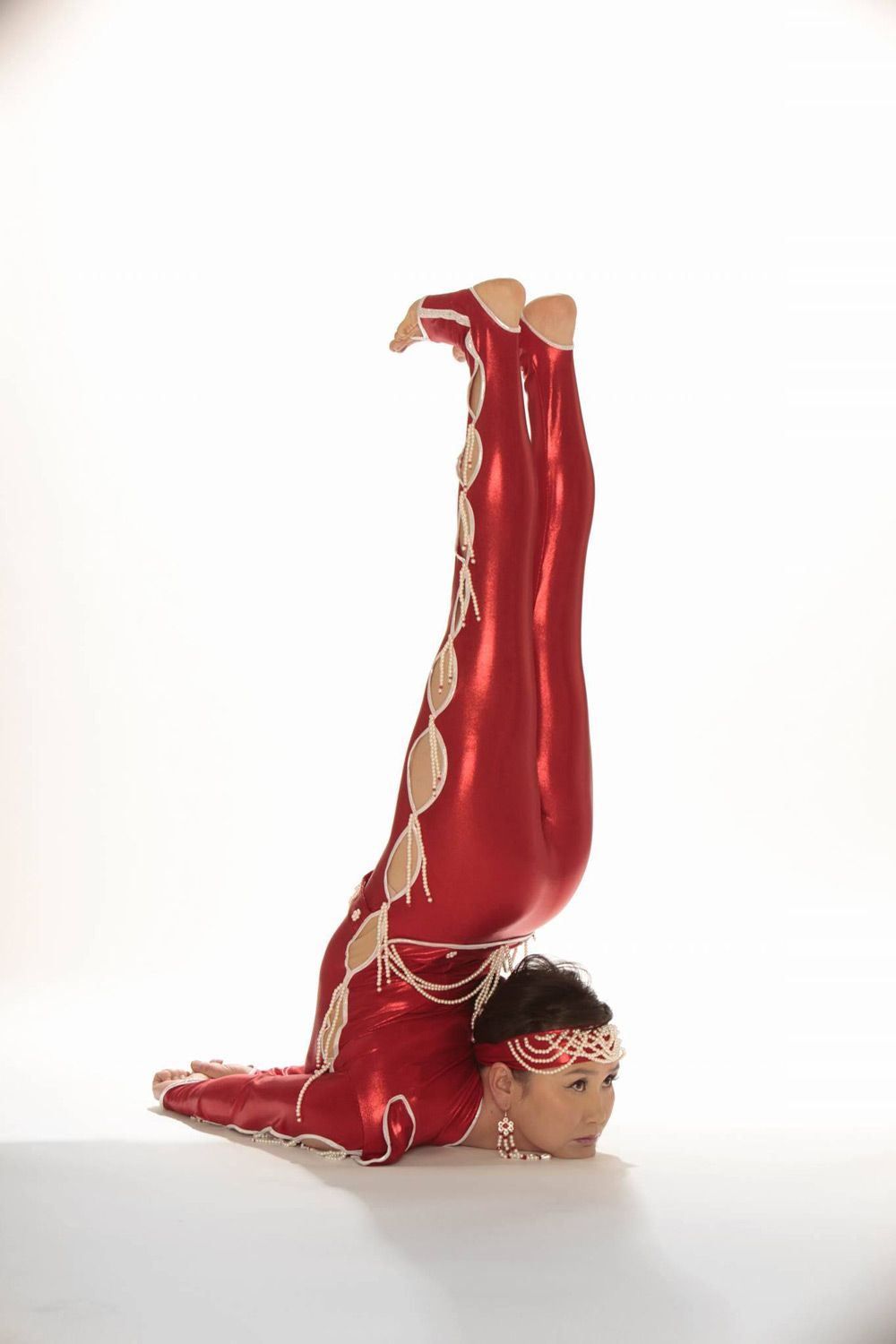


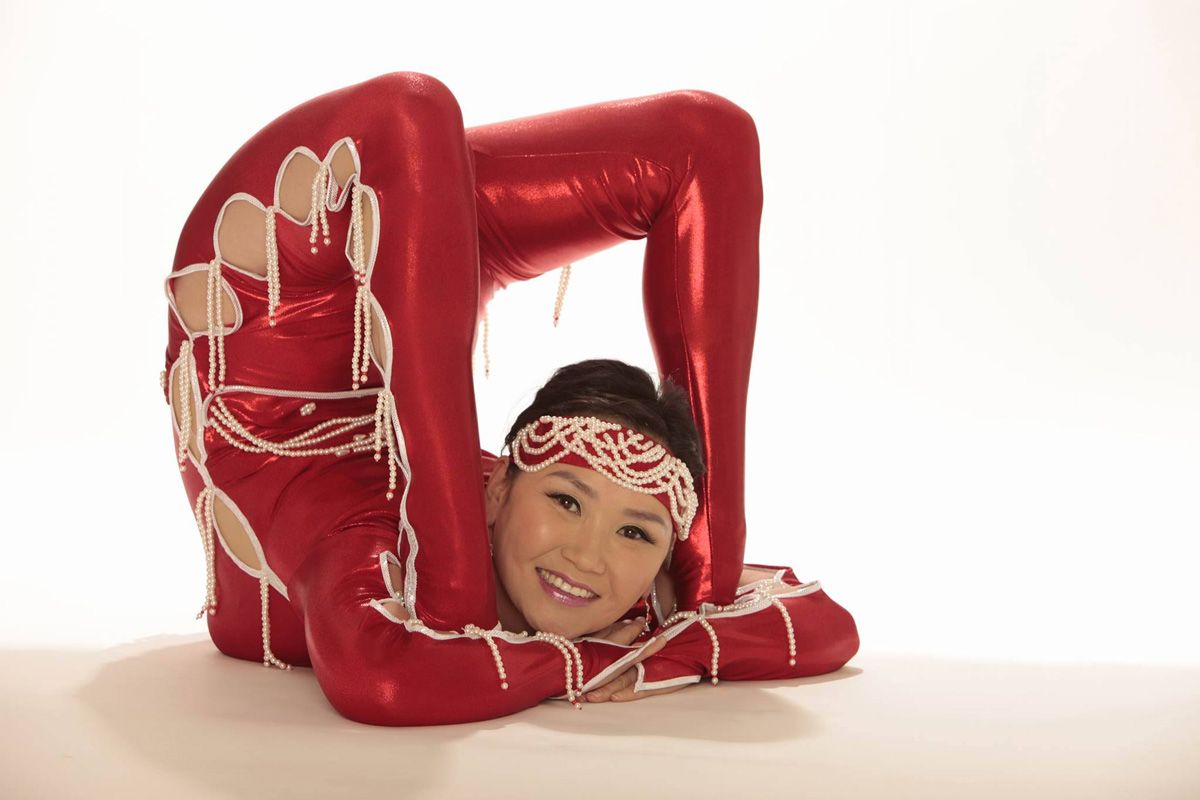
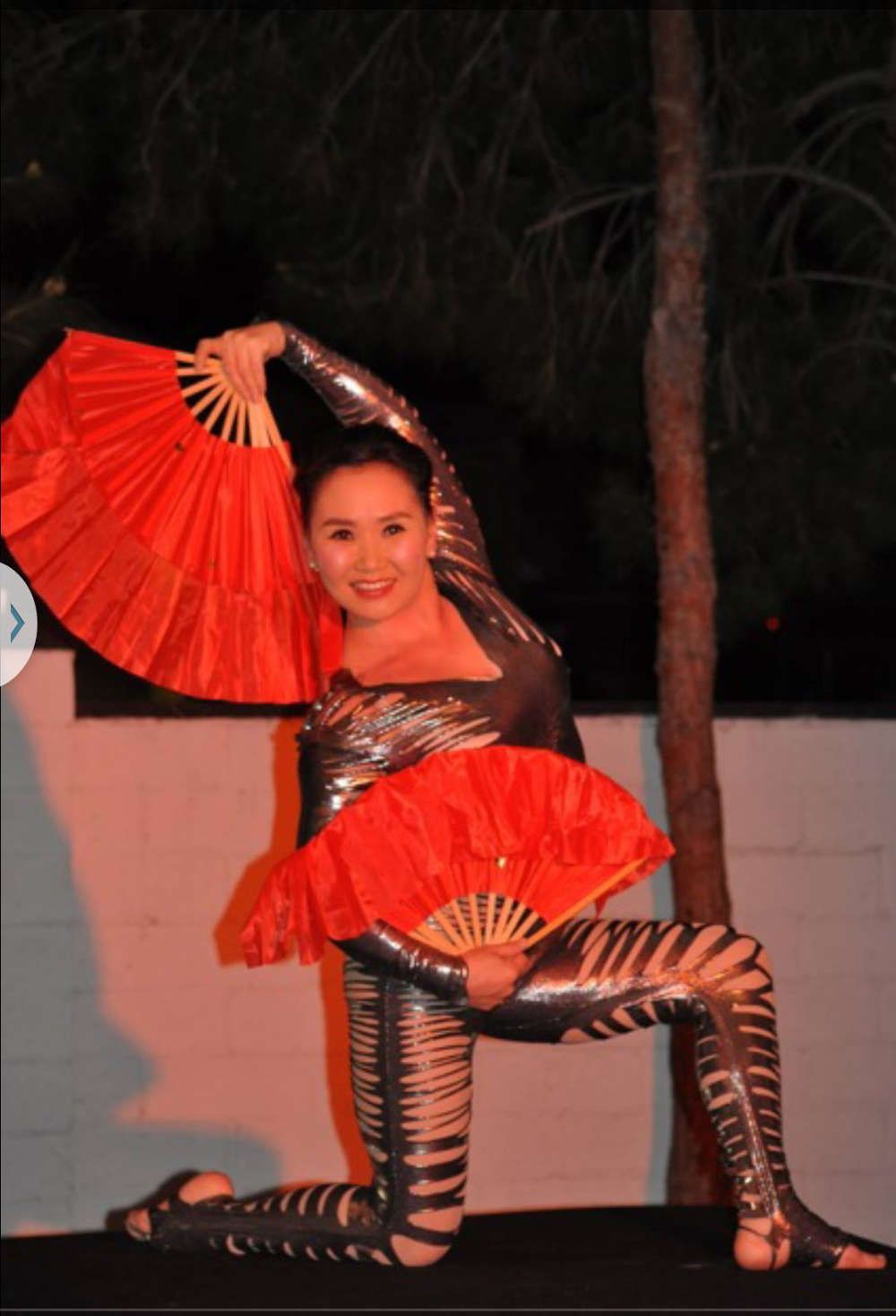


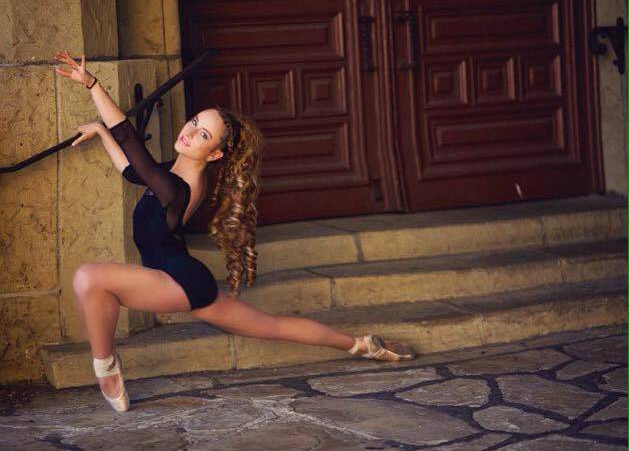
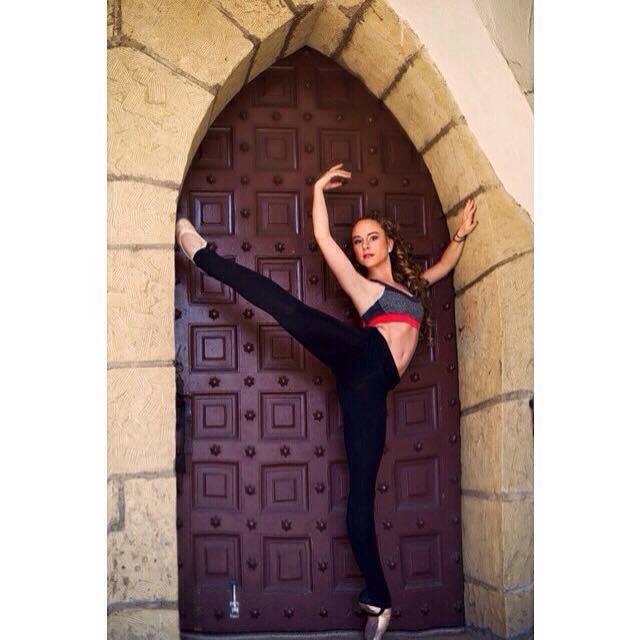
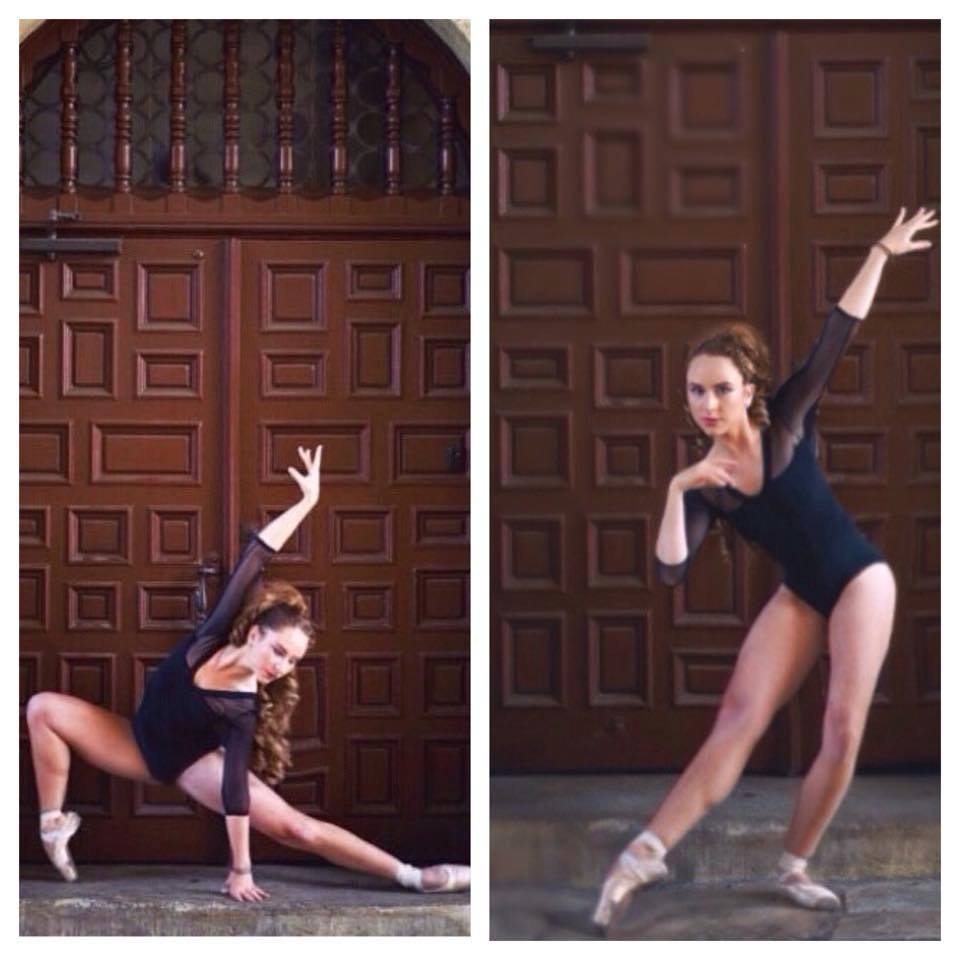
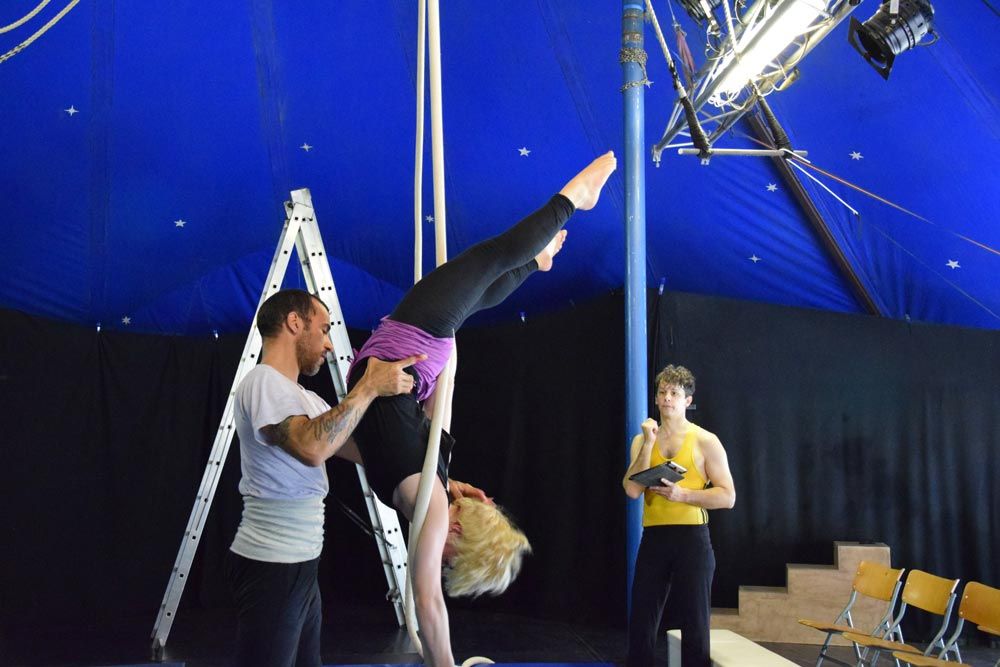
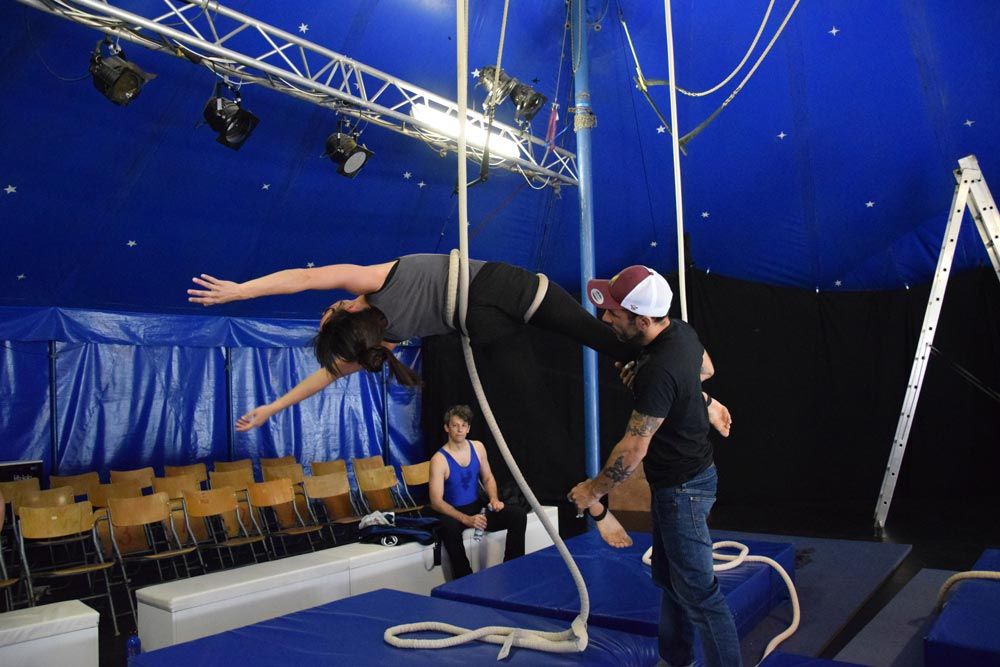
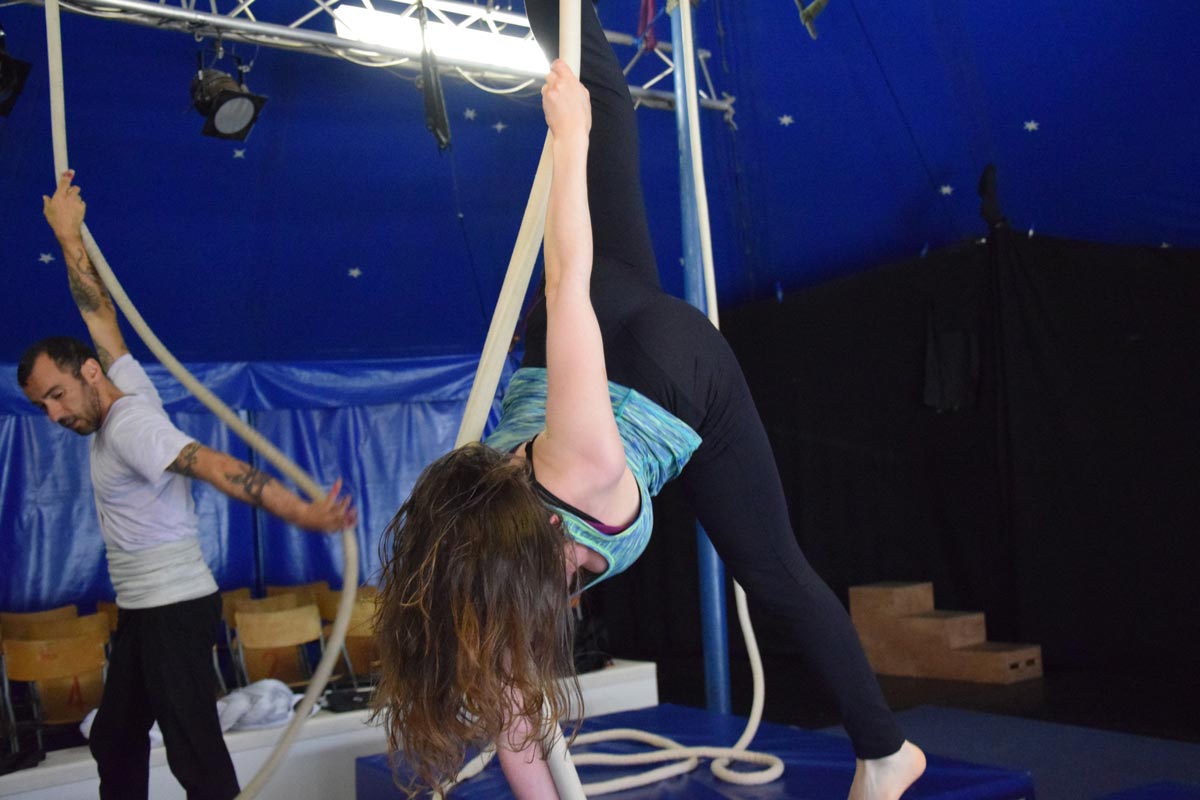
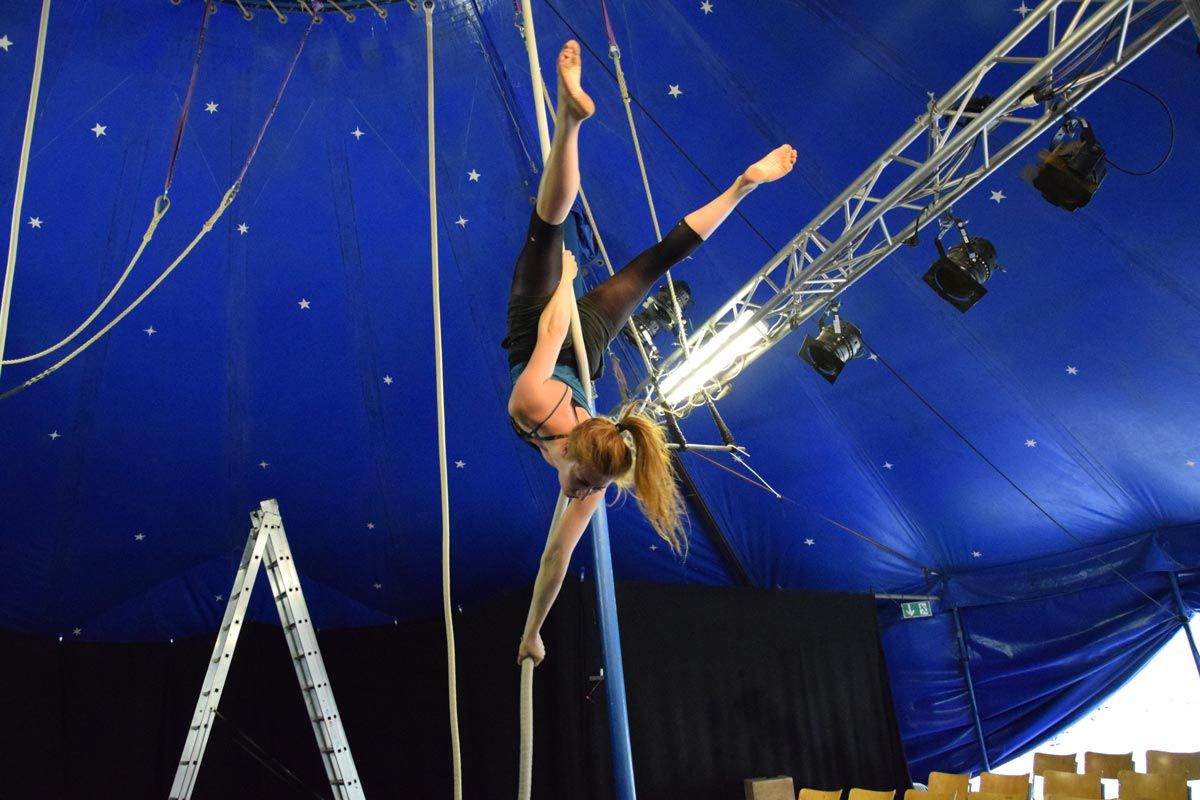
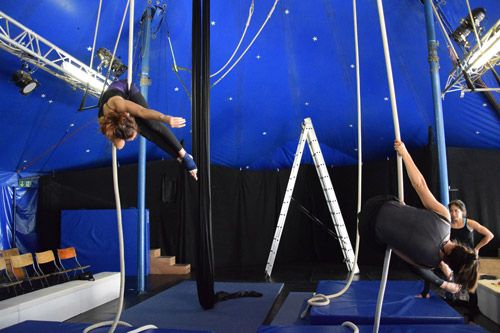

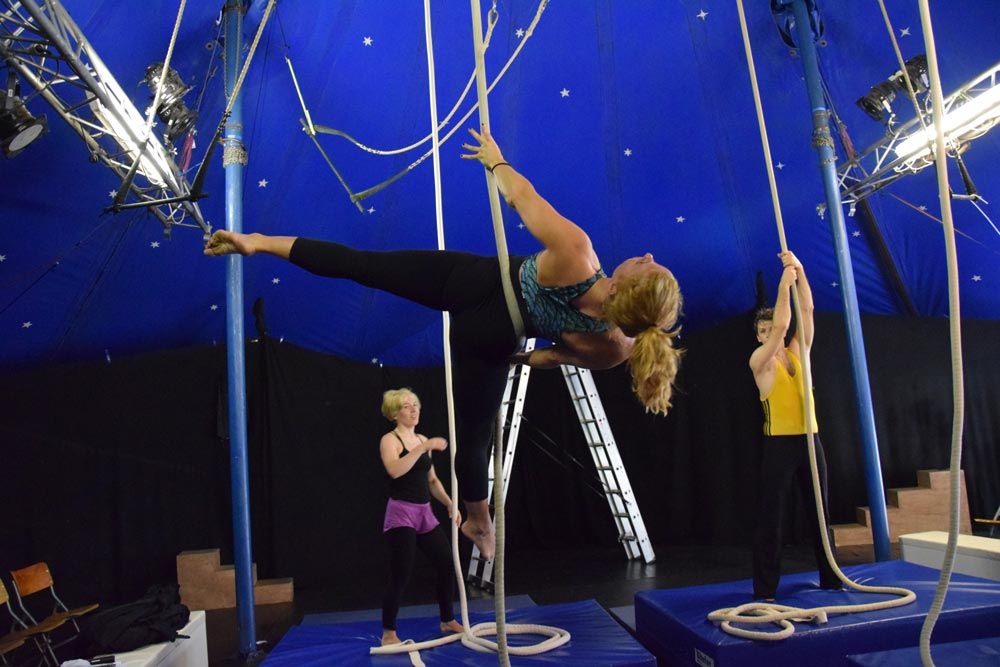
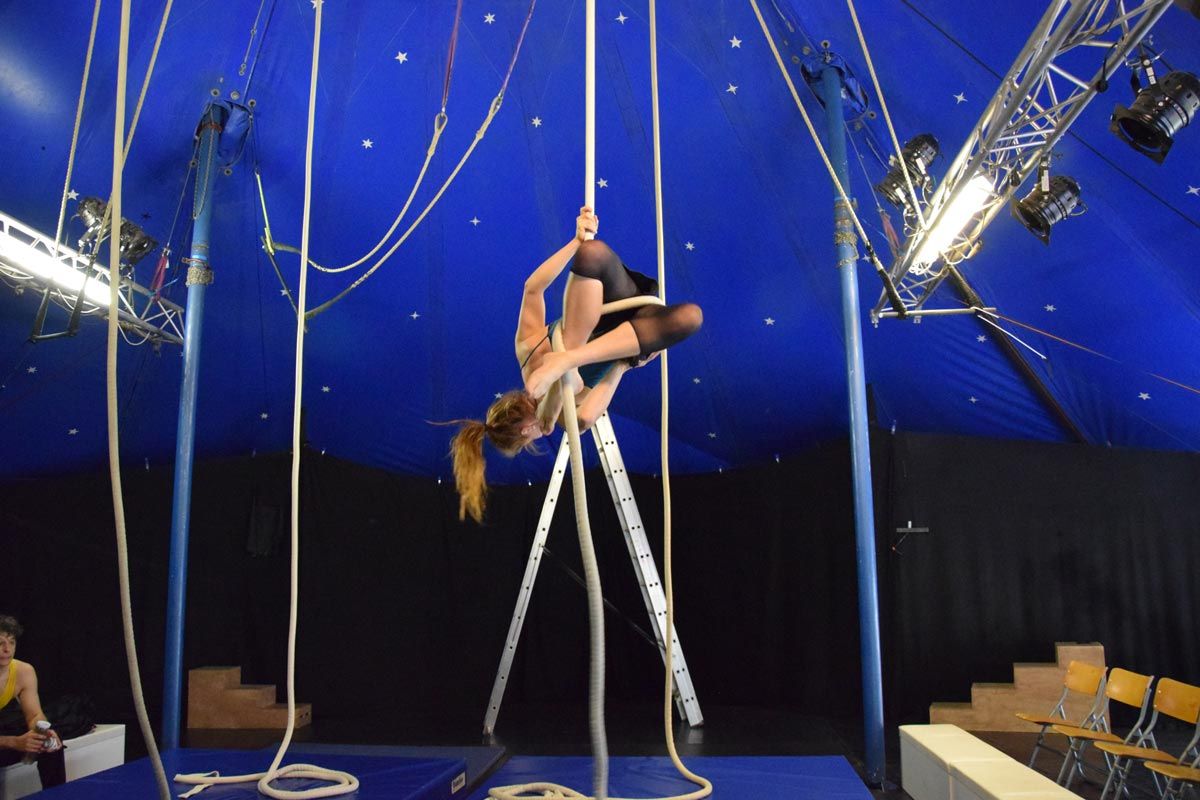

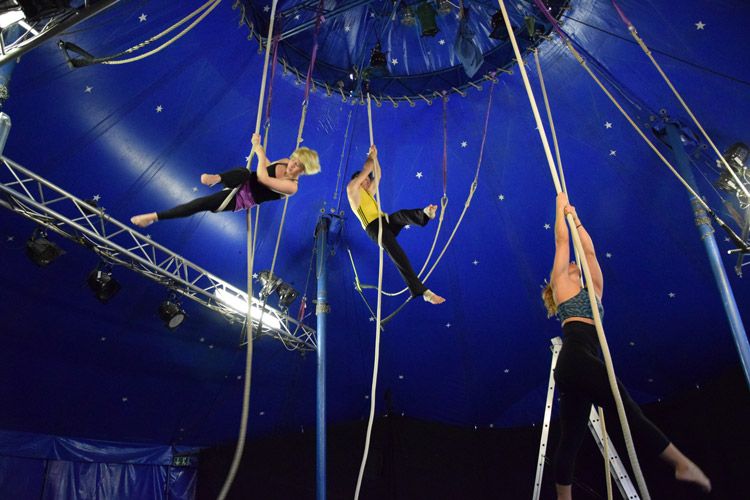
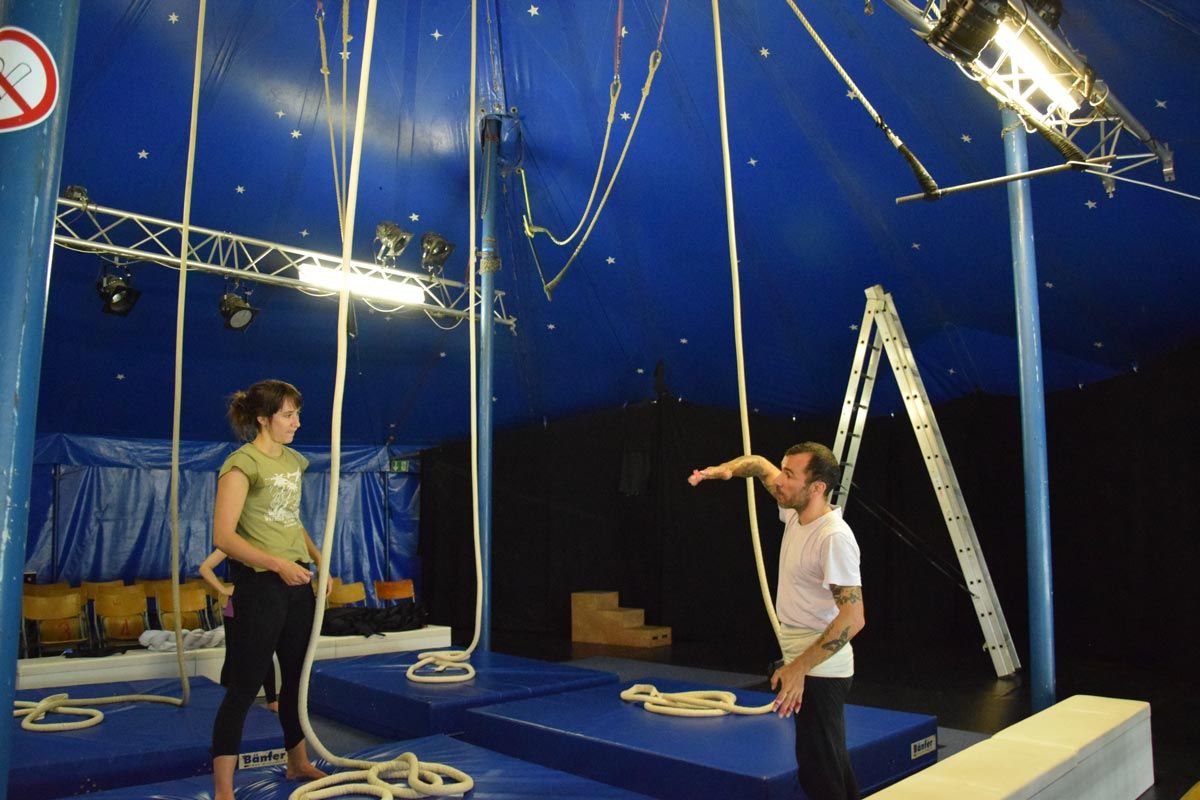
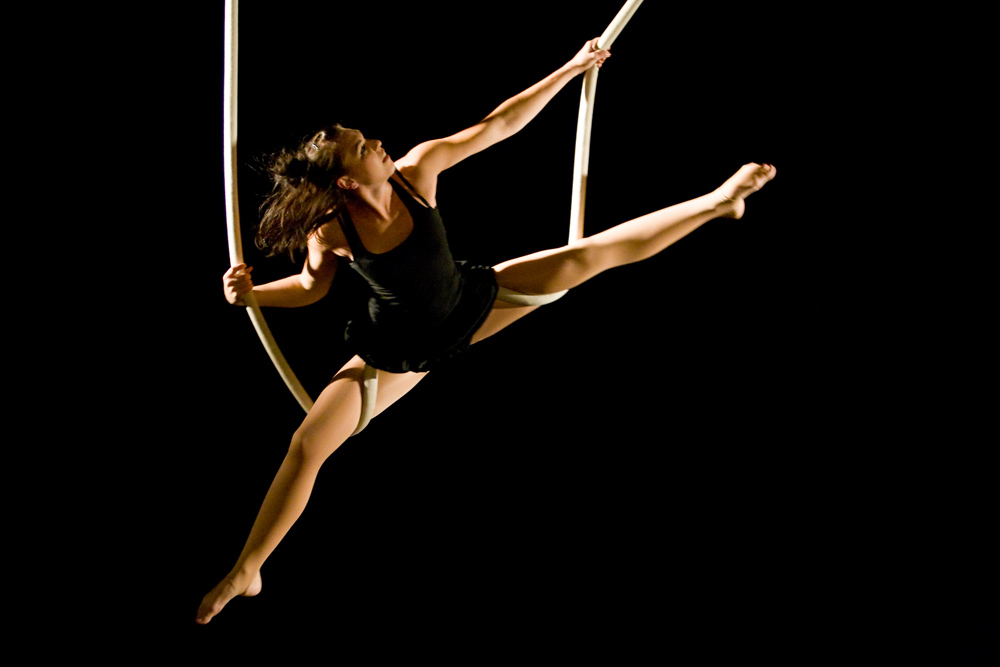
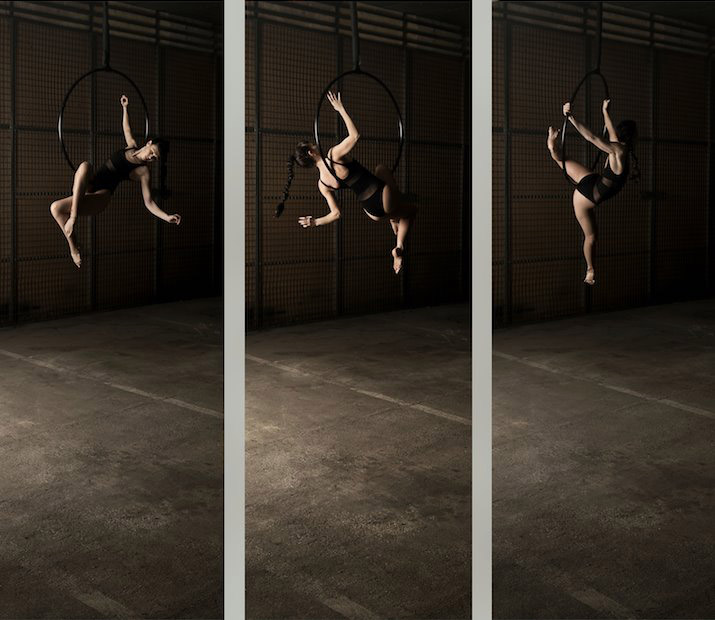
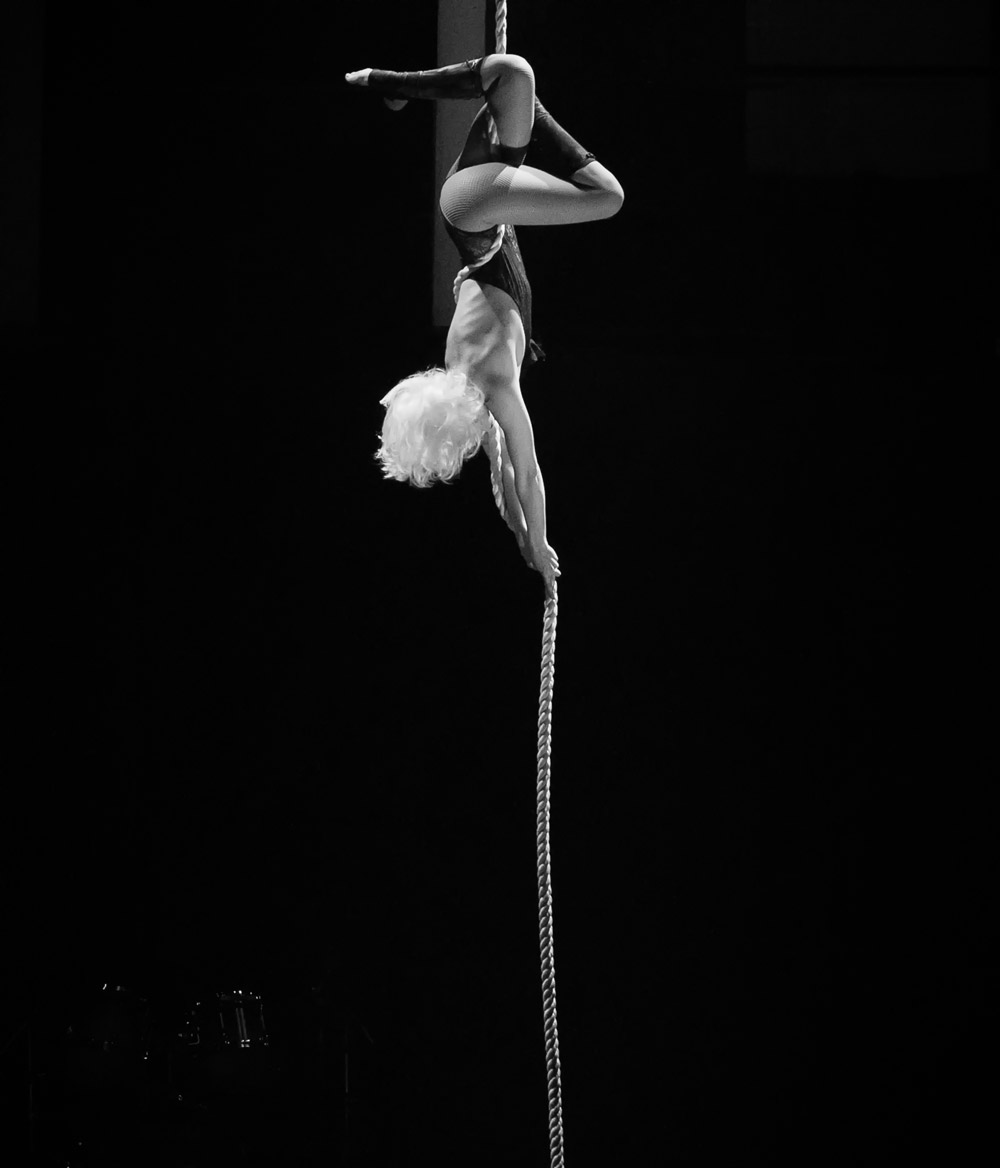
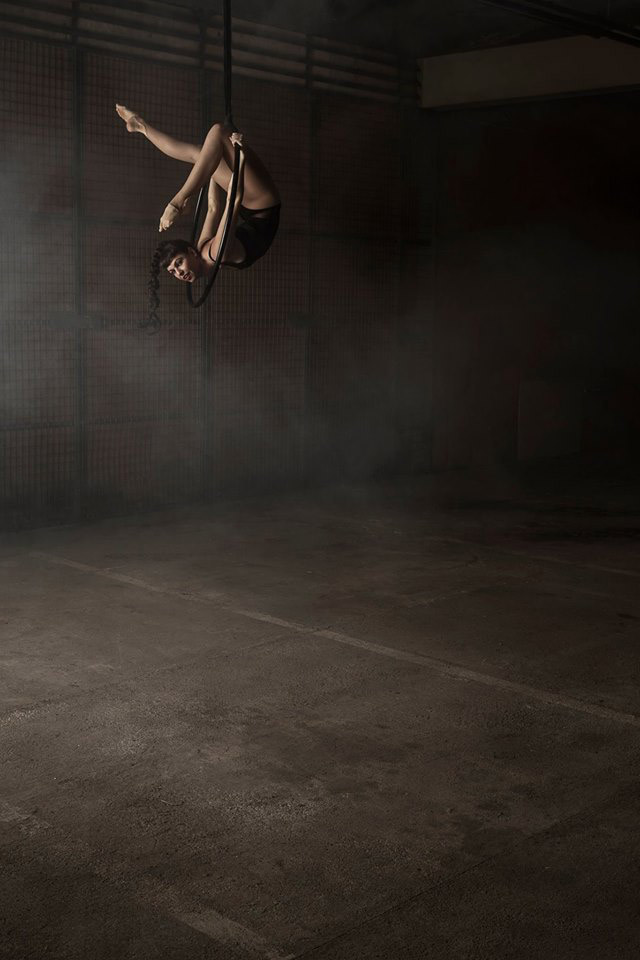

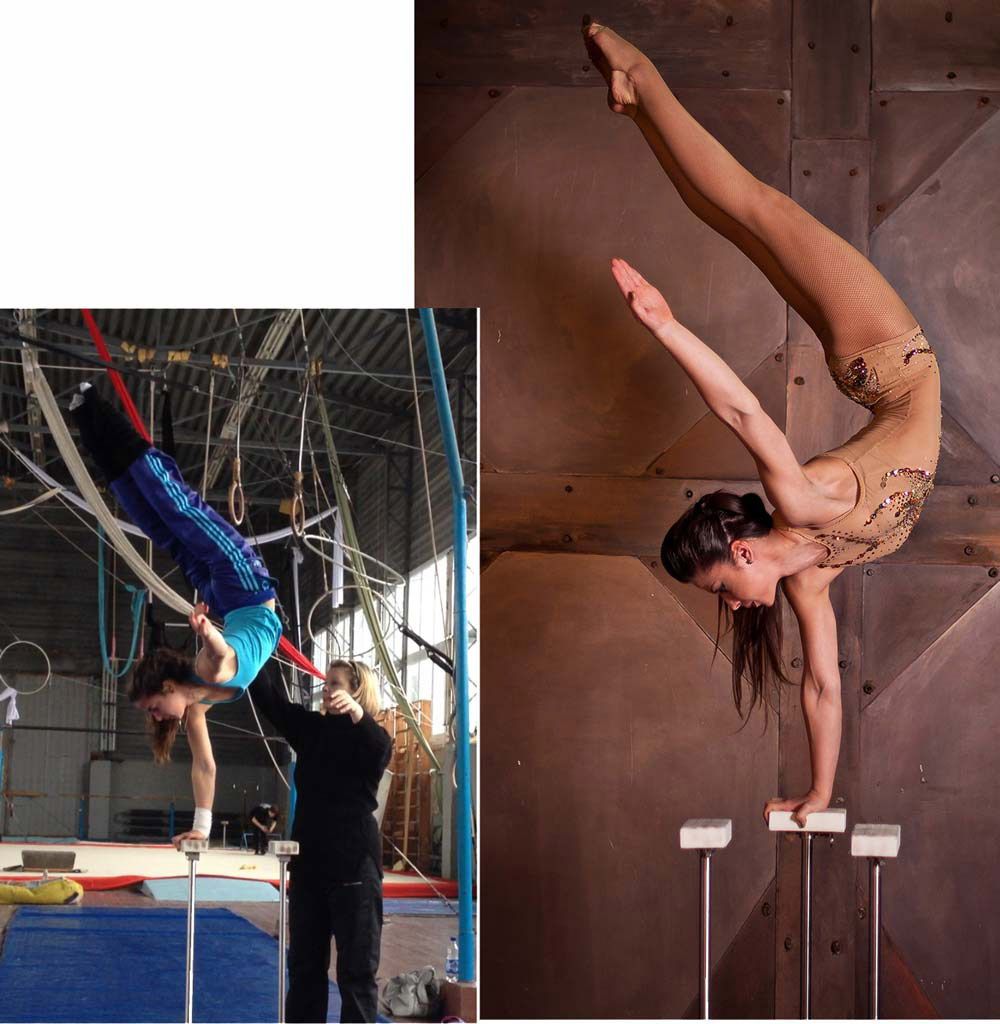

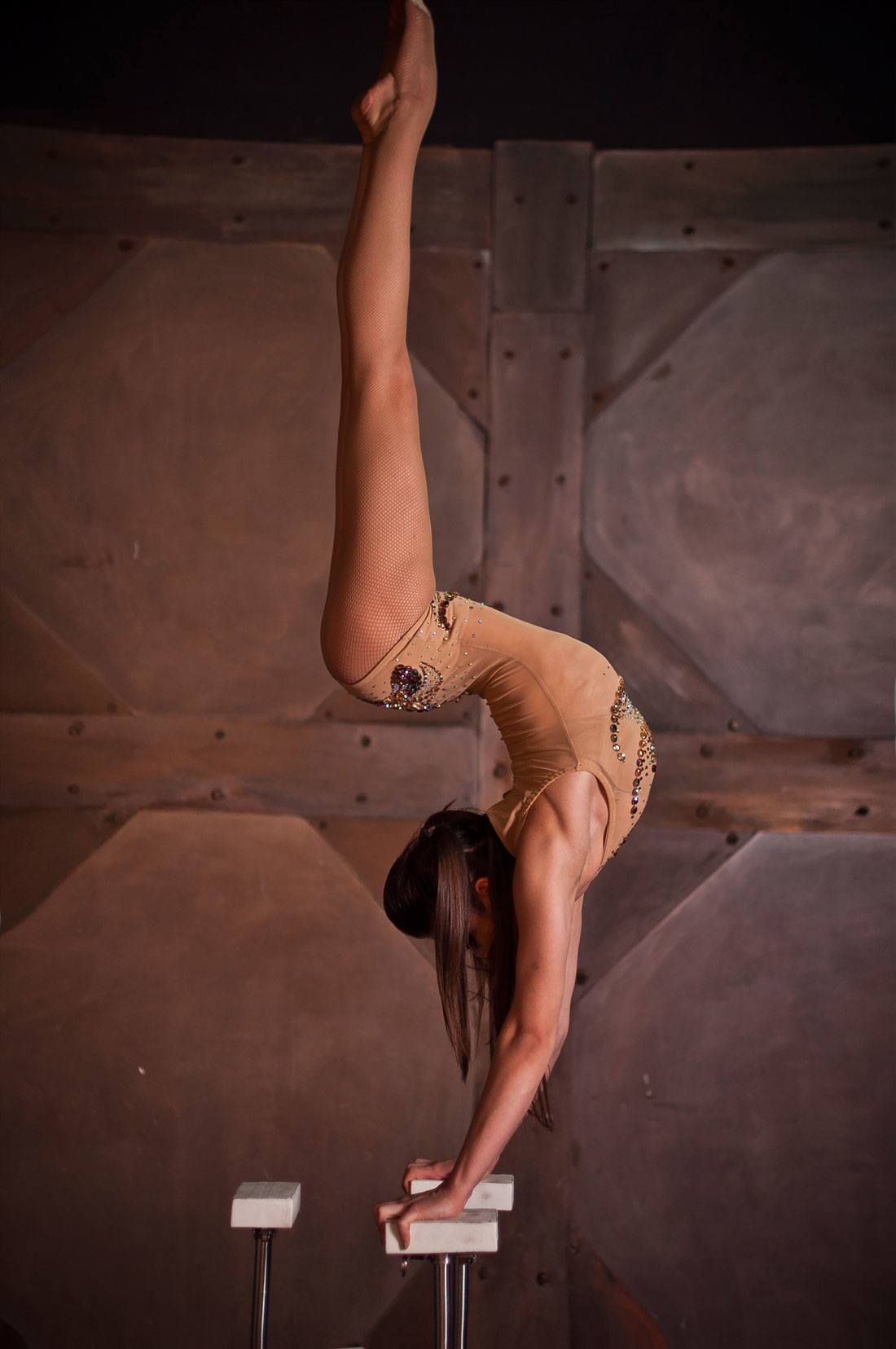
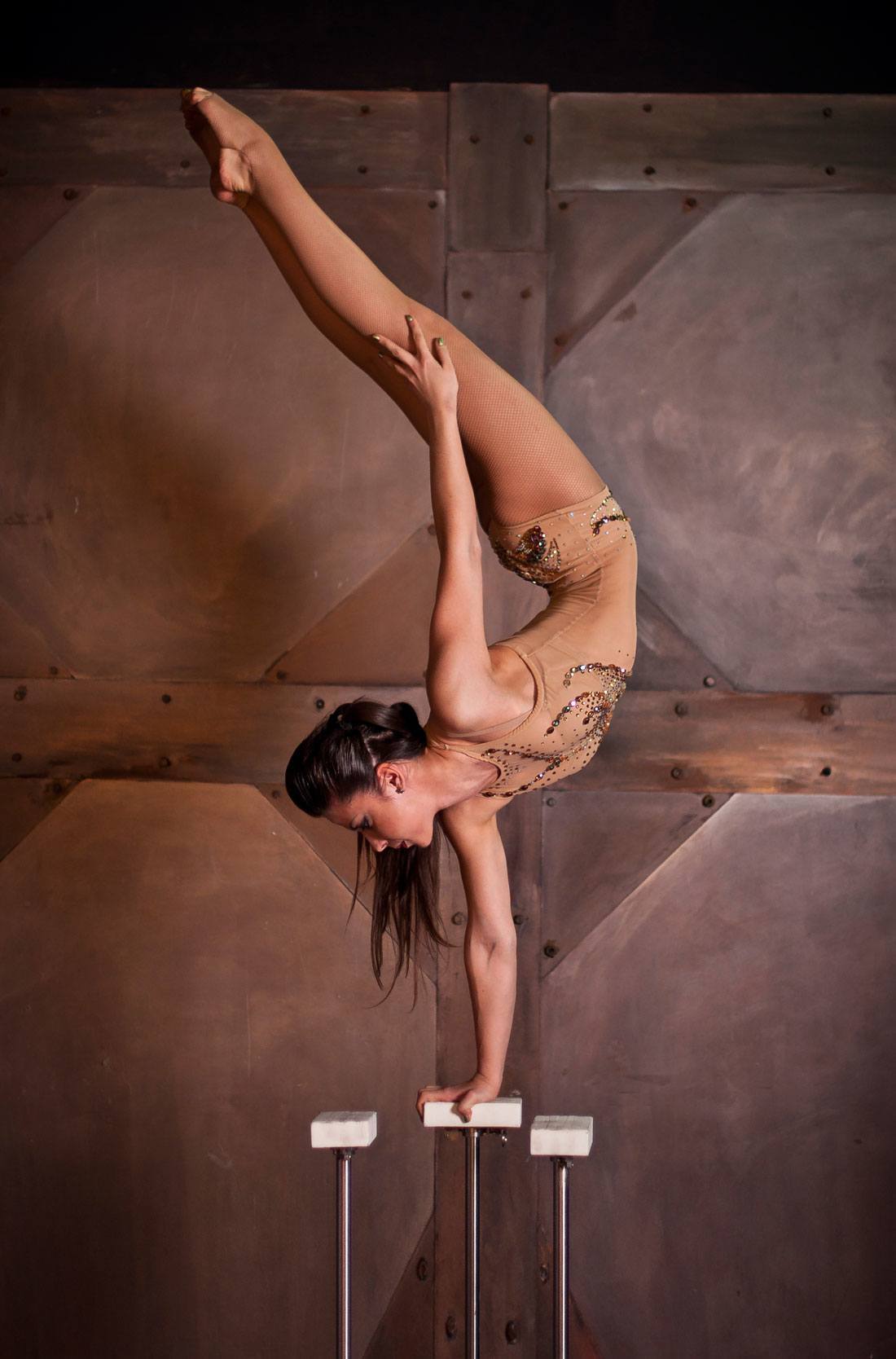
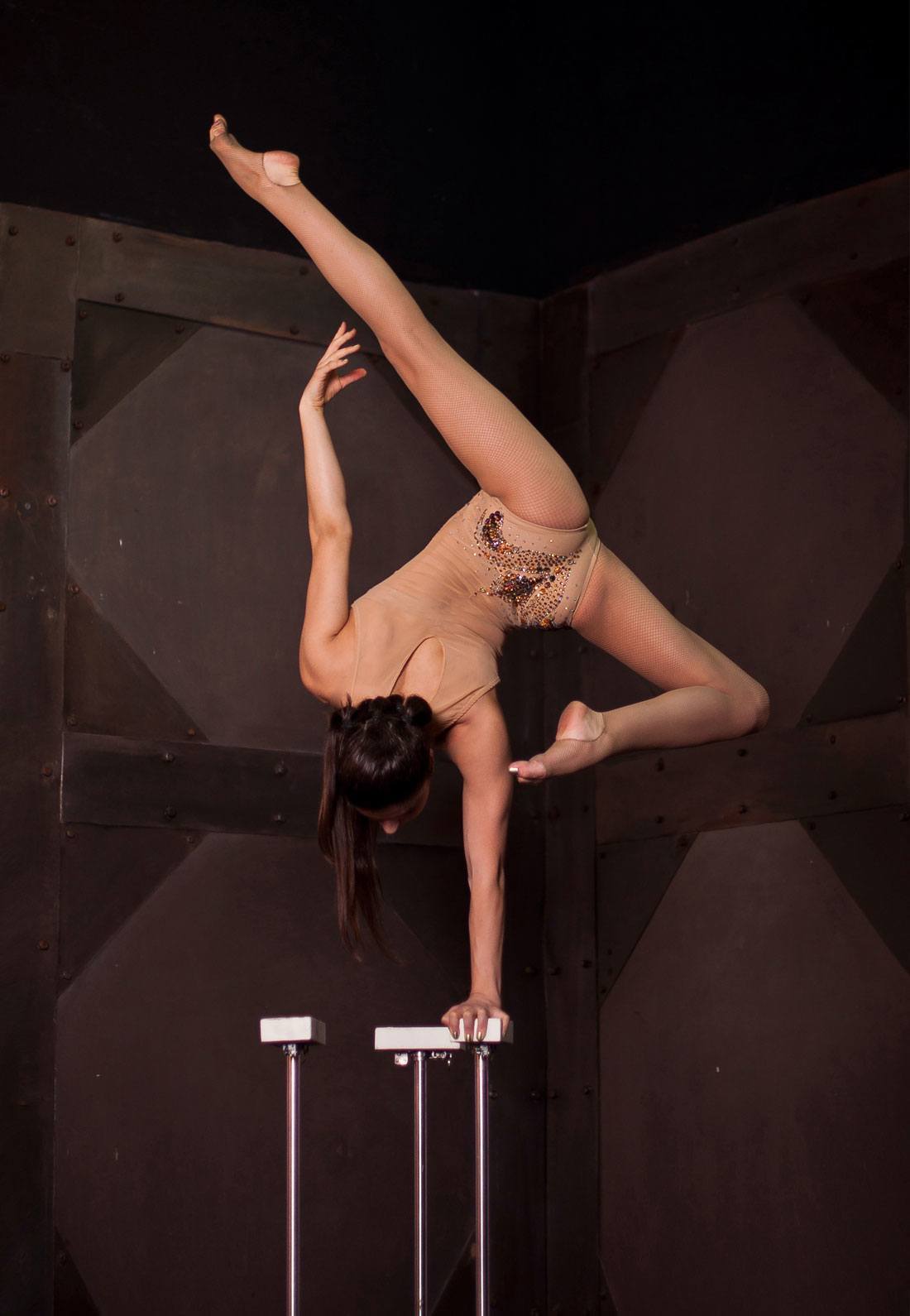
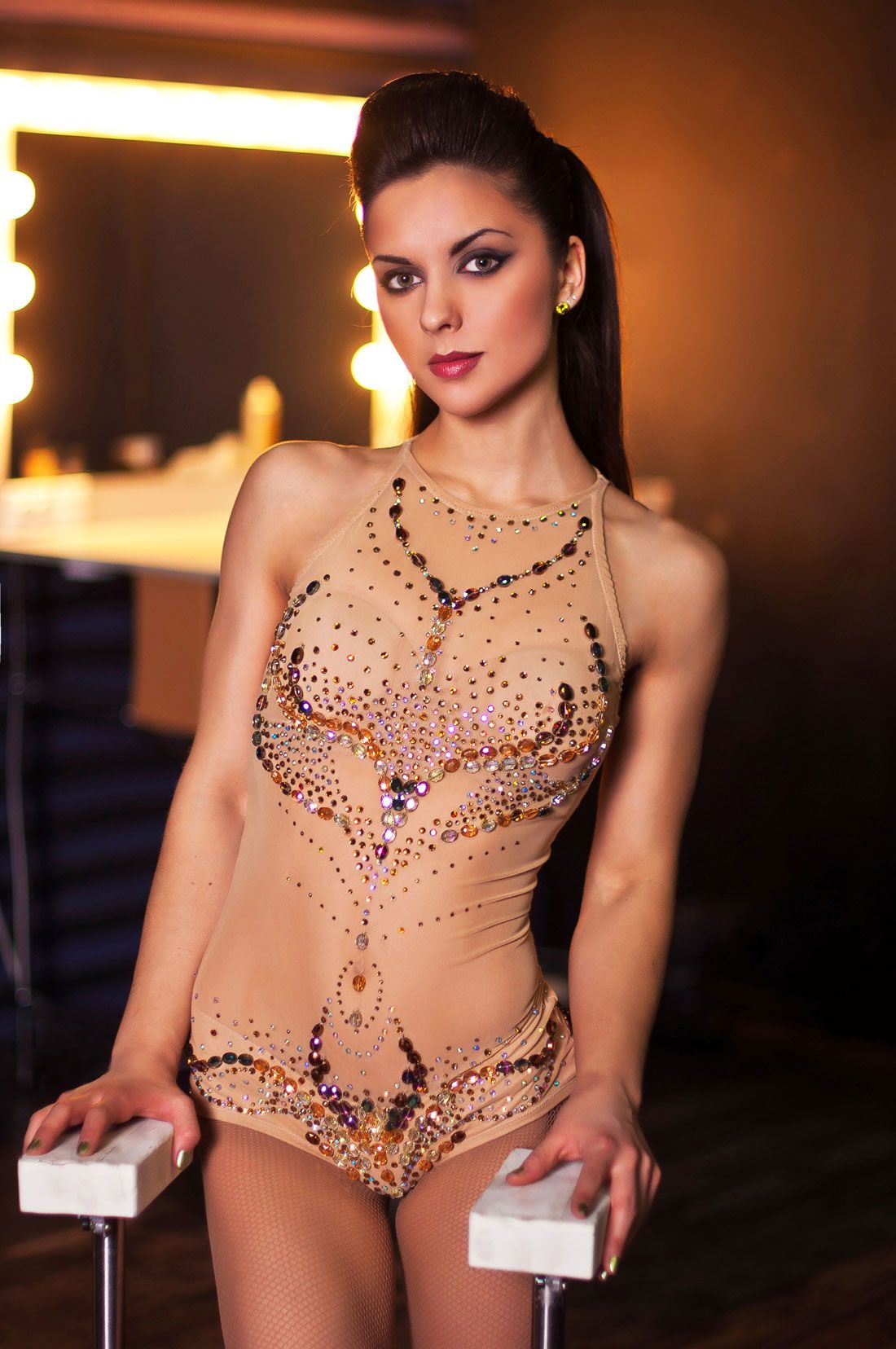
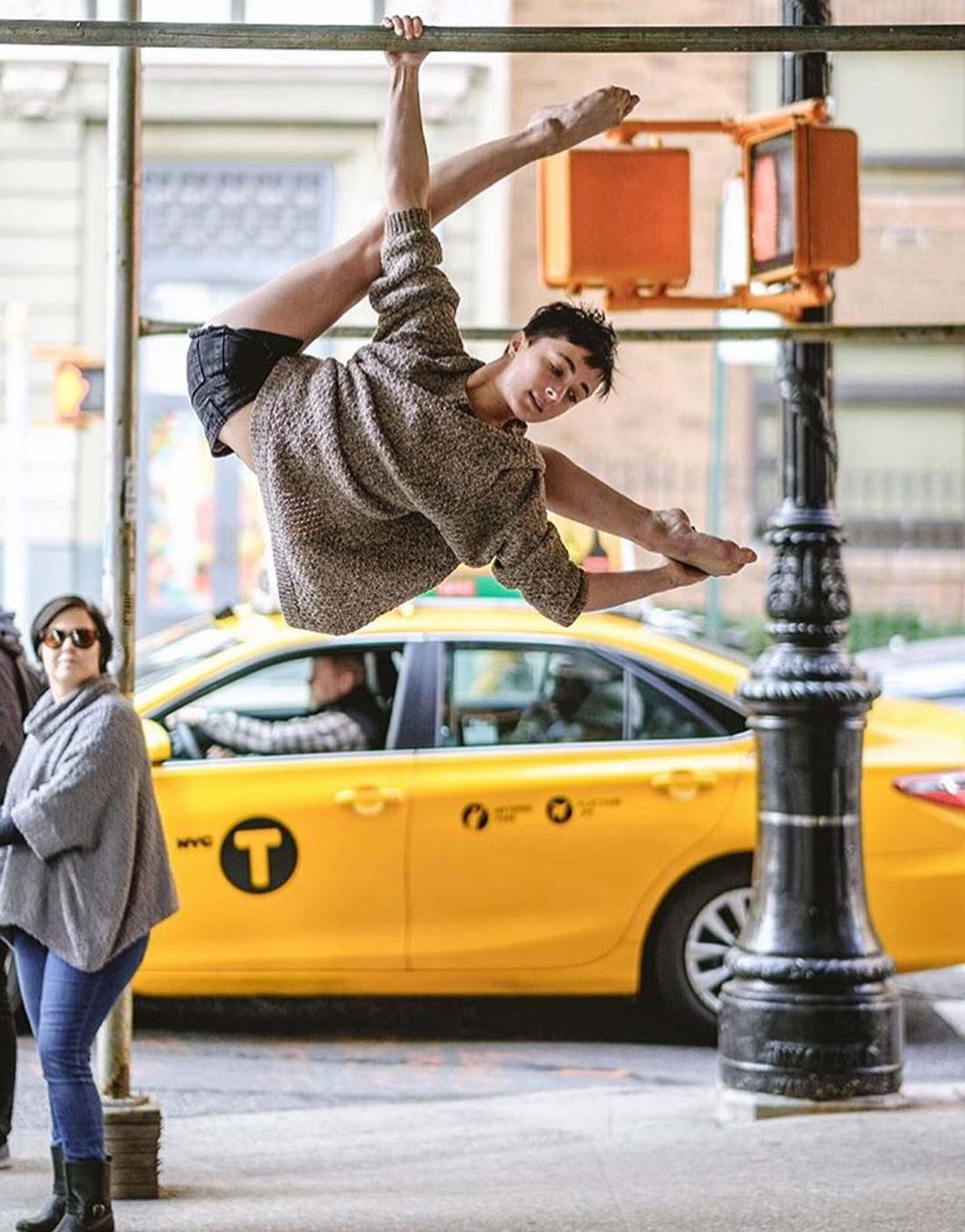
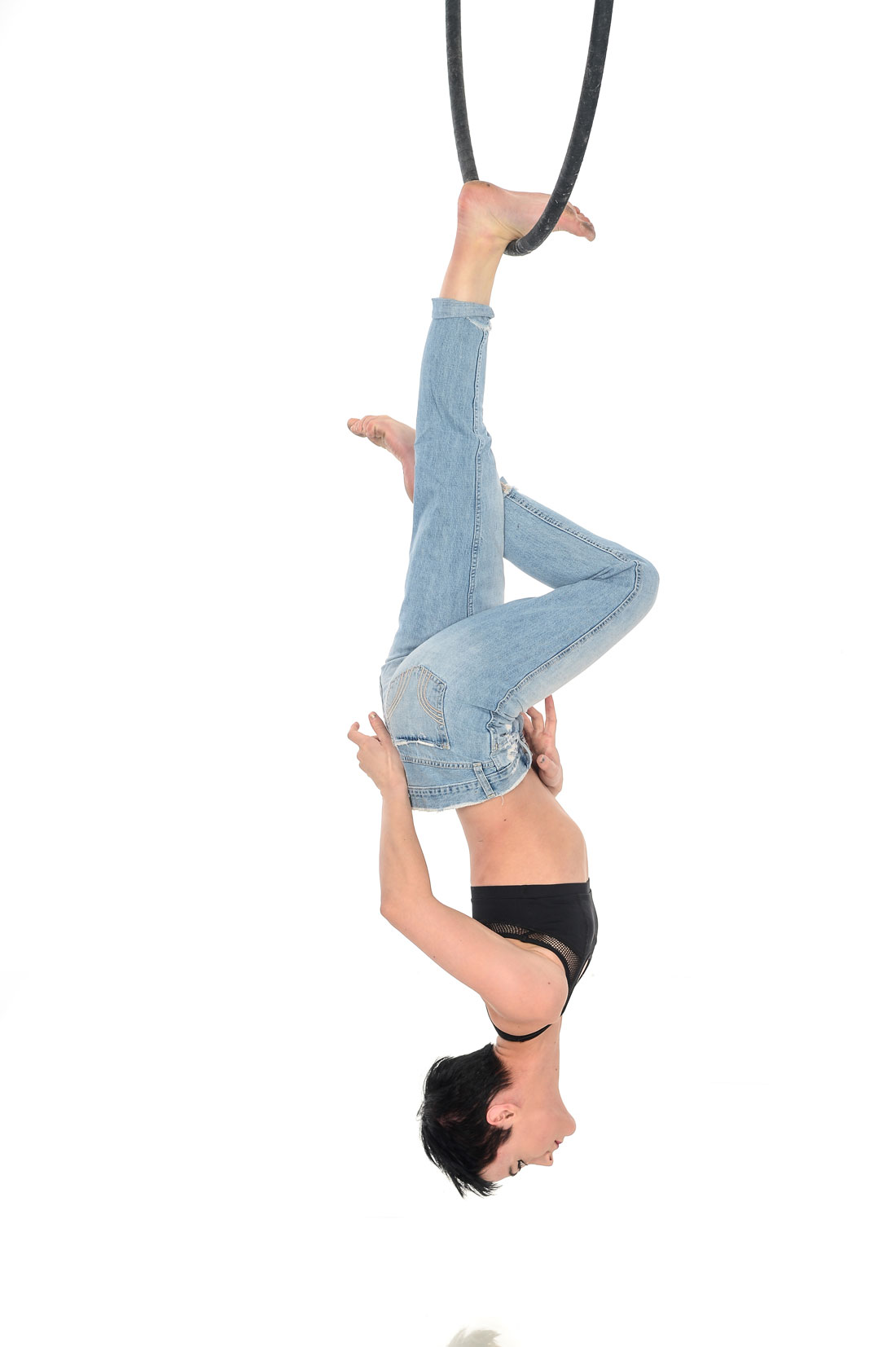 Photo:
Photo: 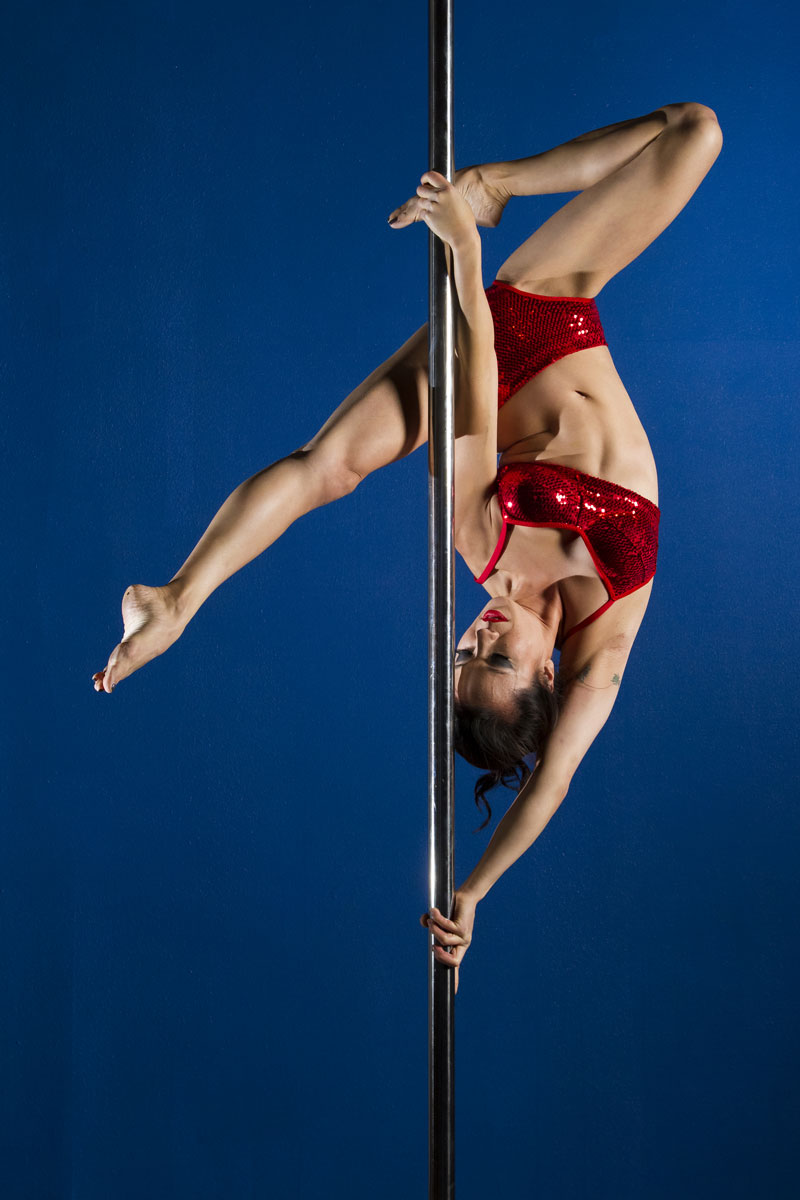
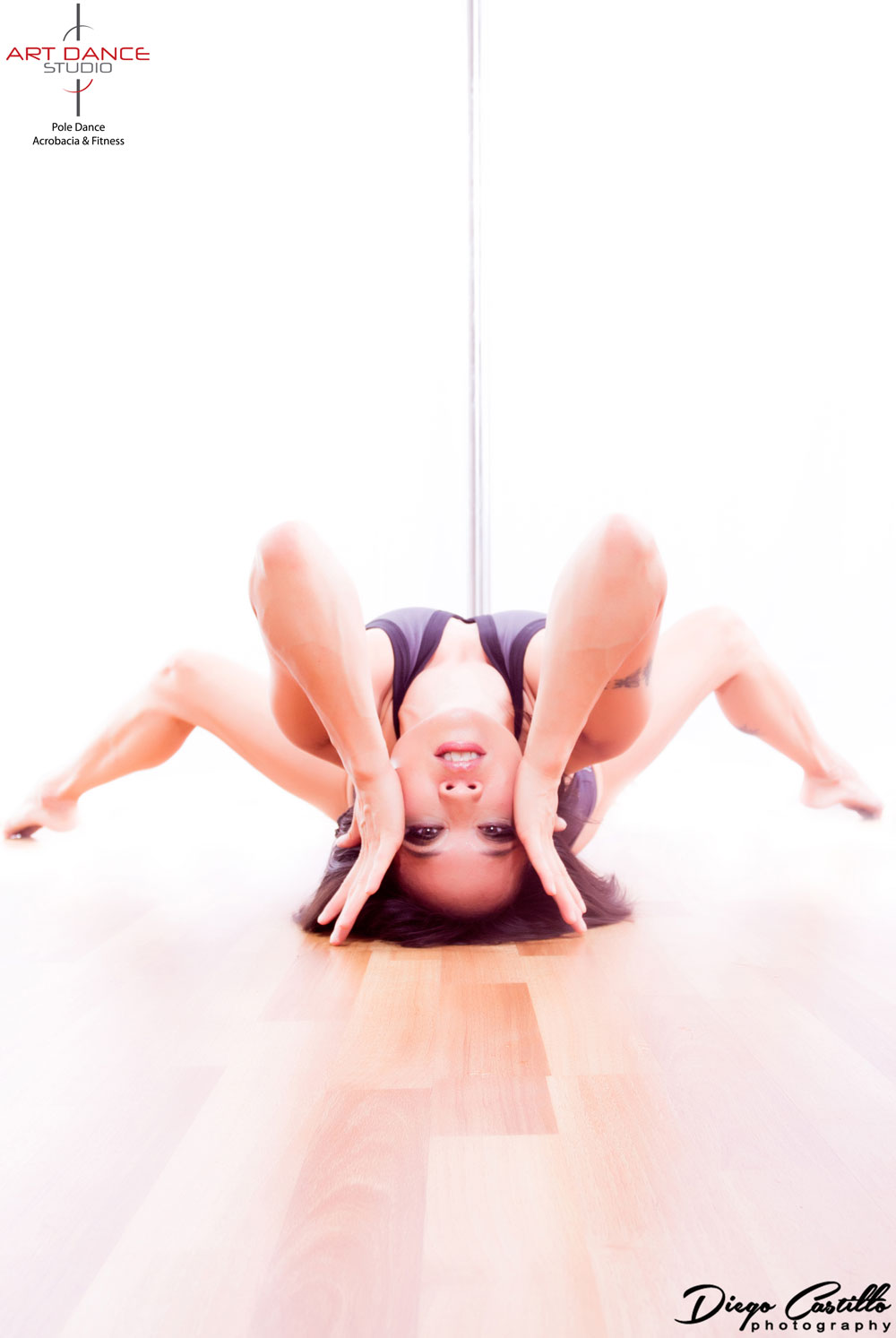
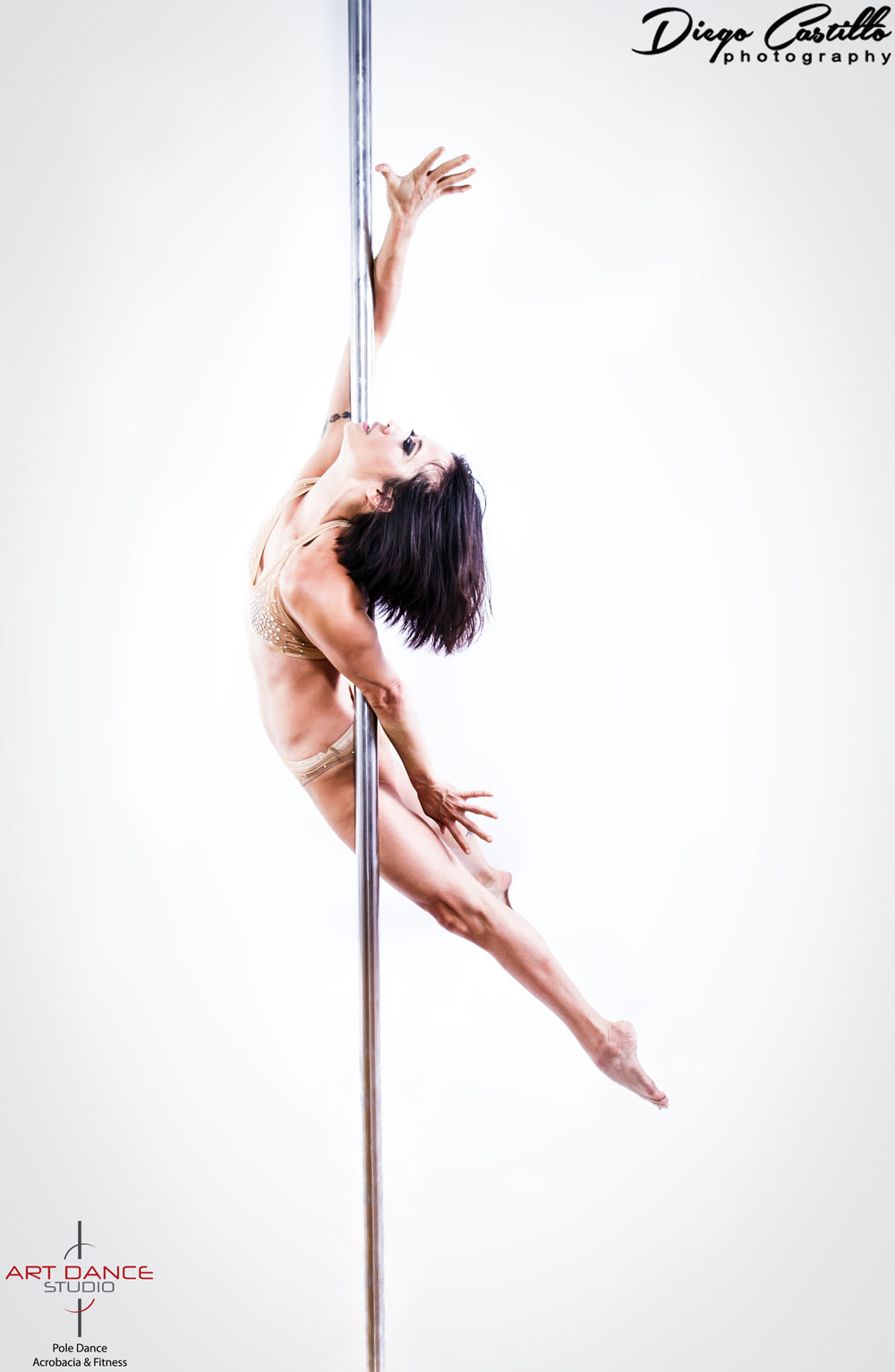

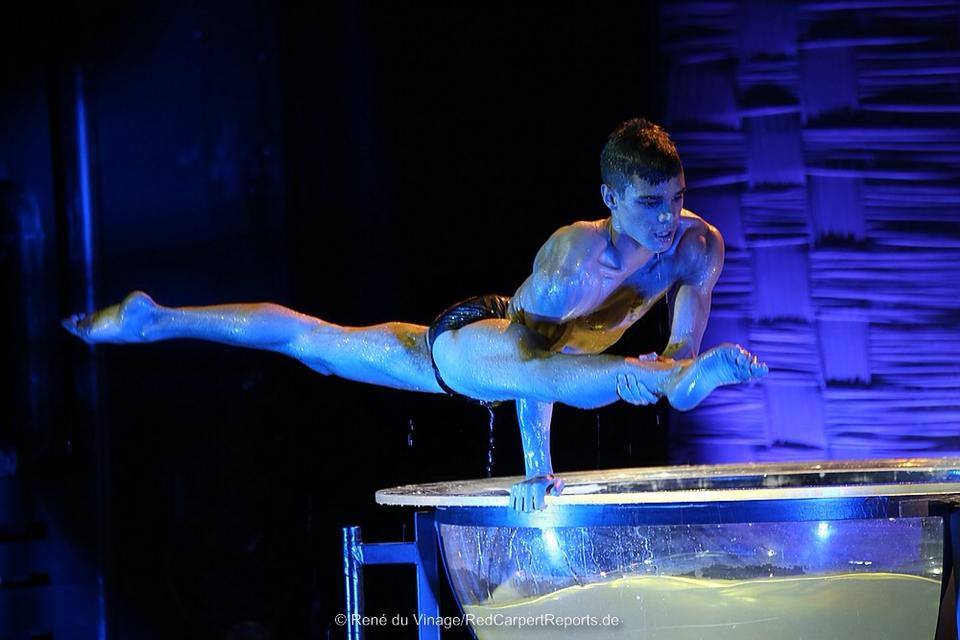



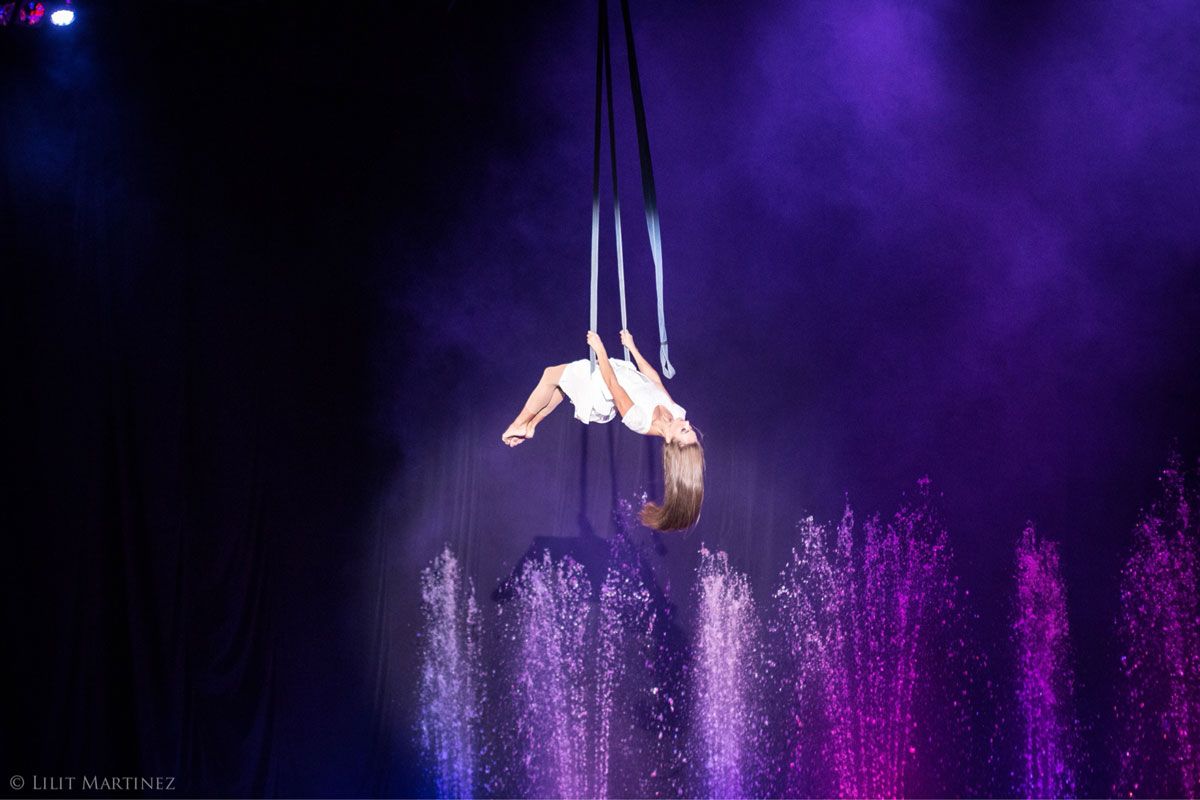


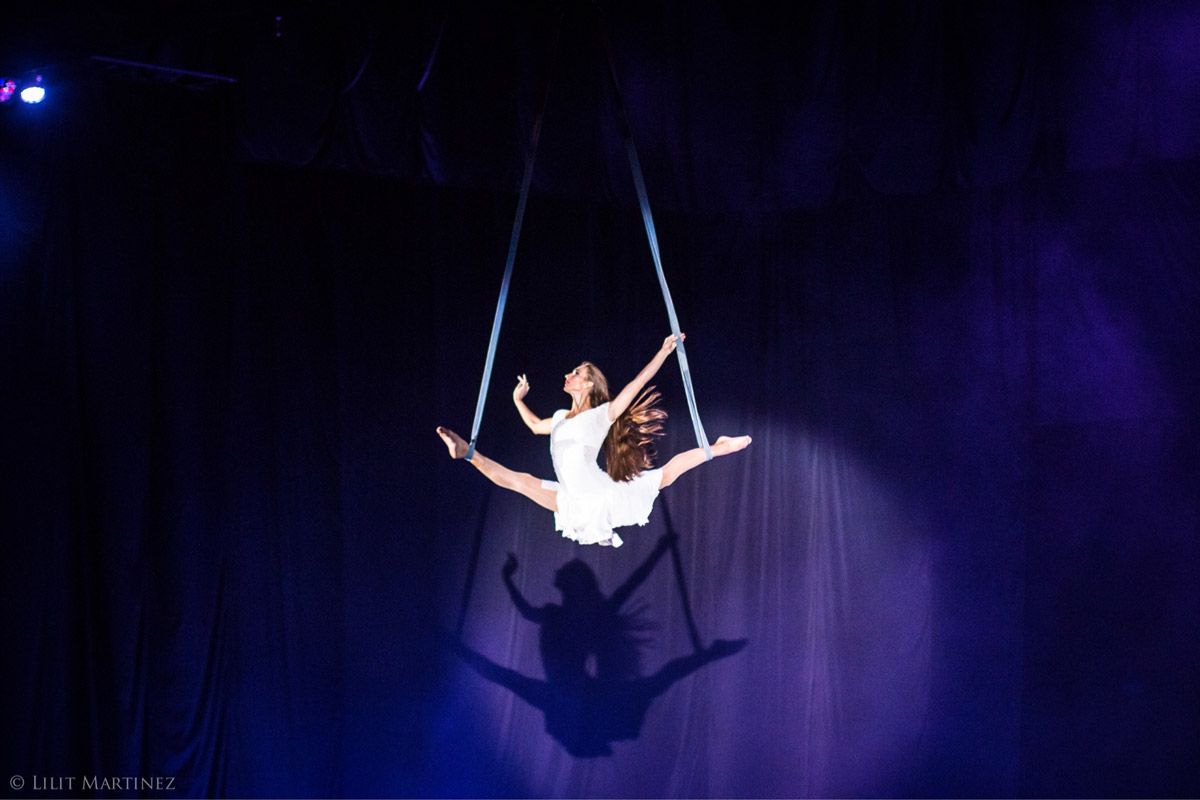
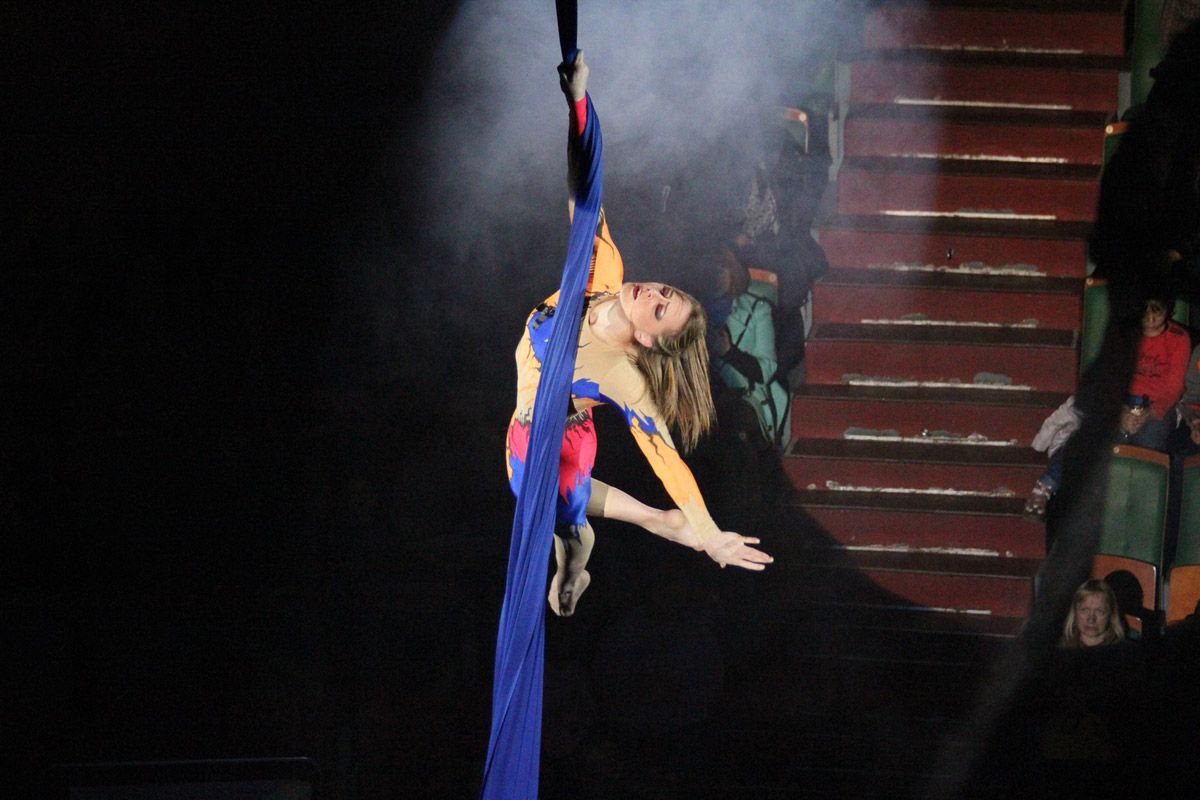
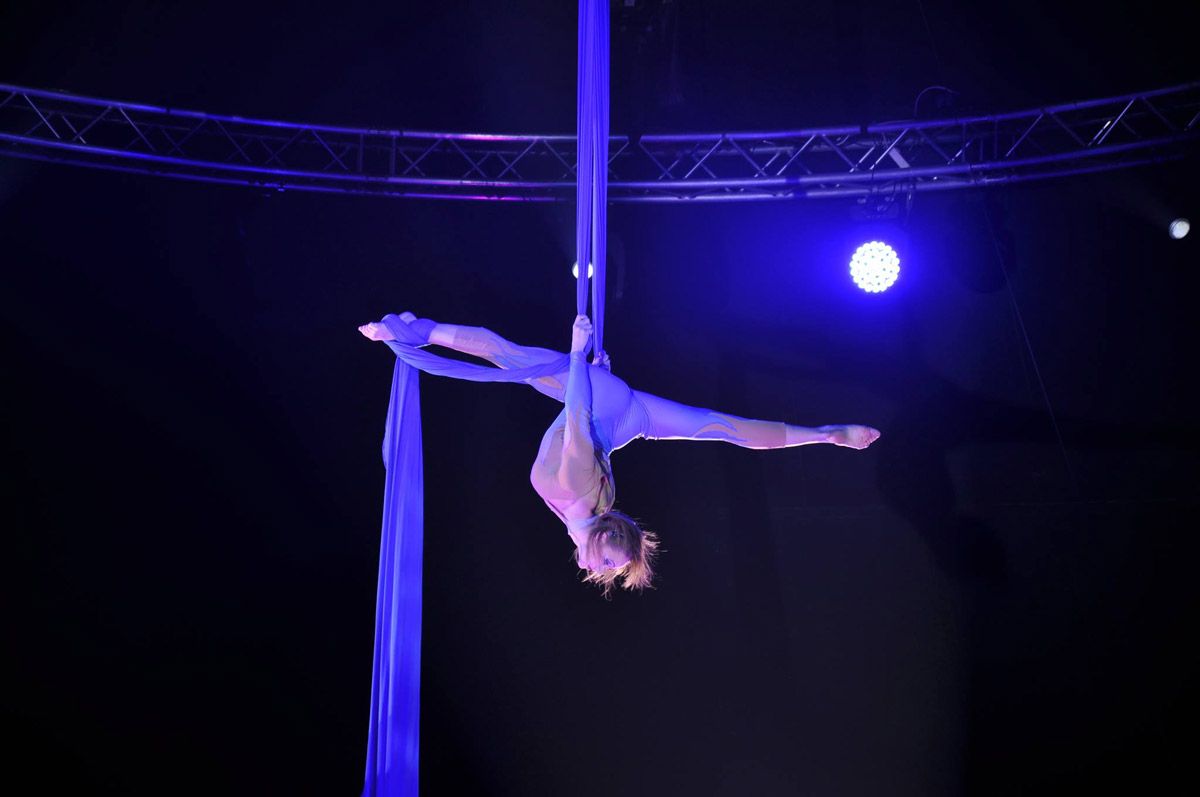
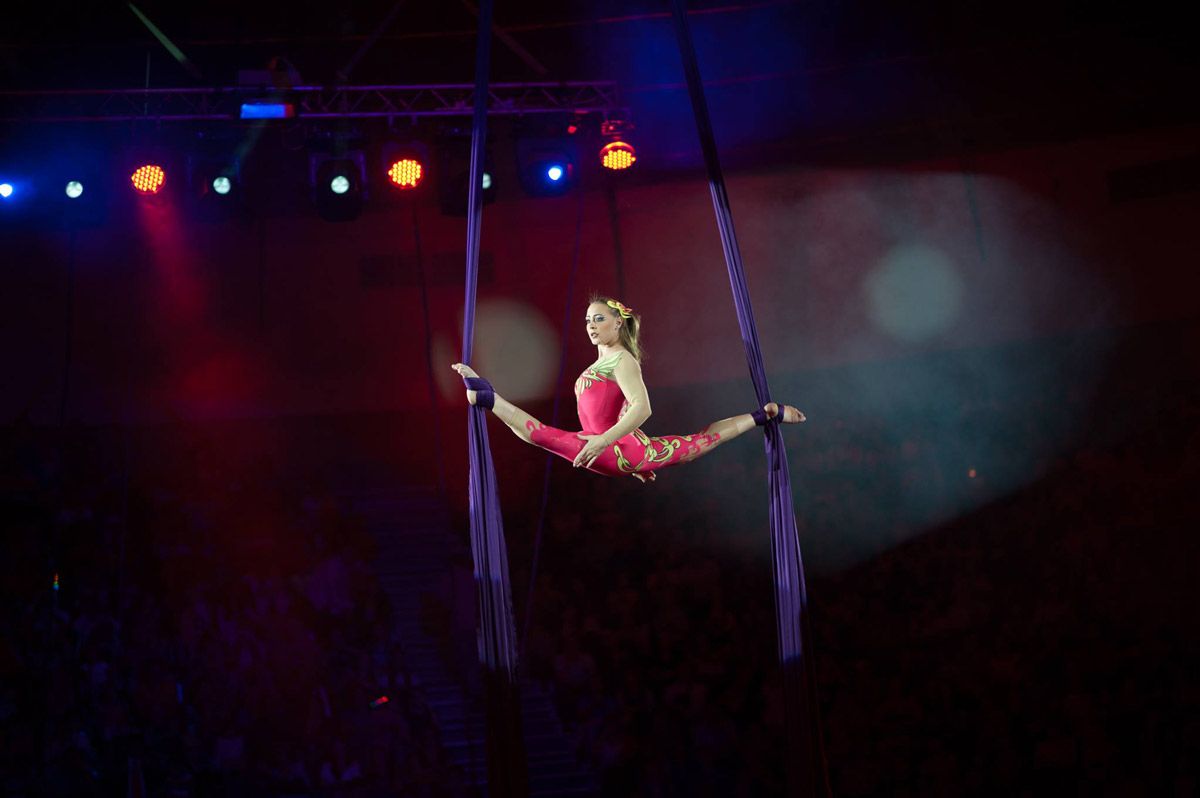
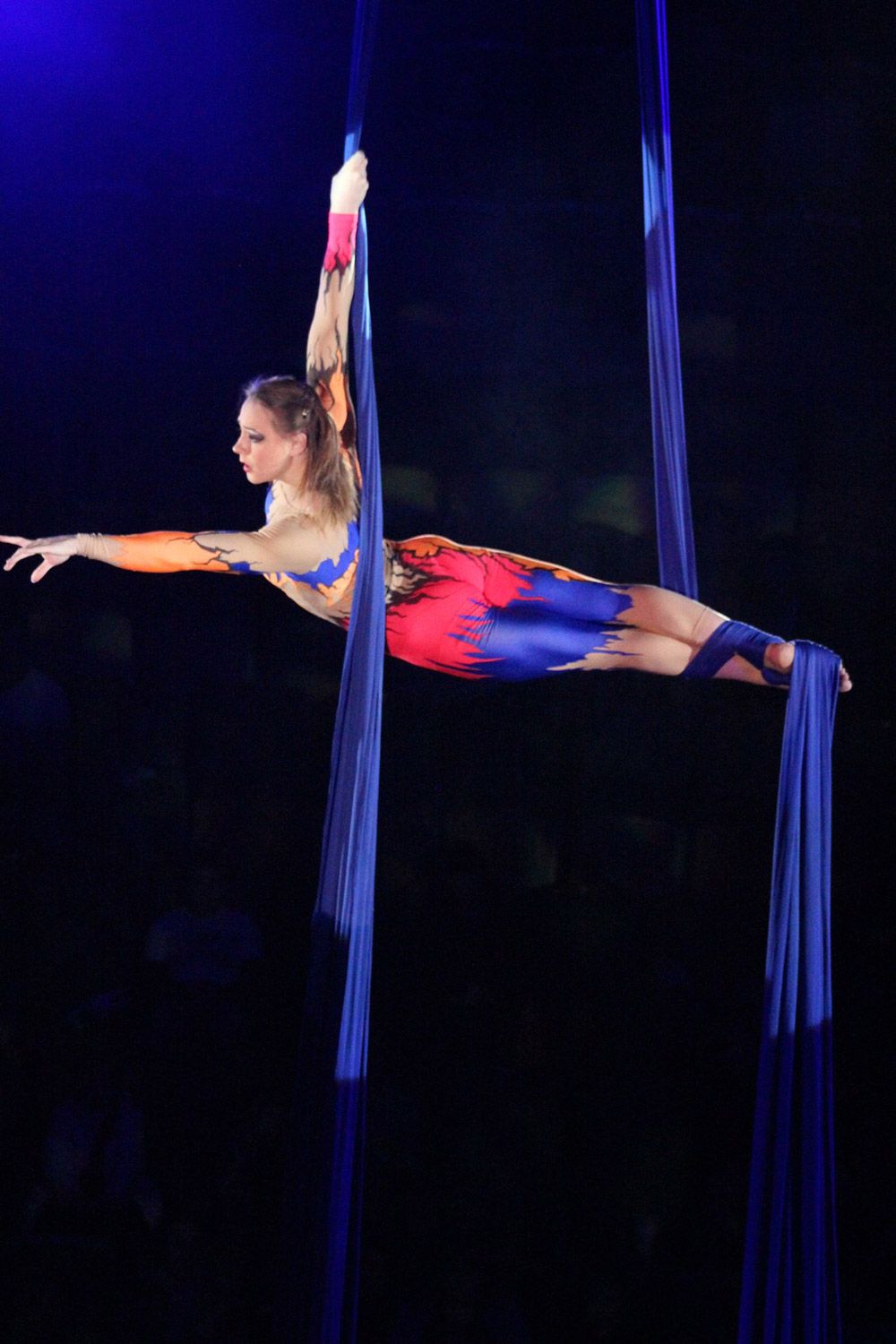
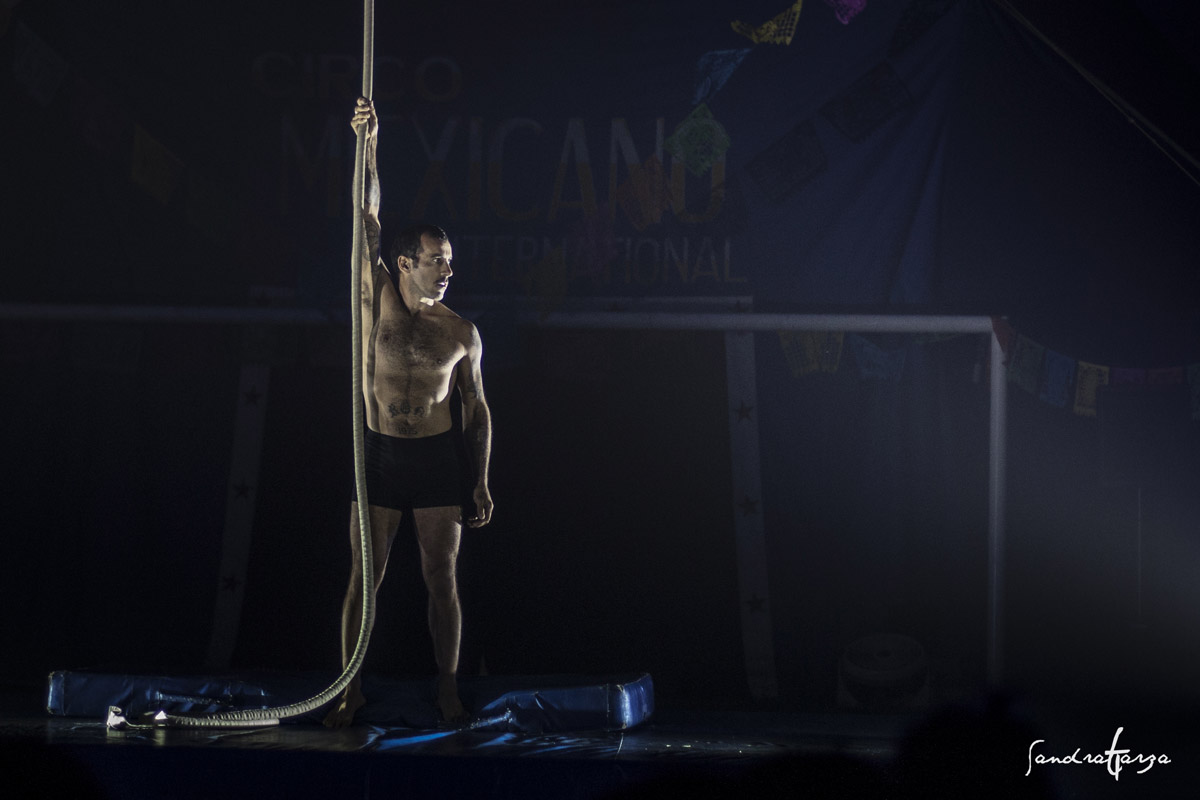
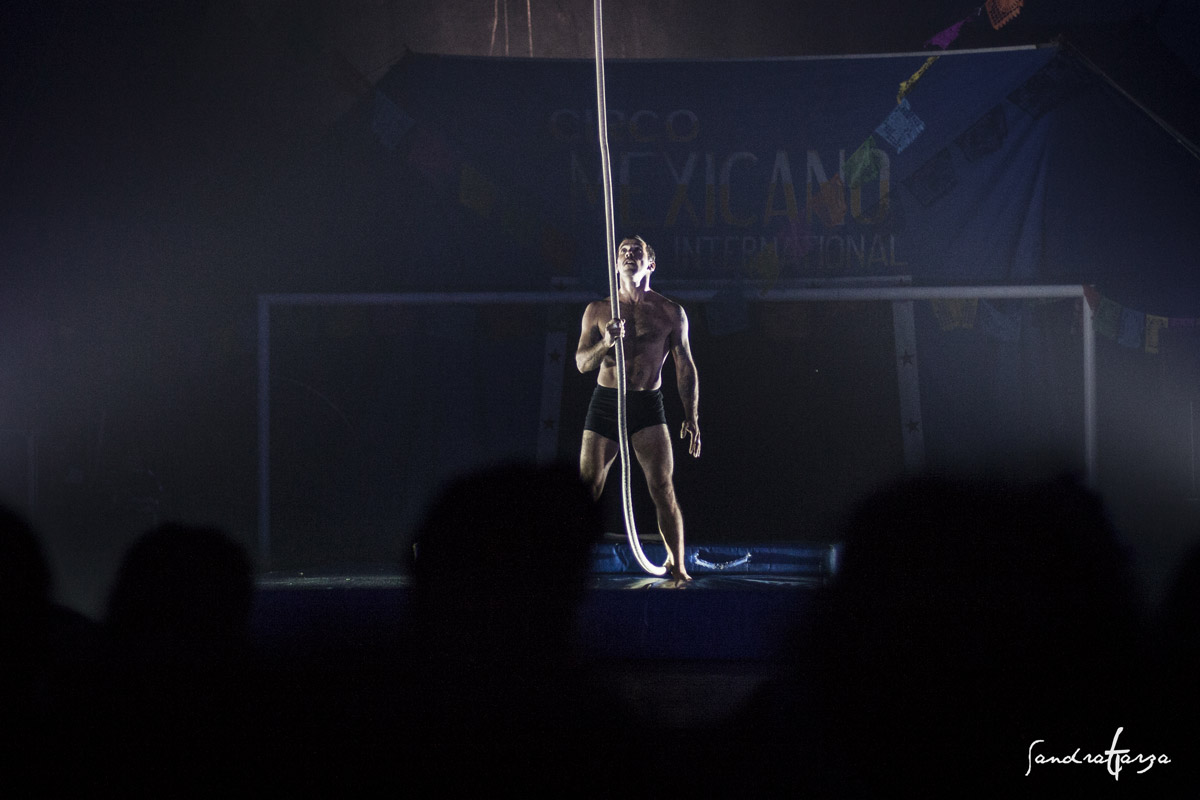

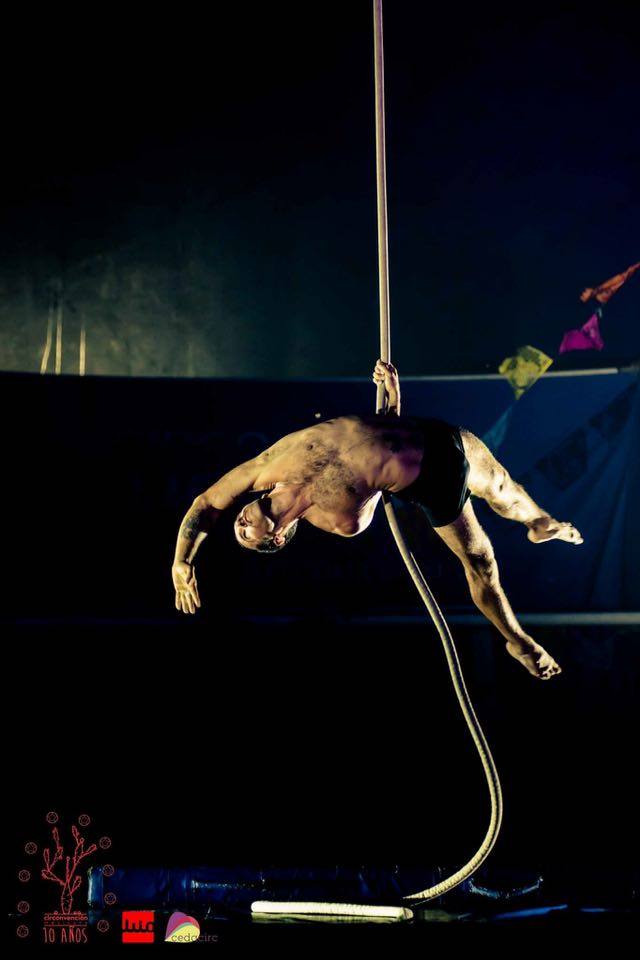

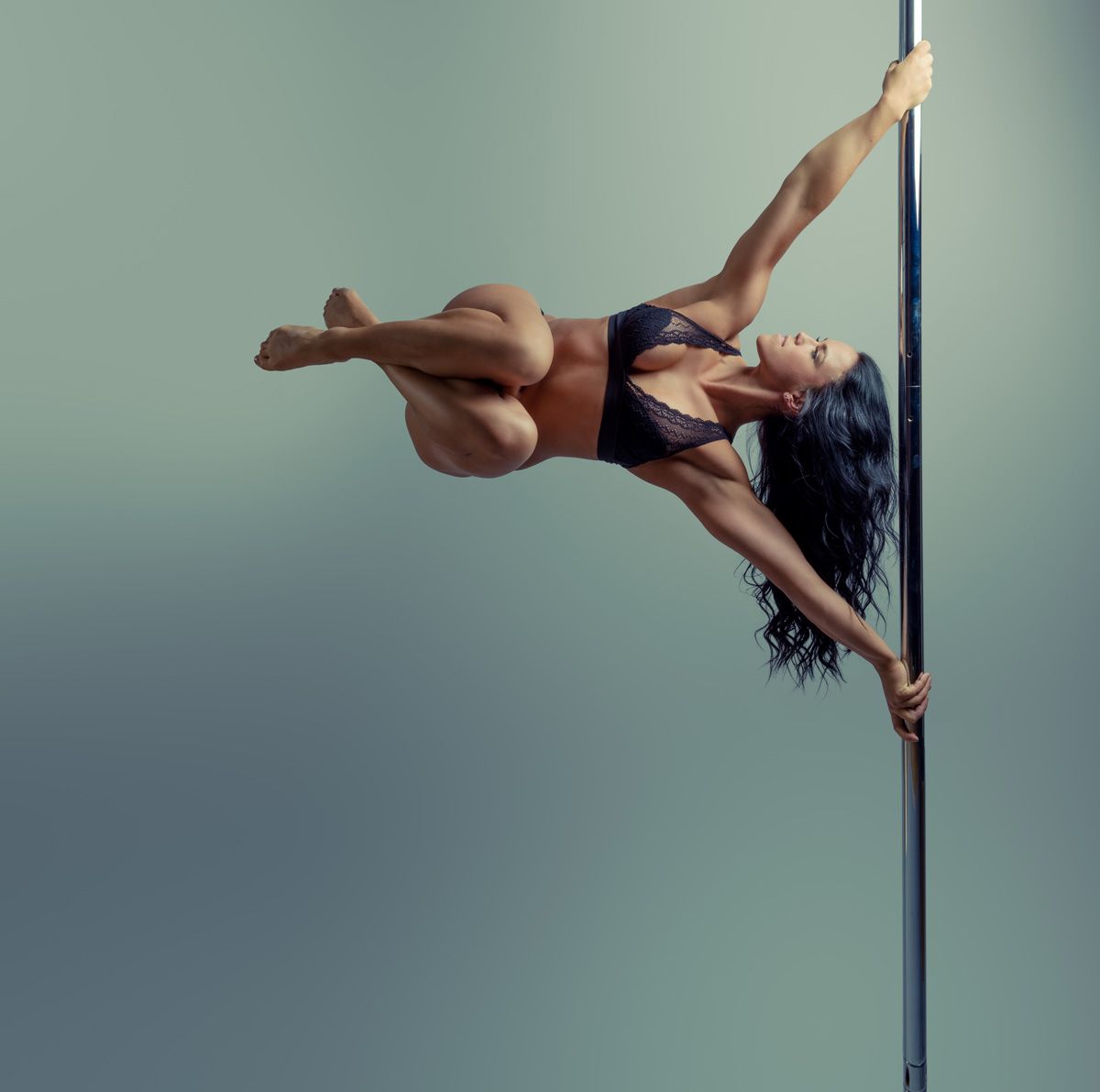
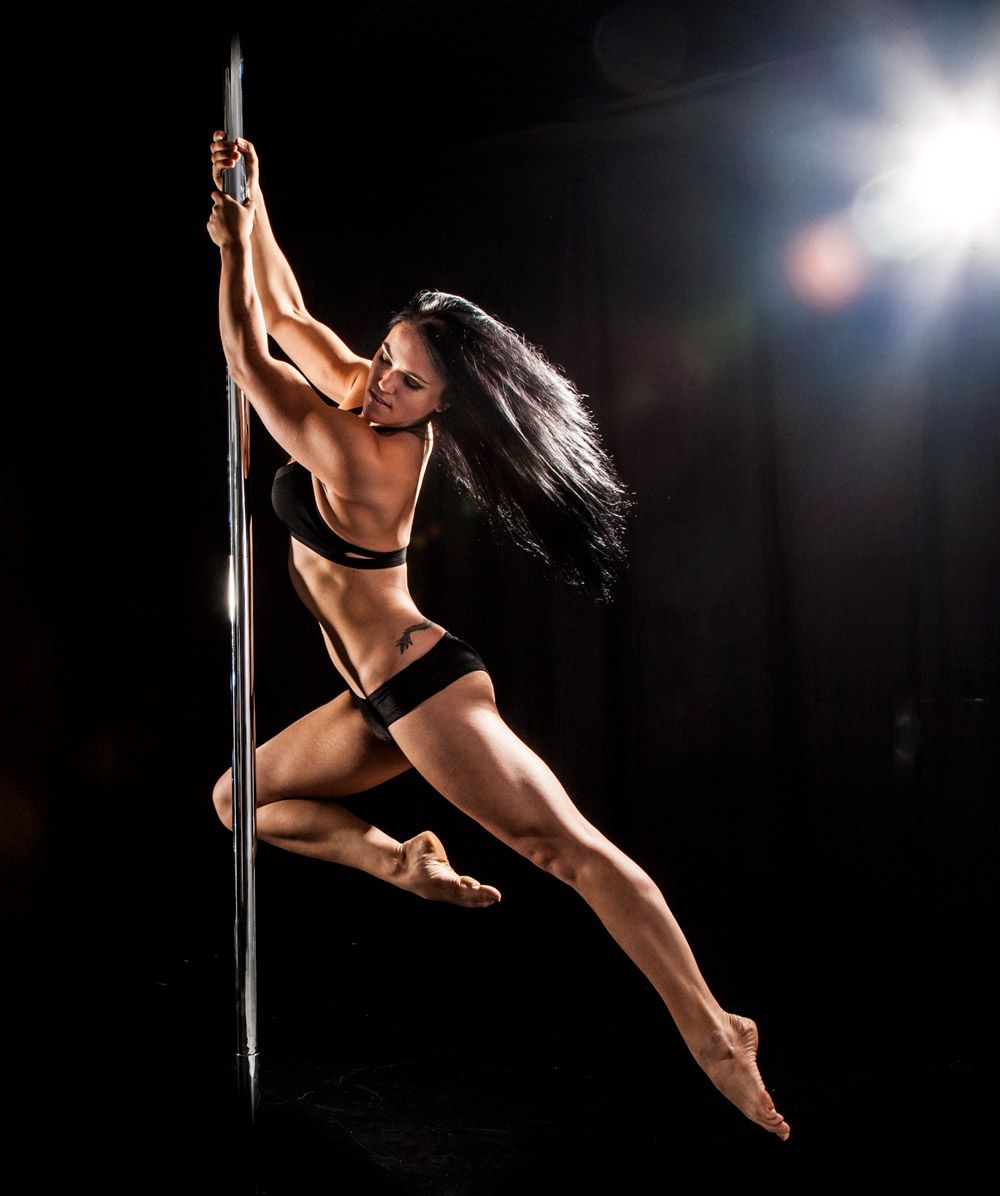
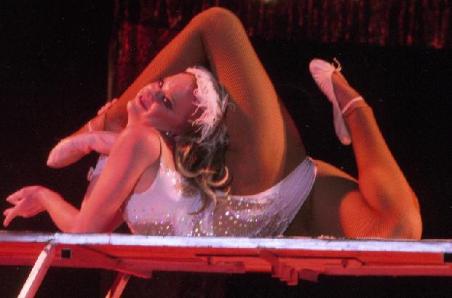
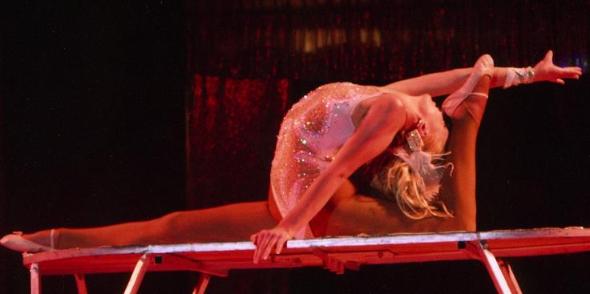

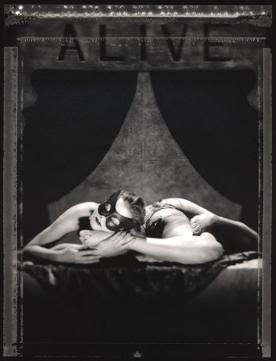


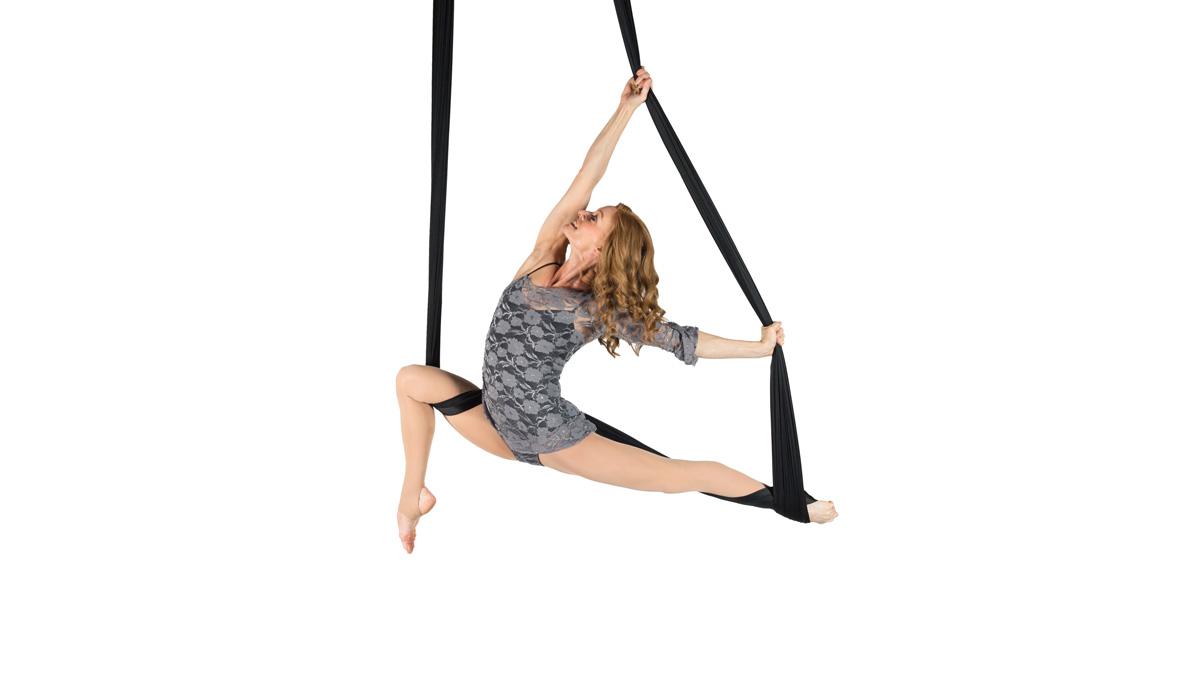
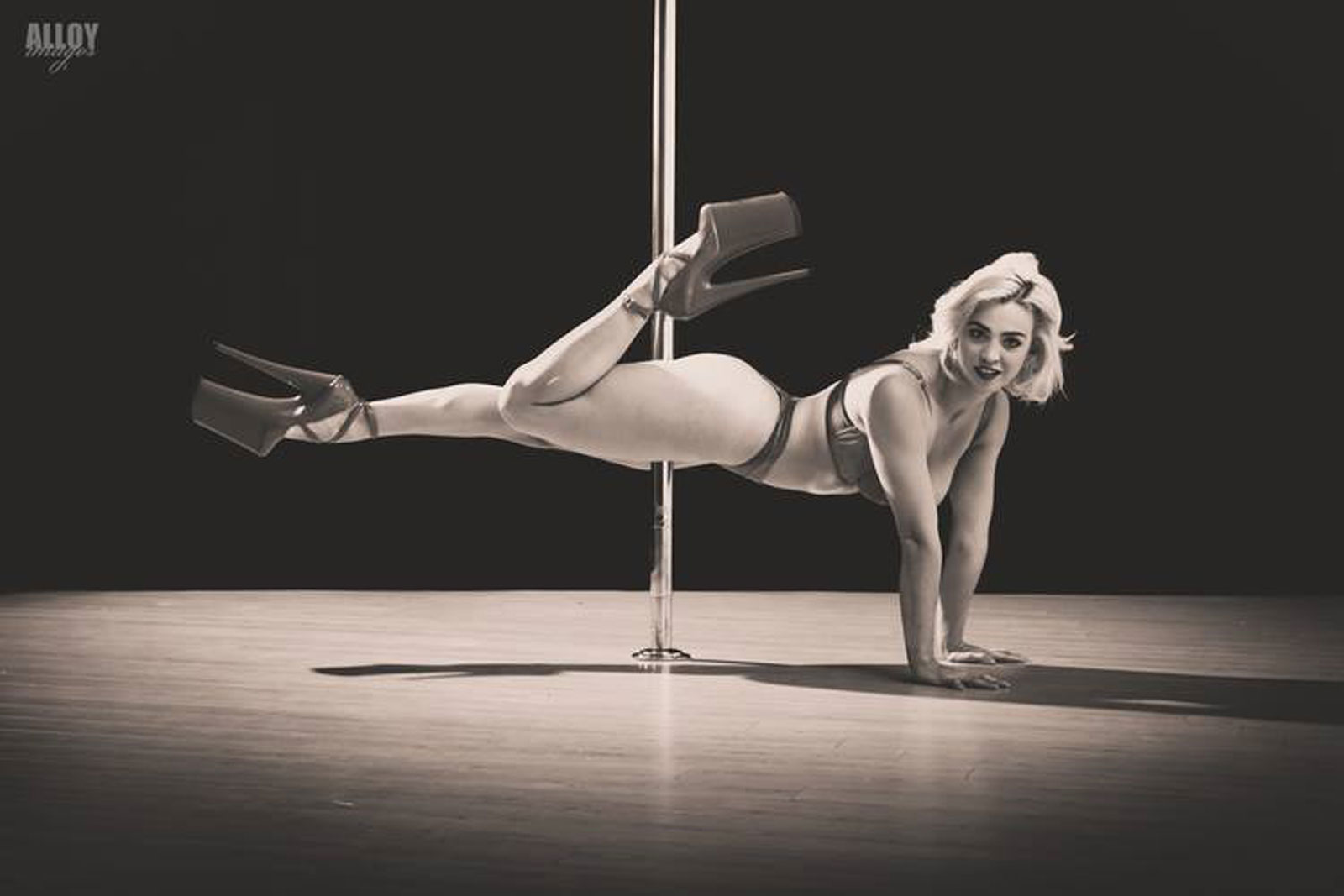 Jordan´s awards
Jordan´s awards